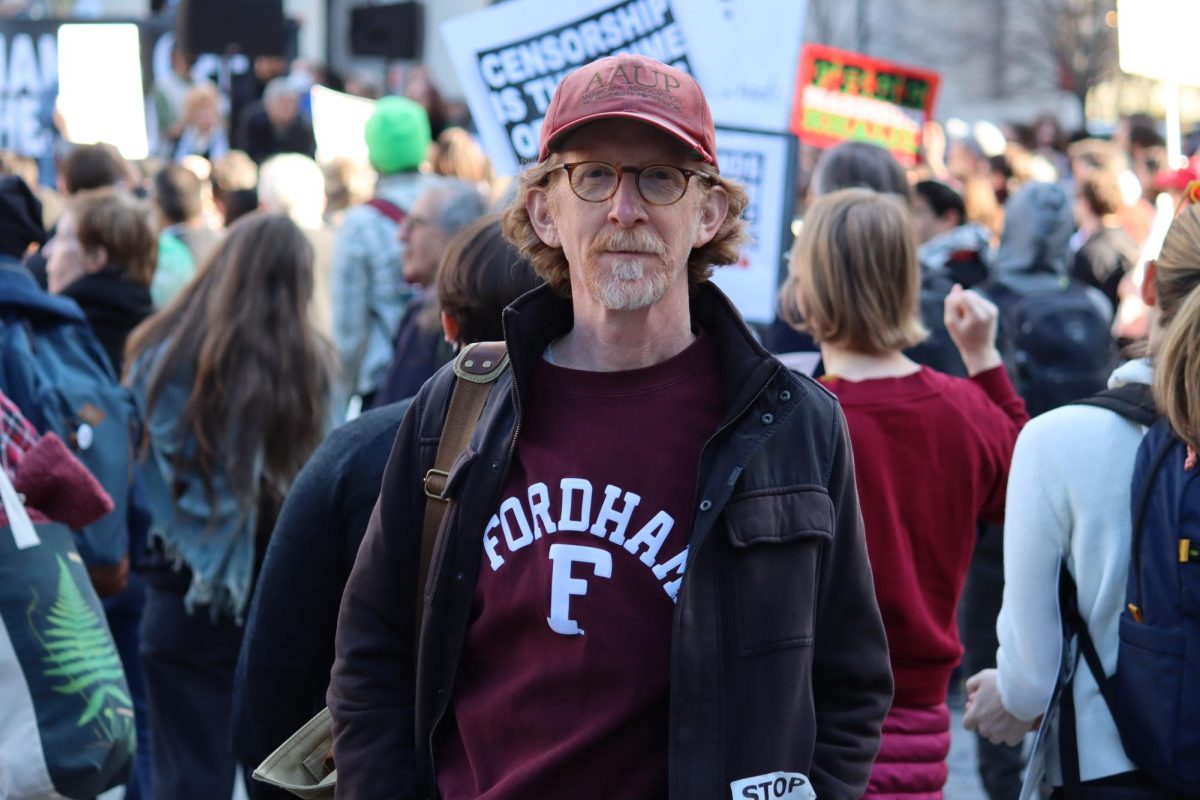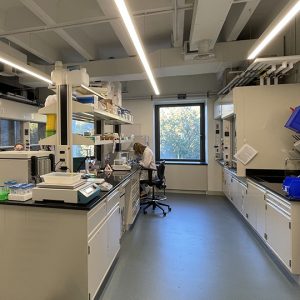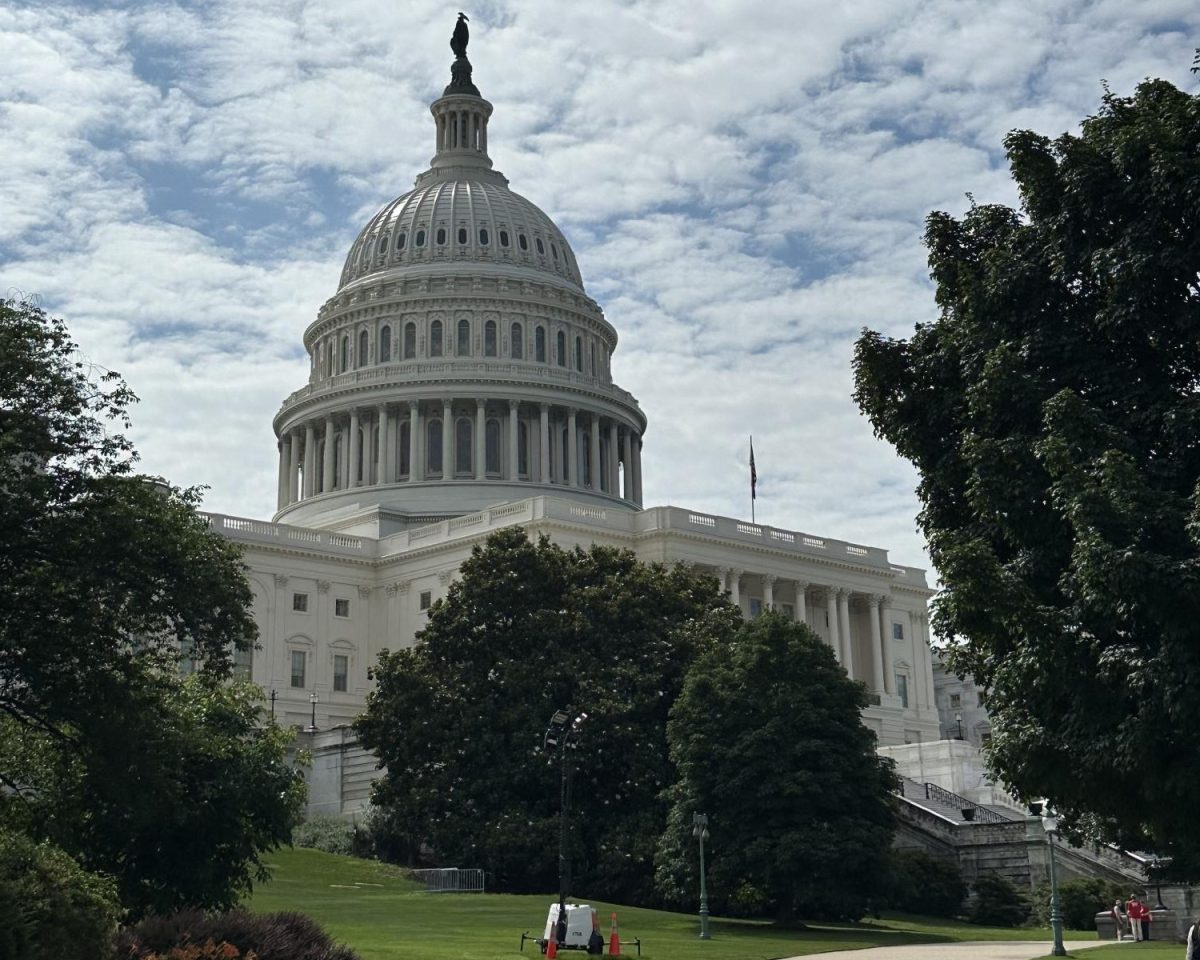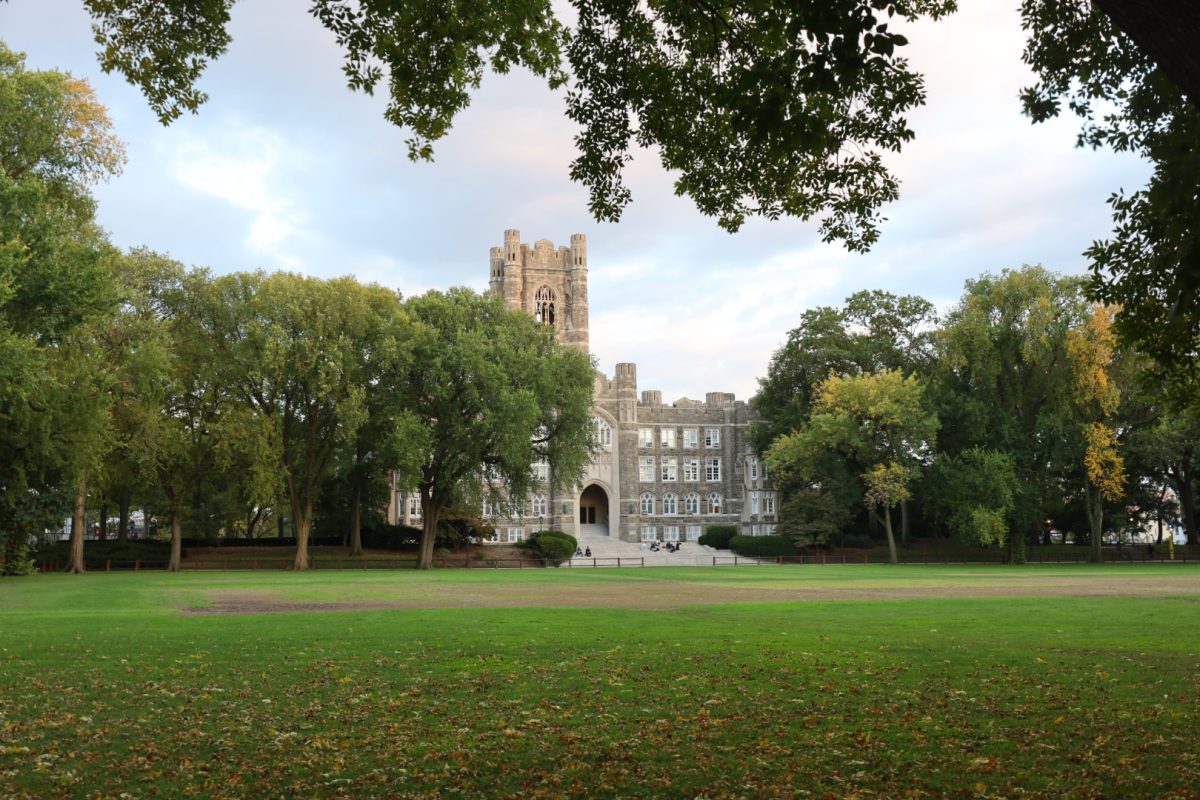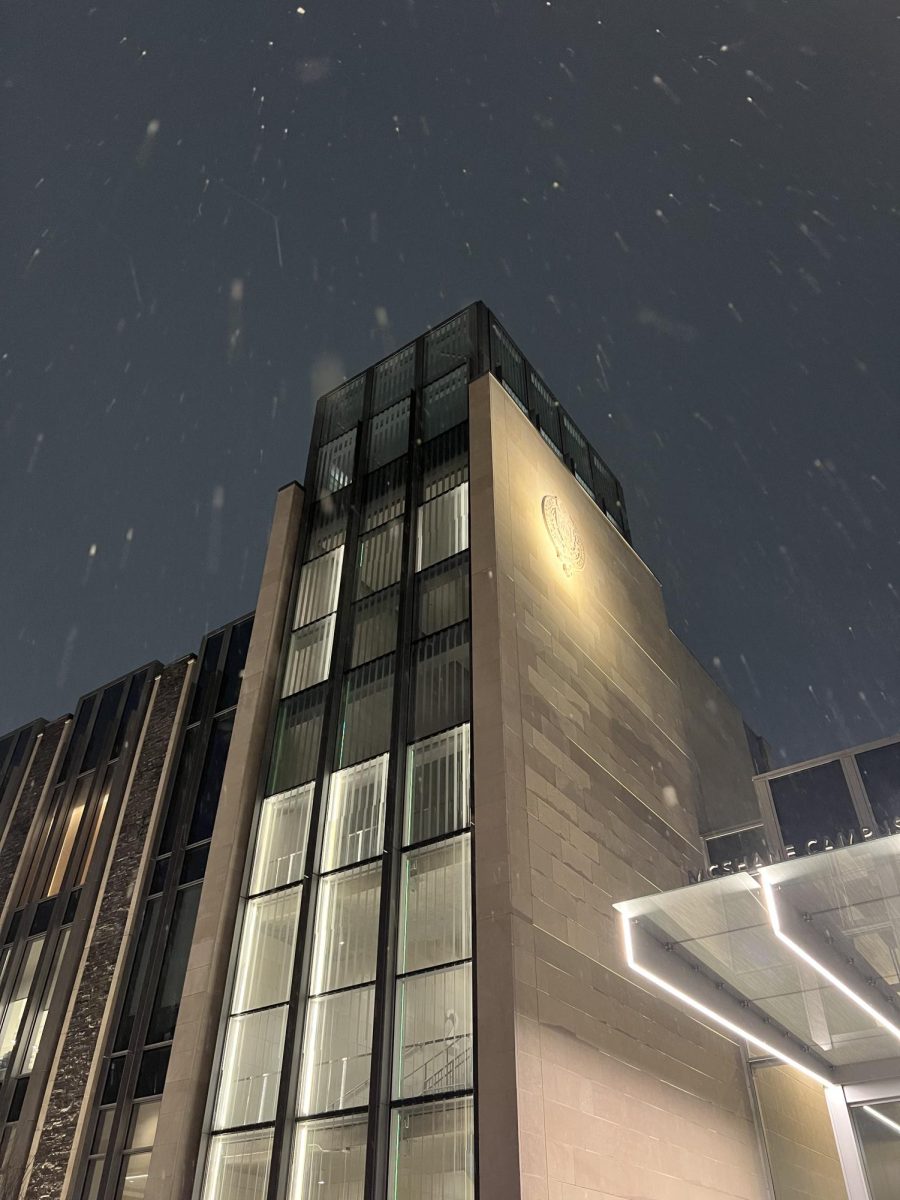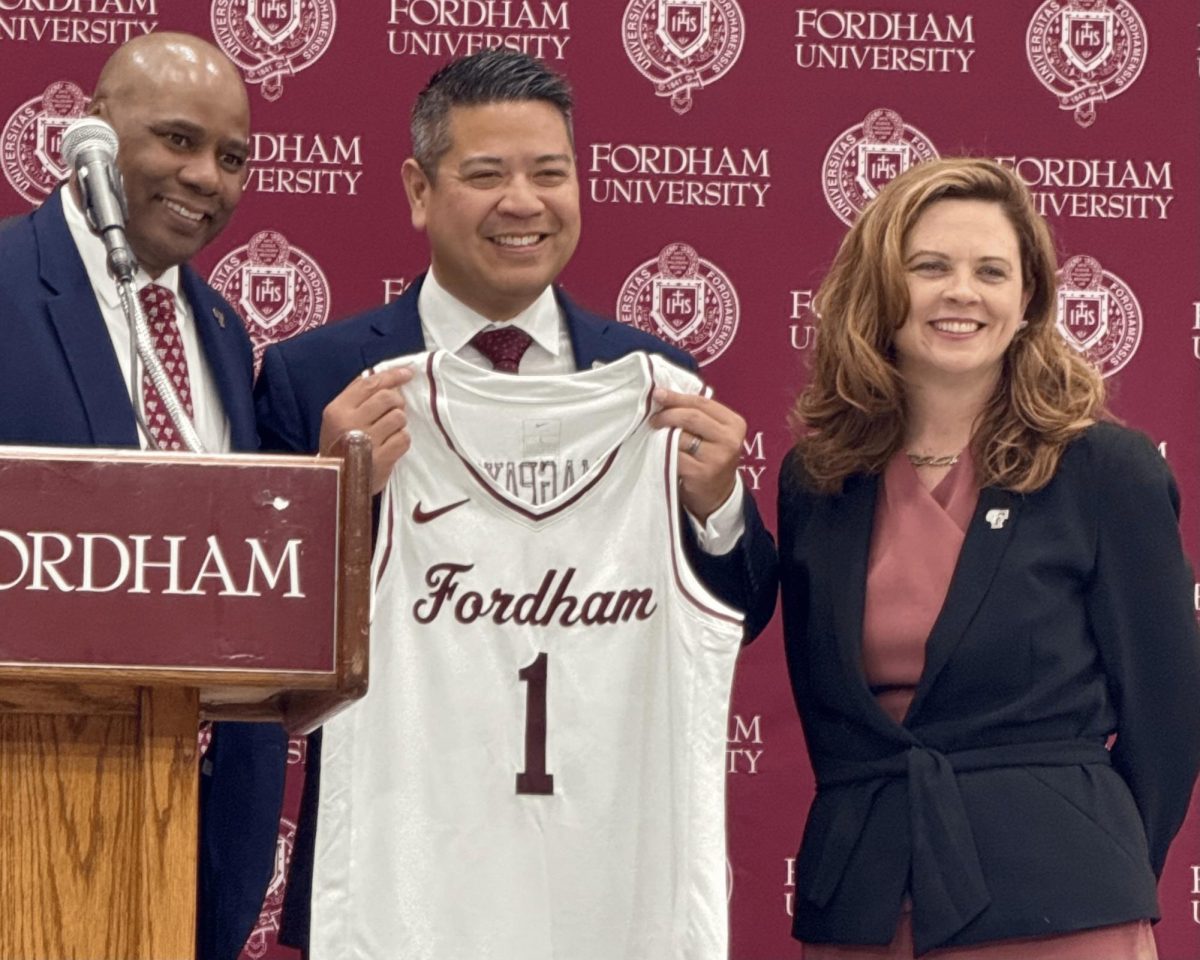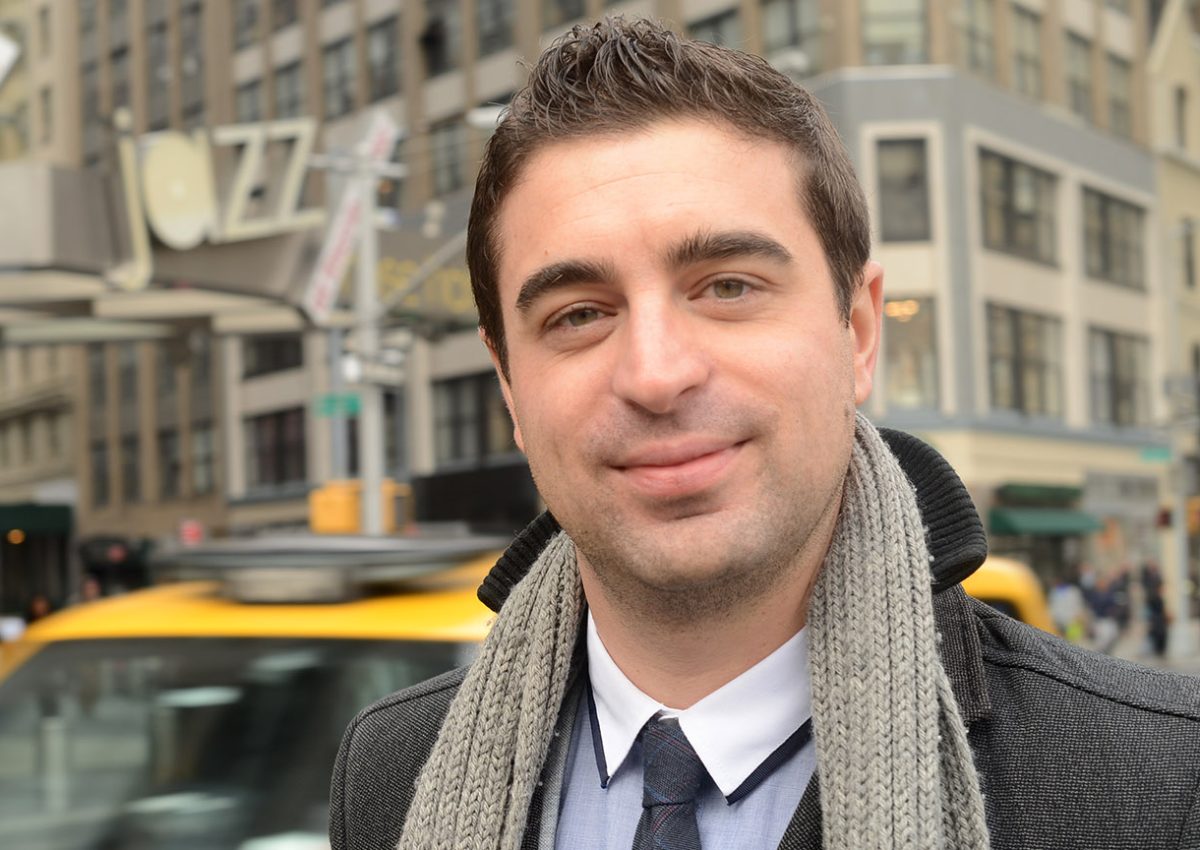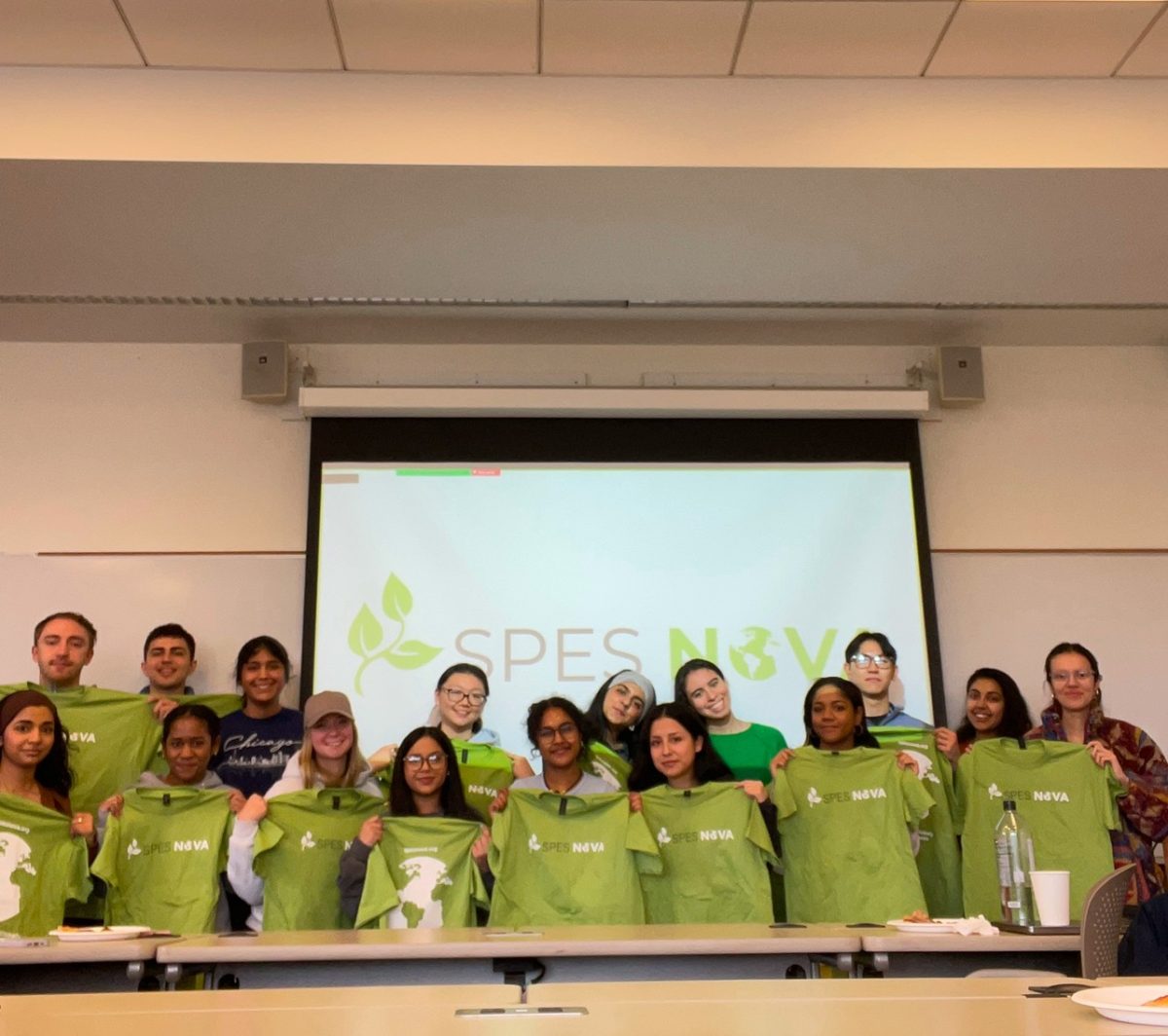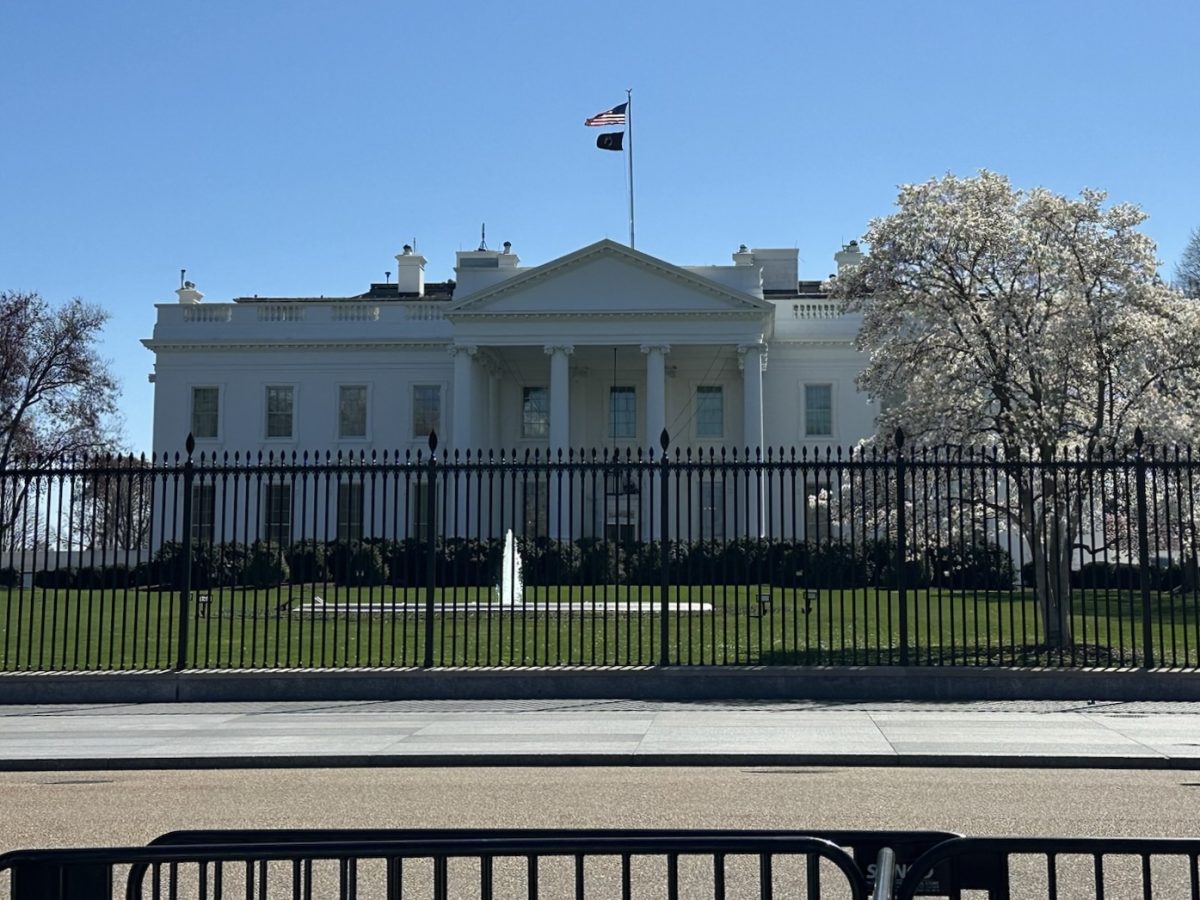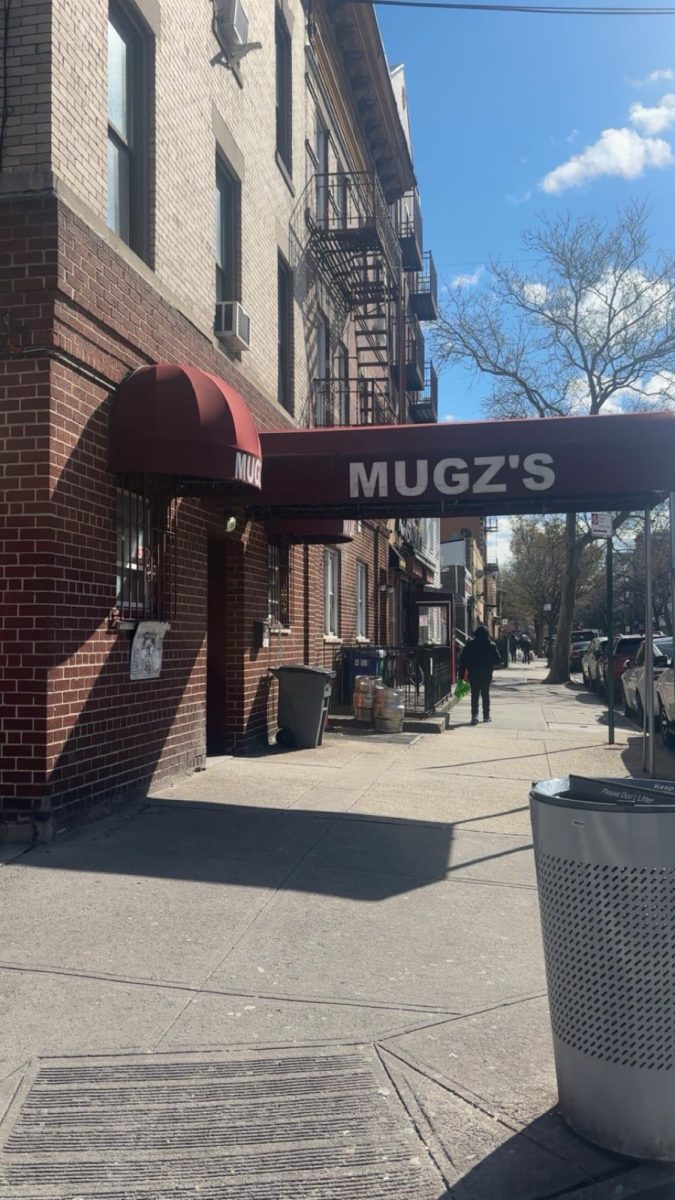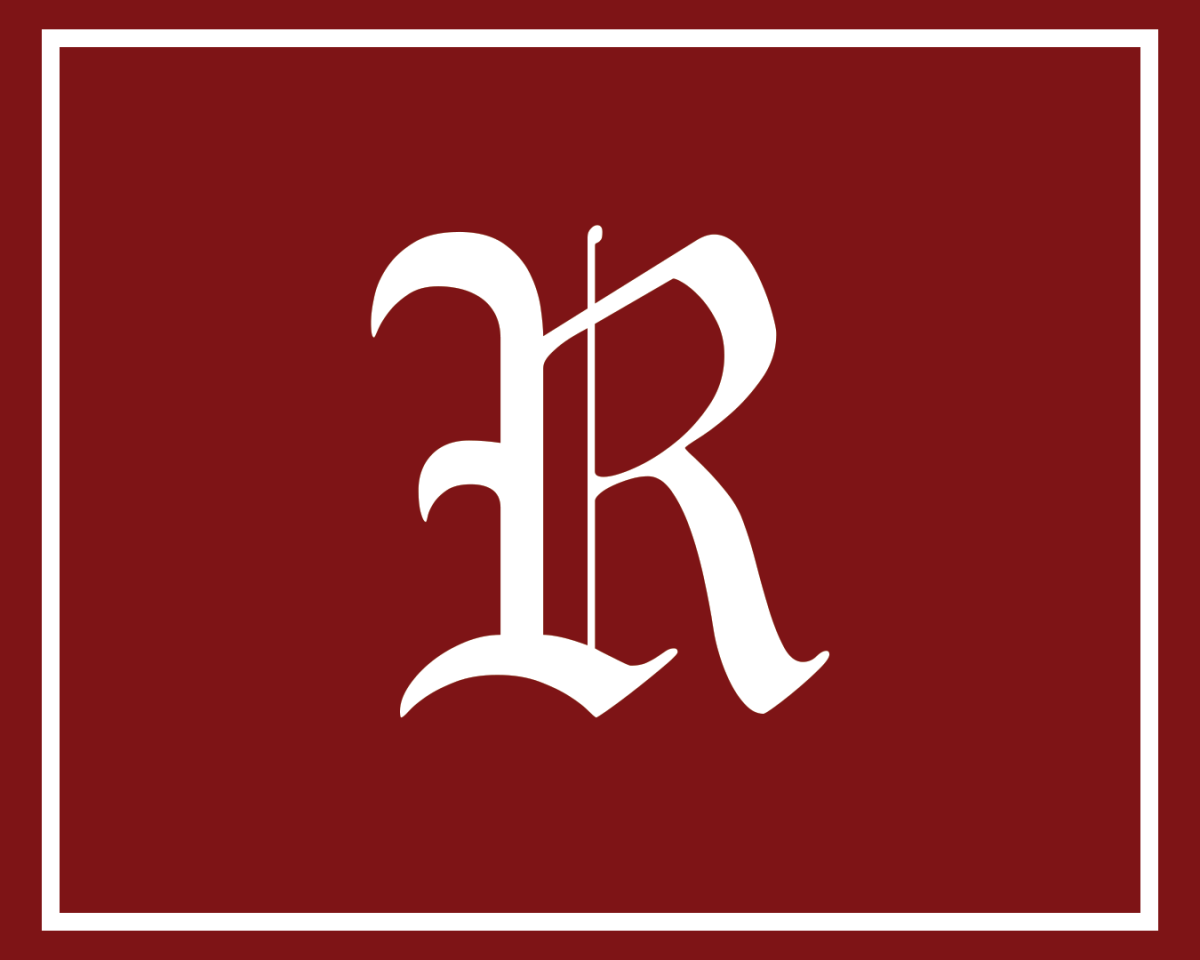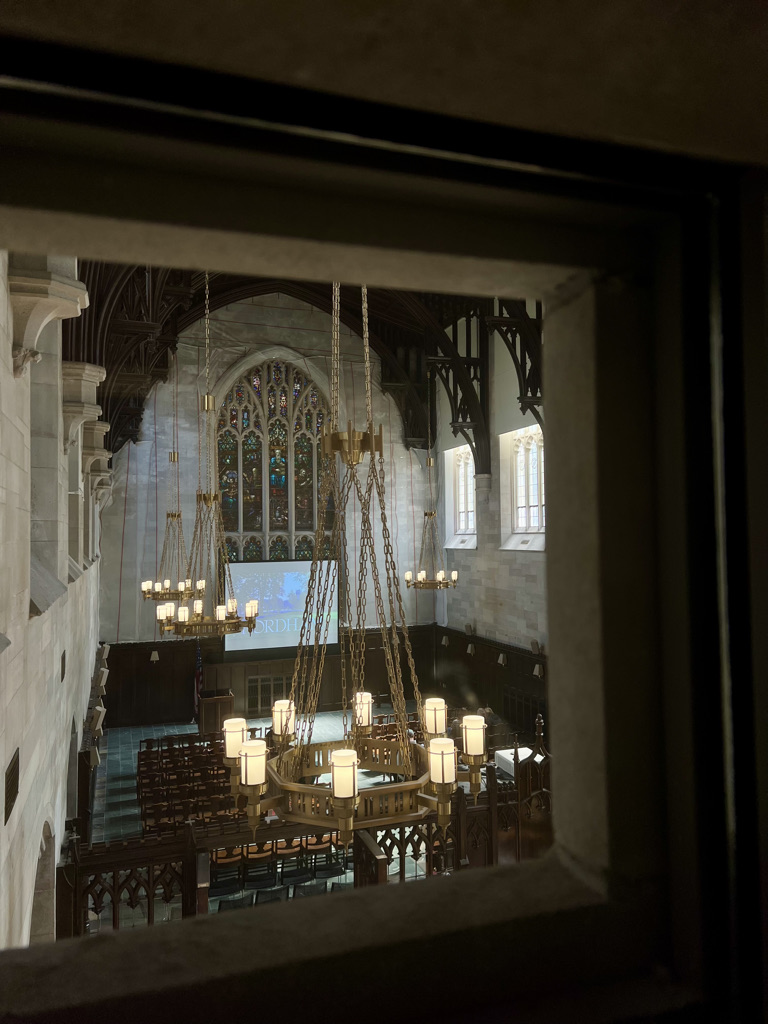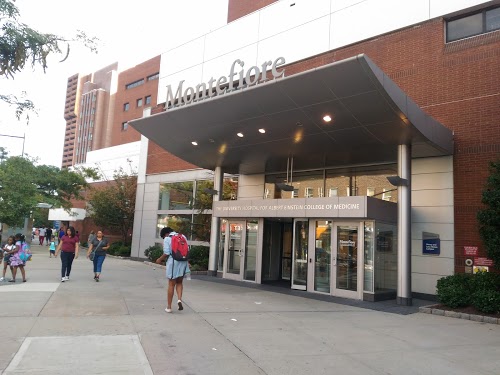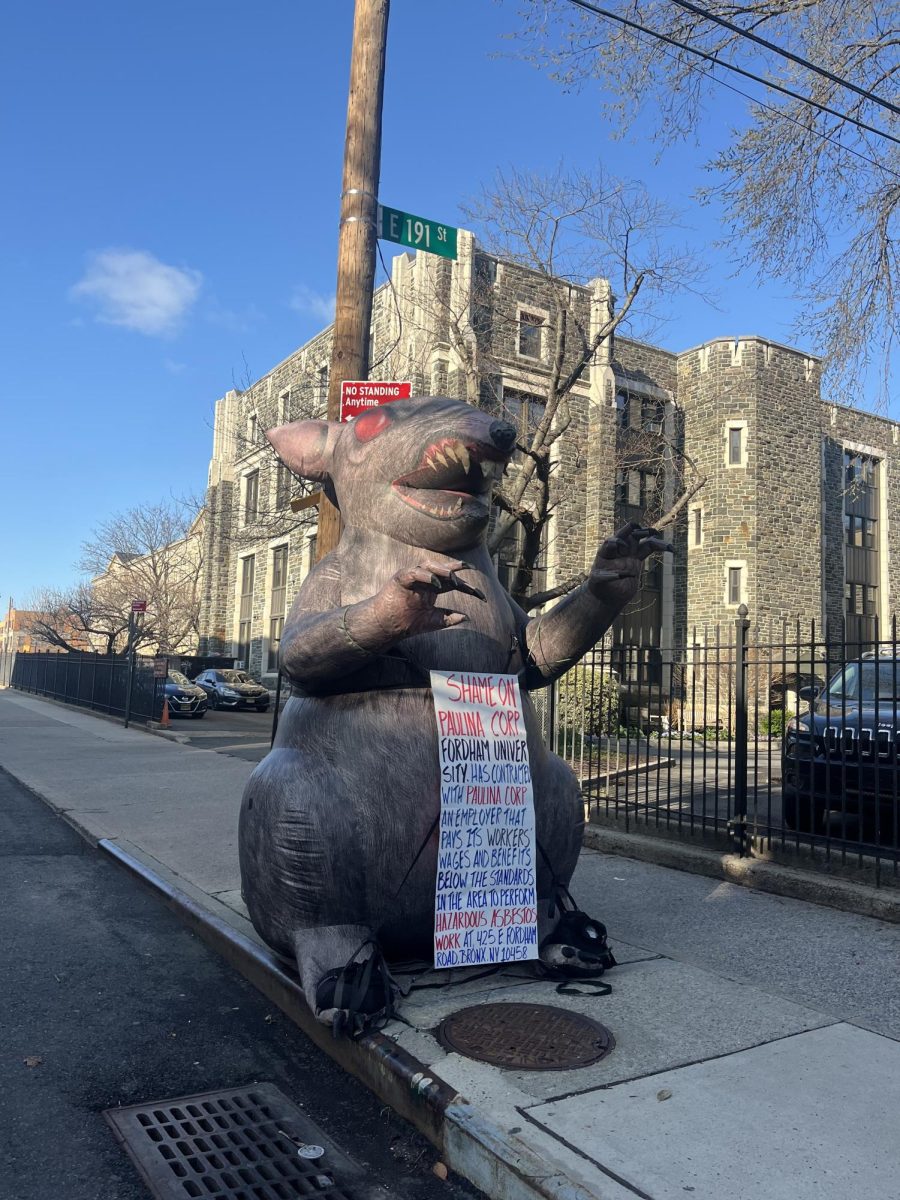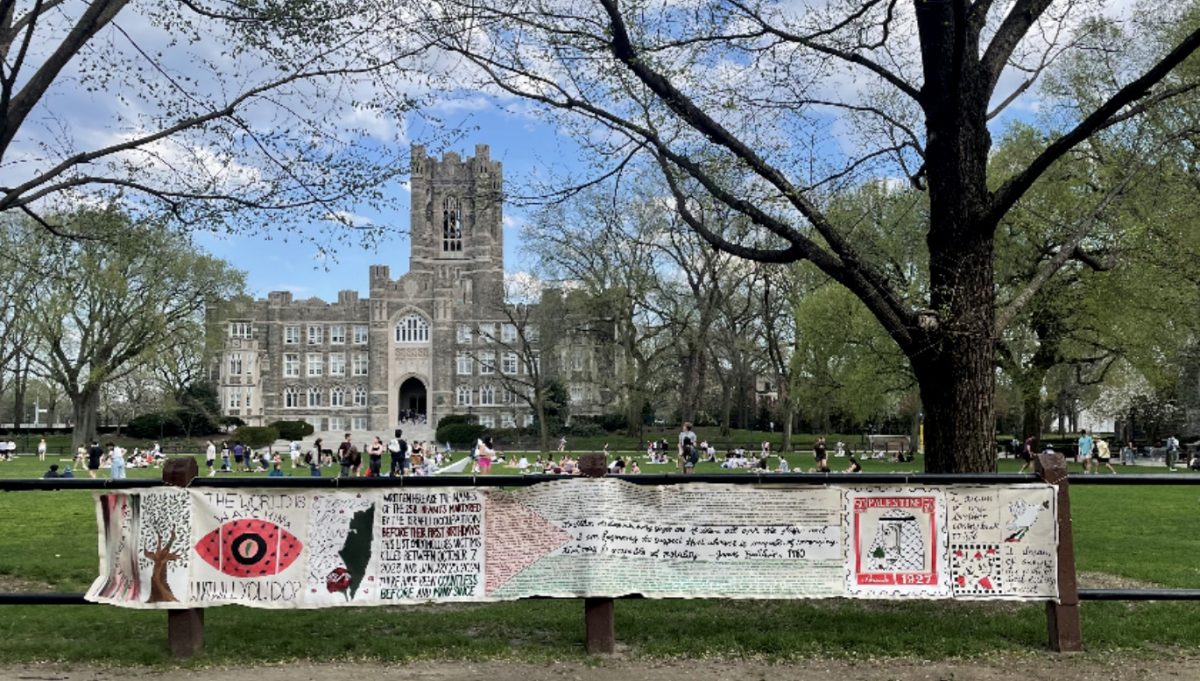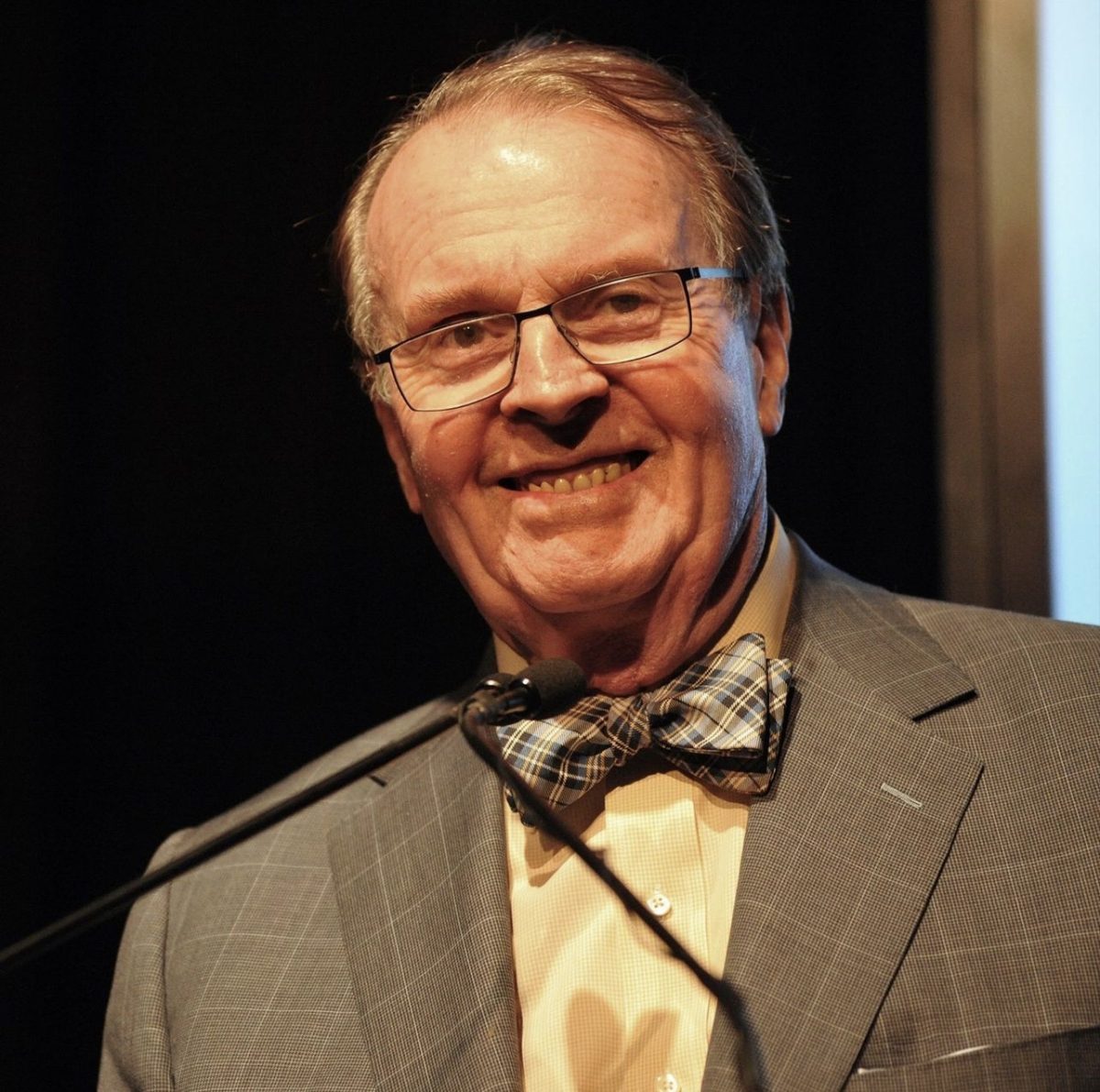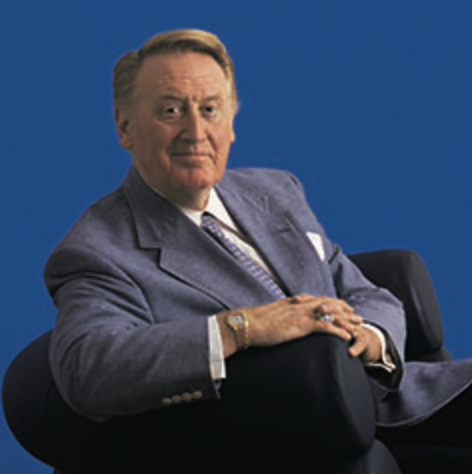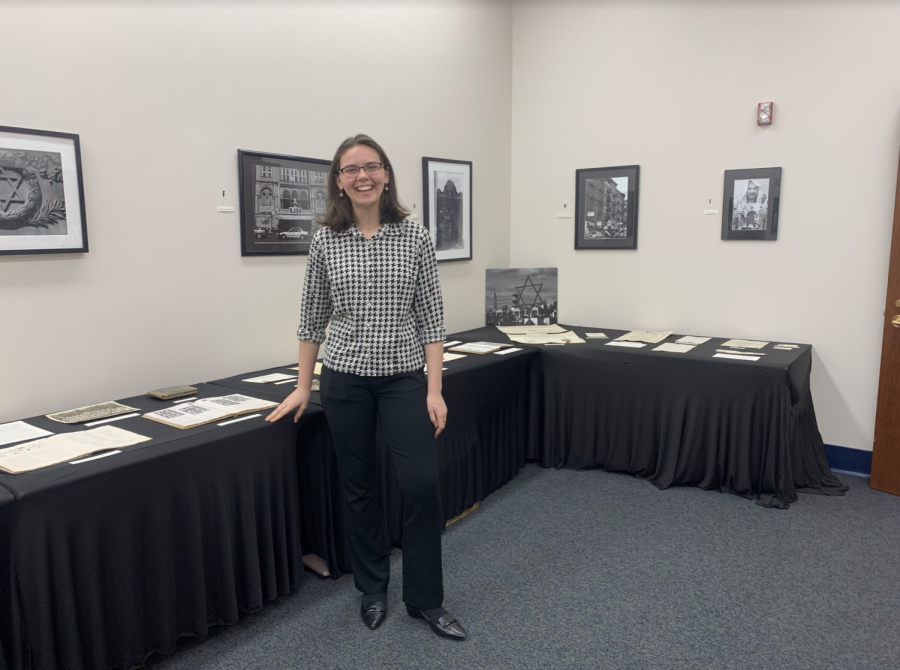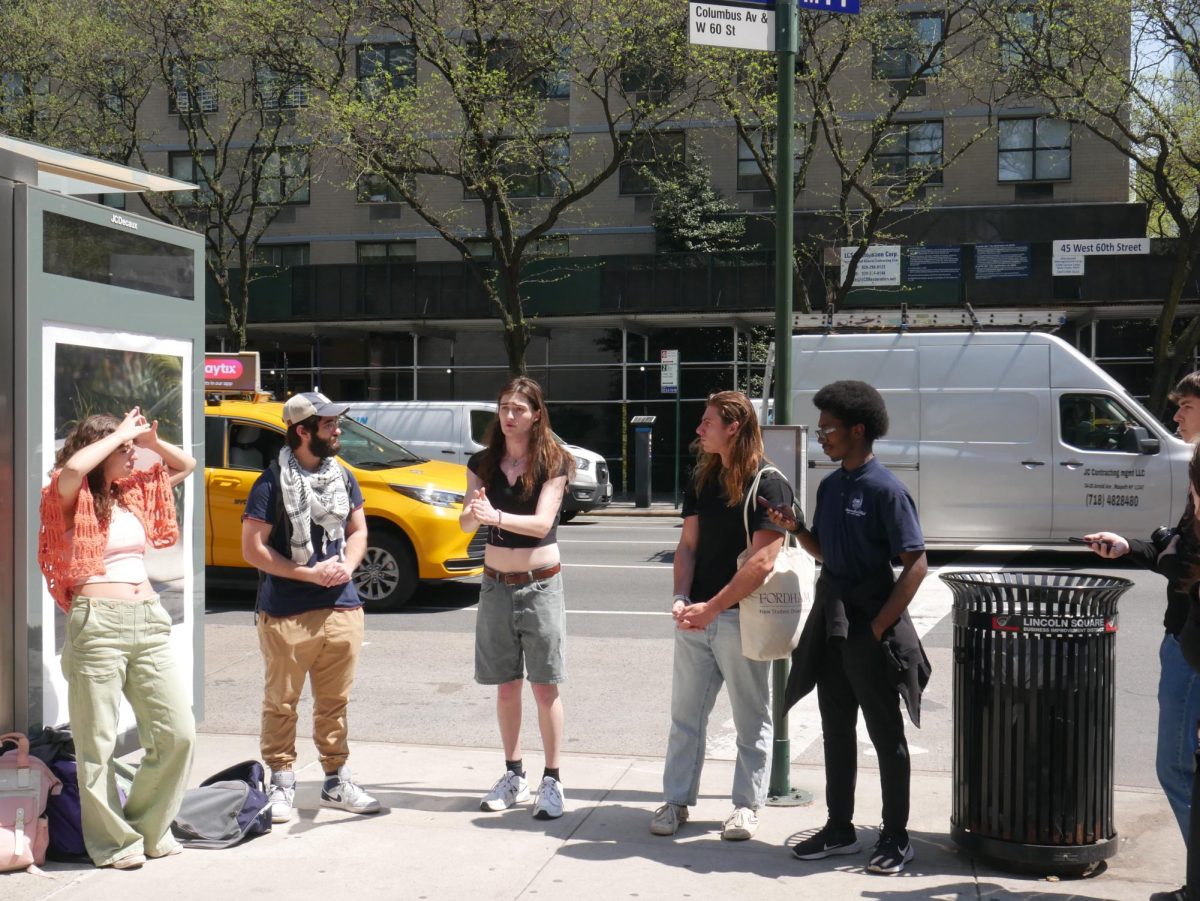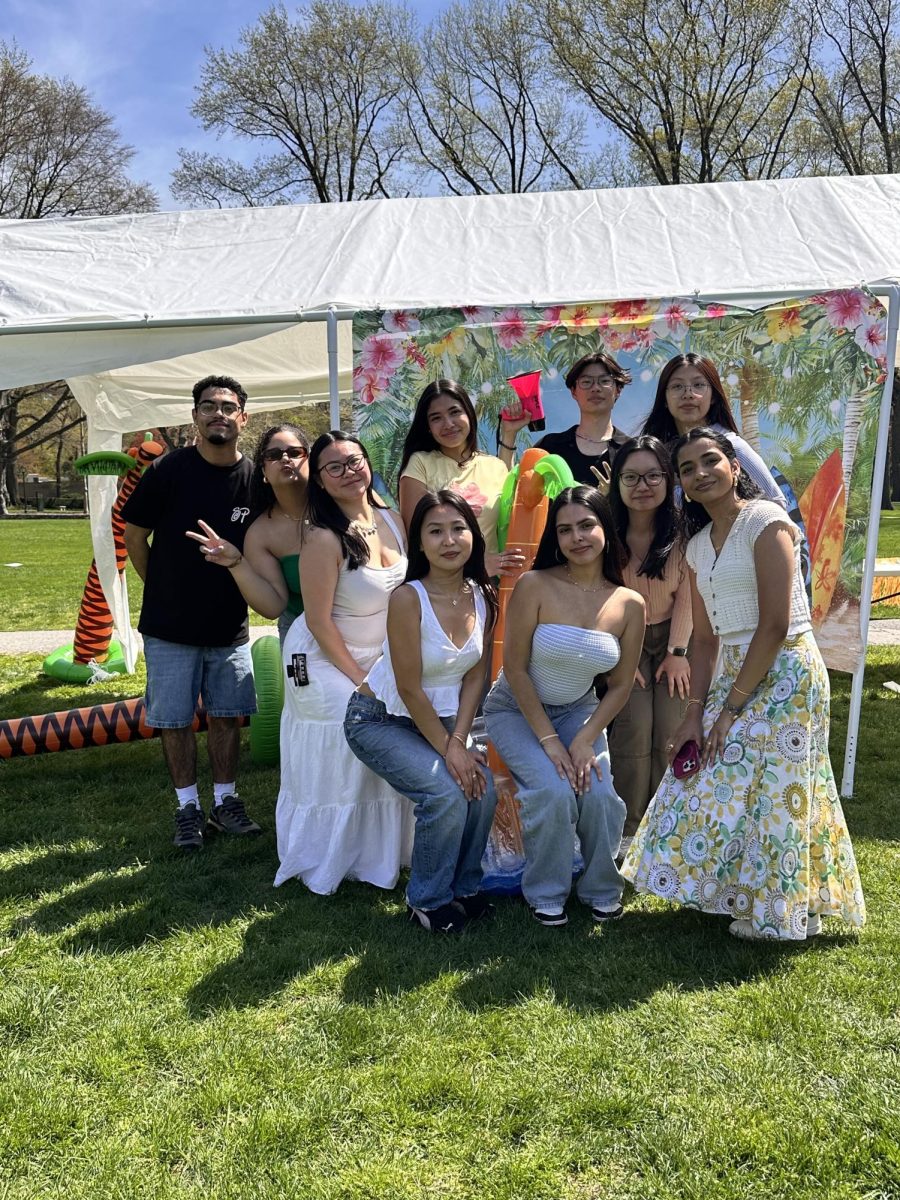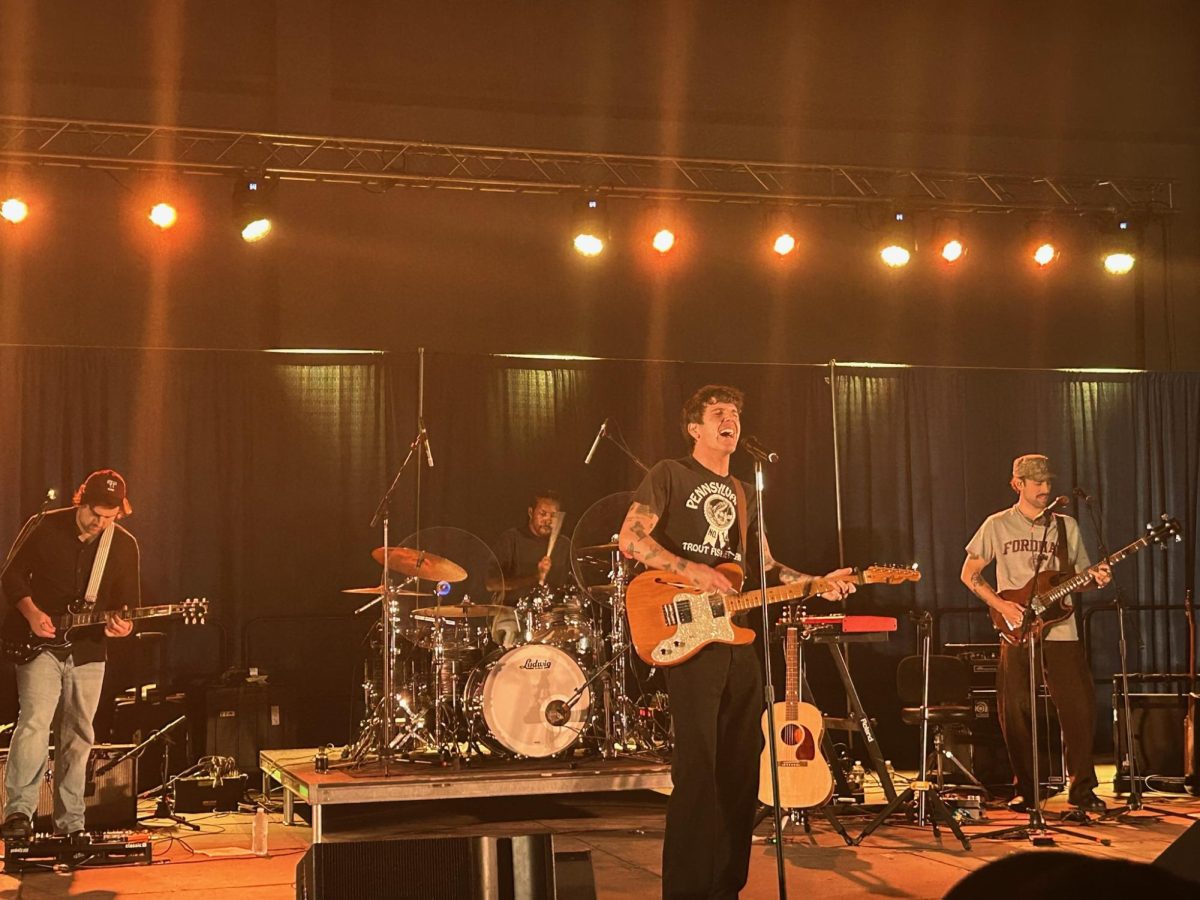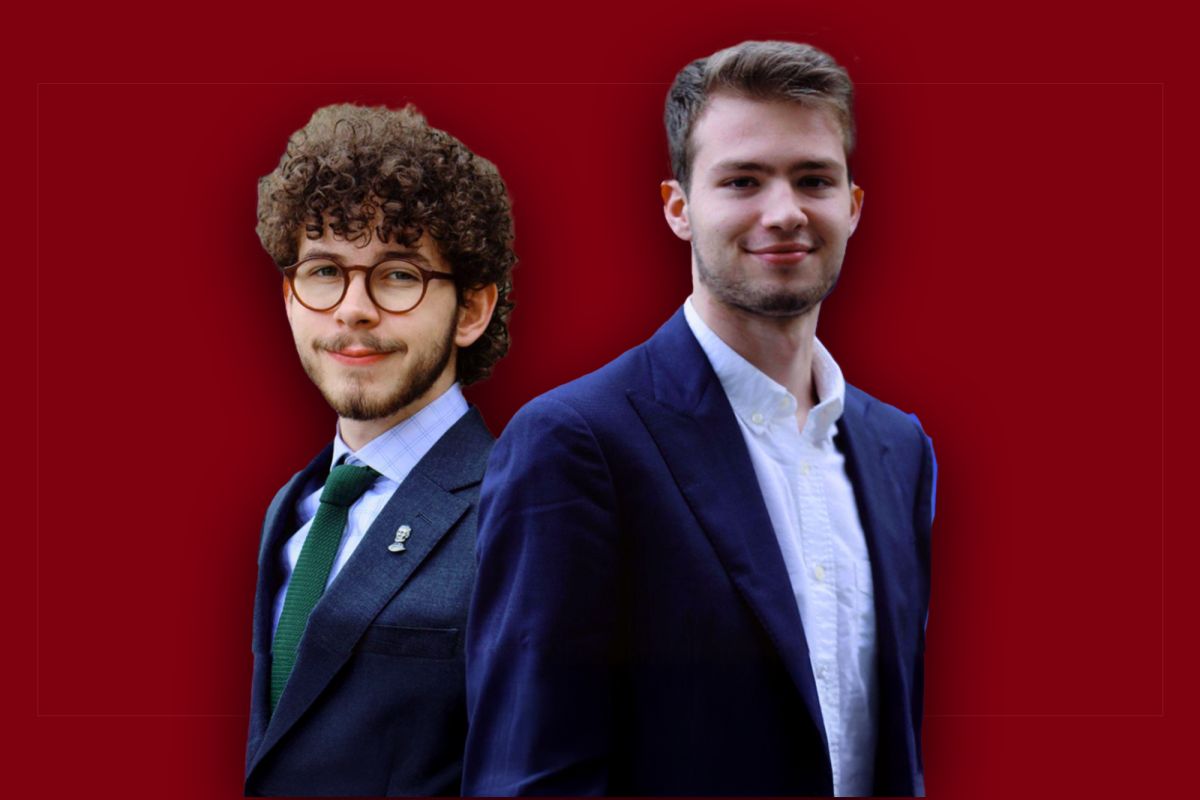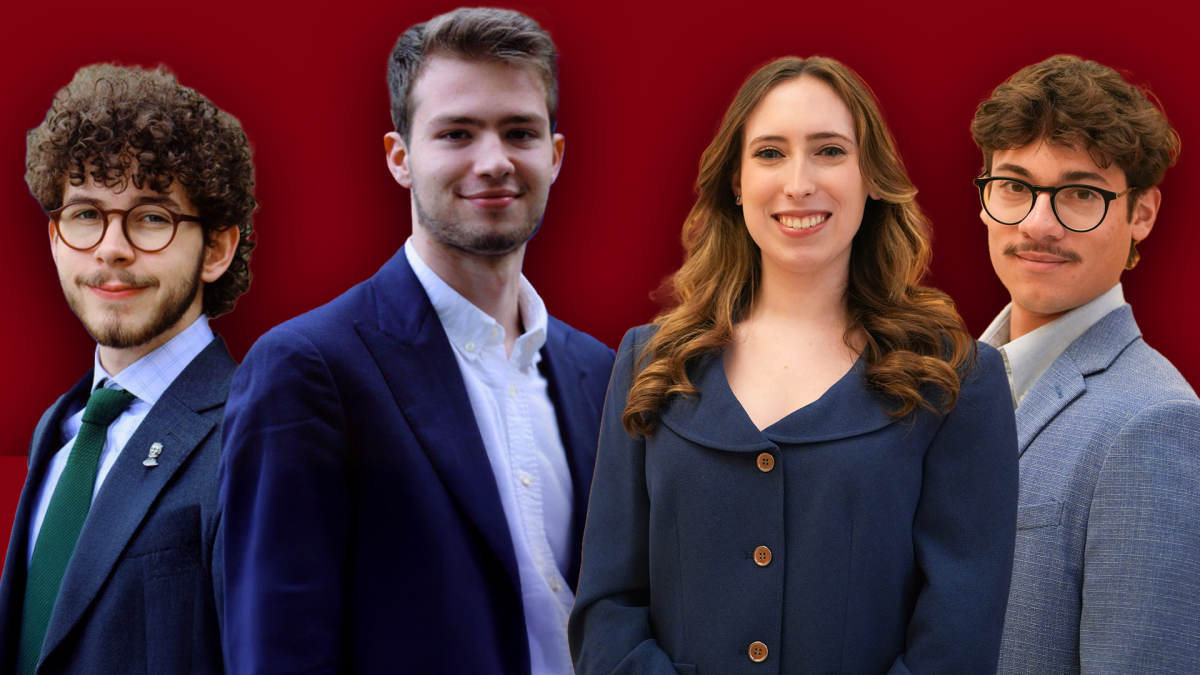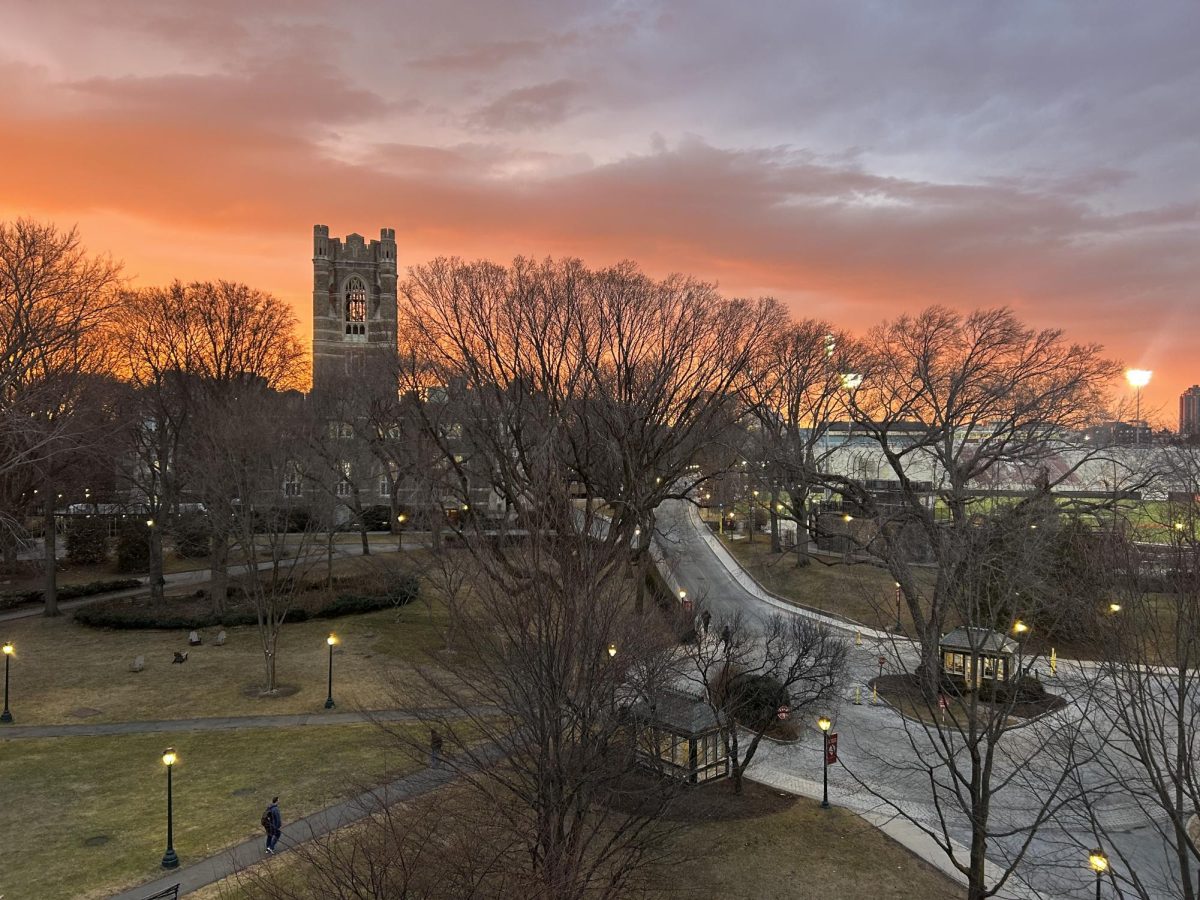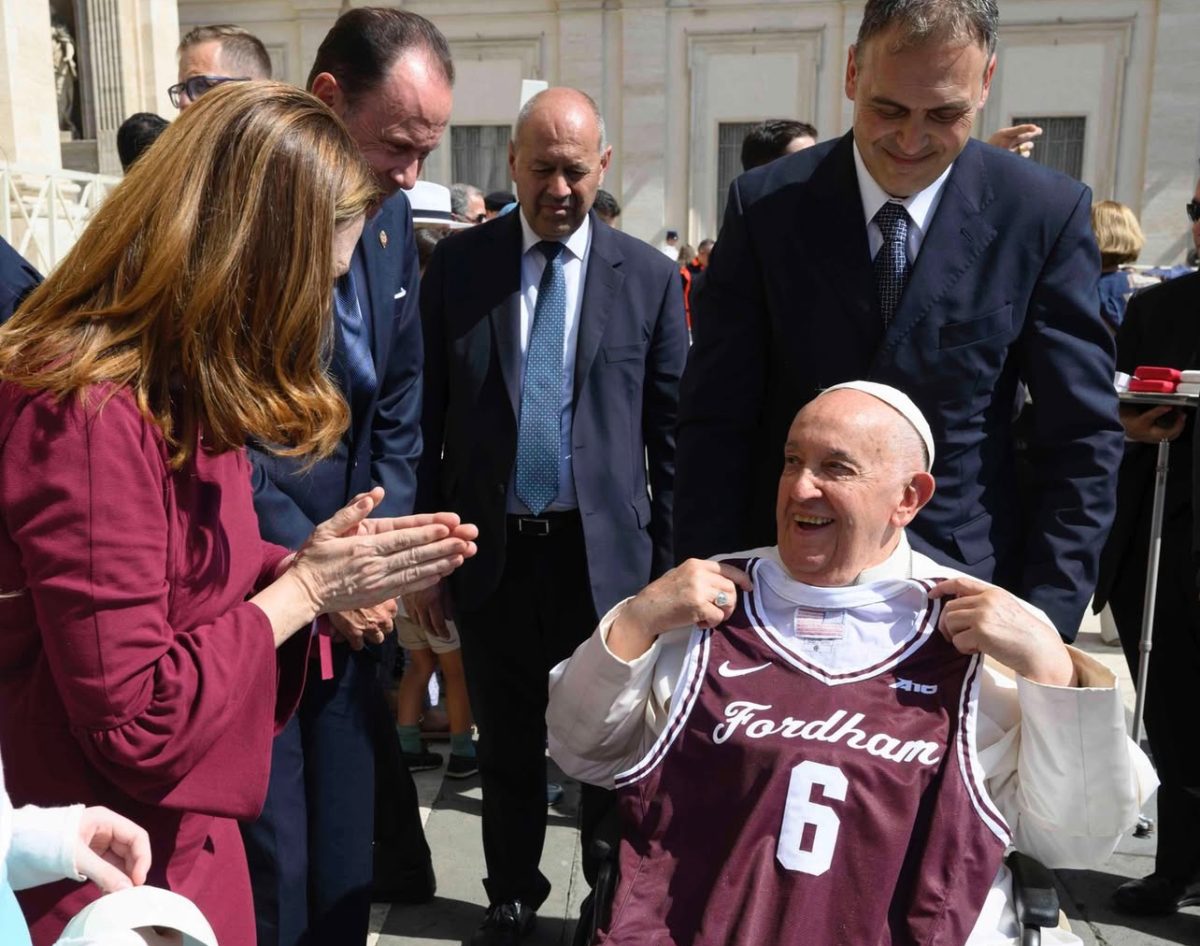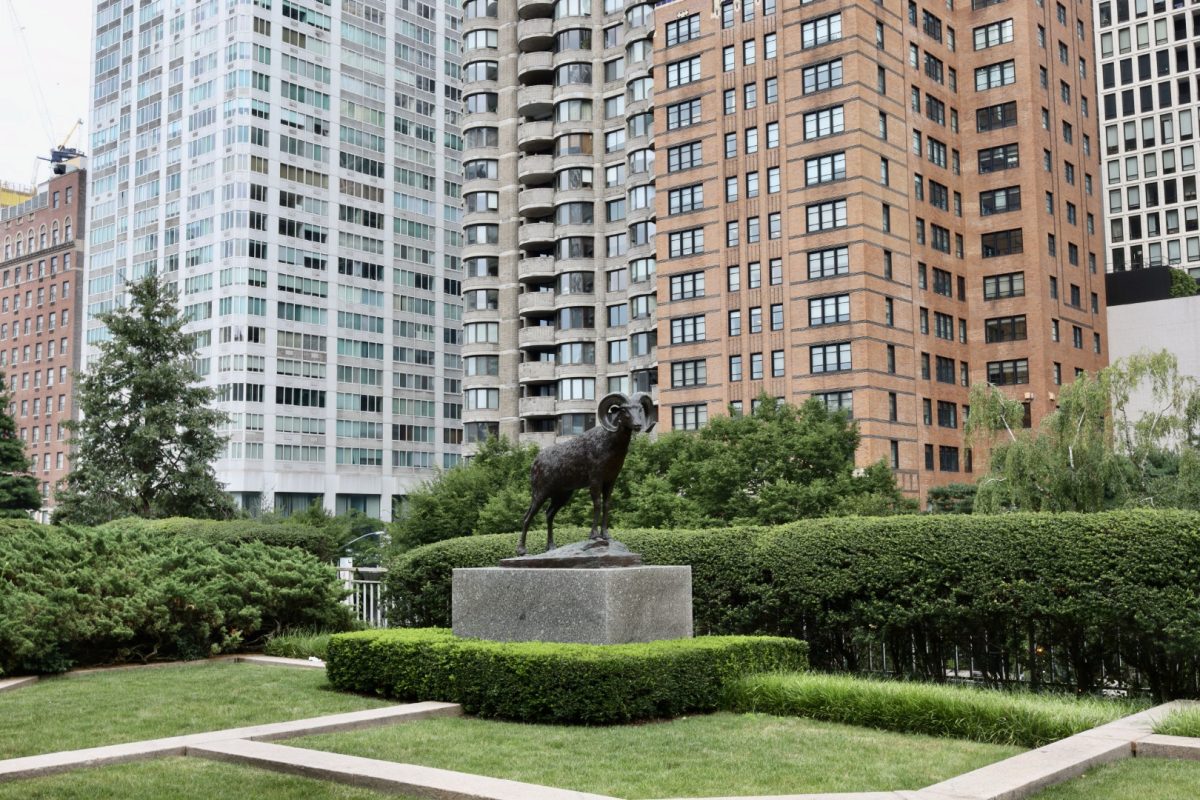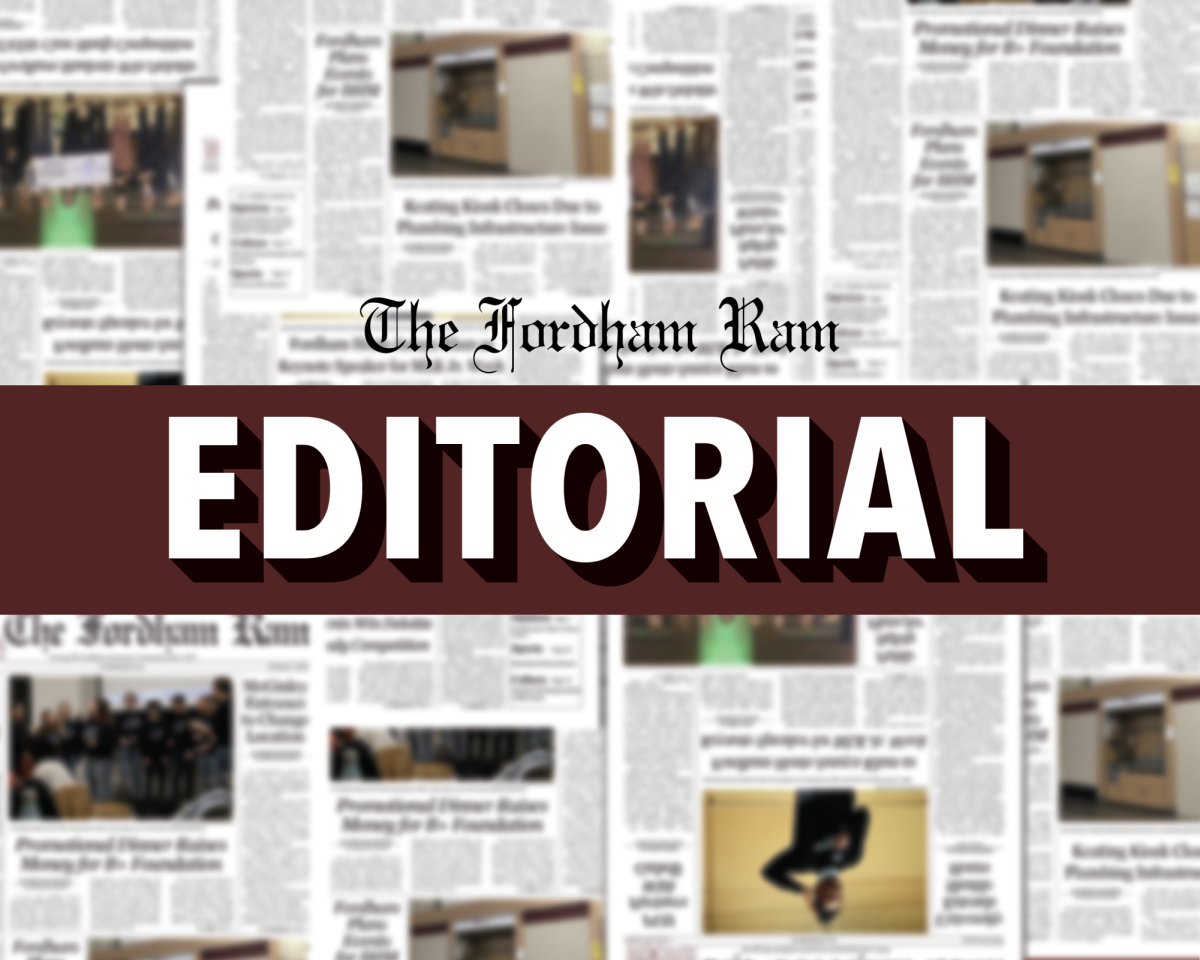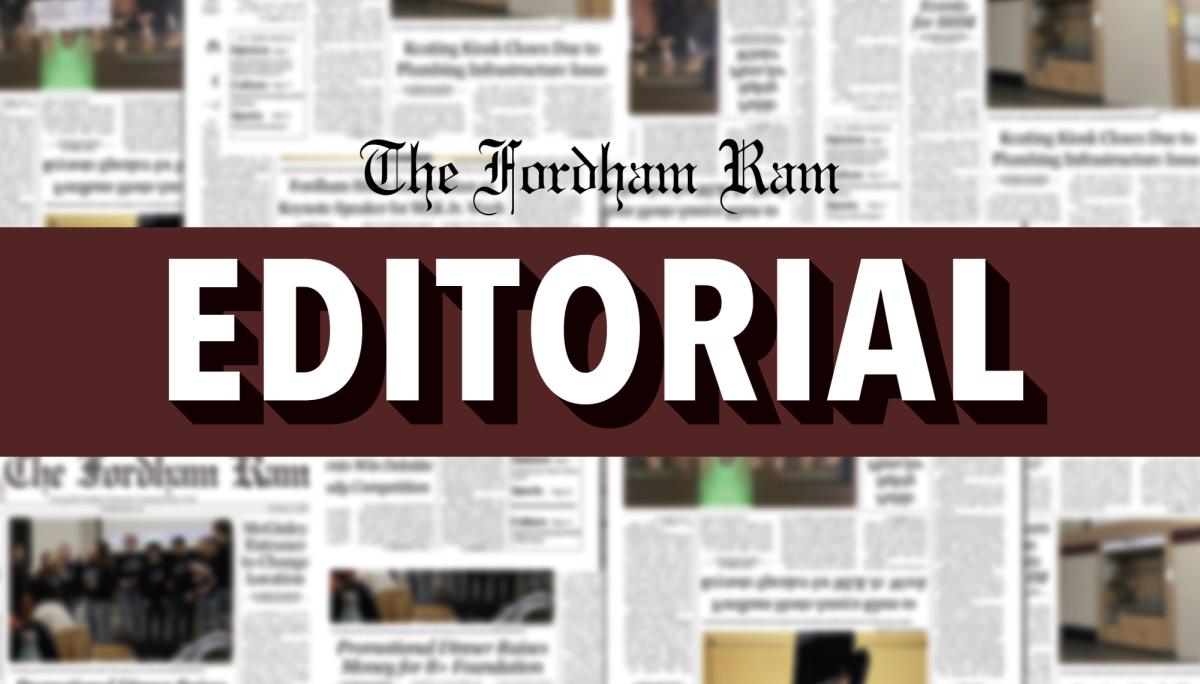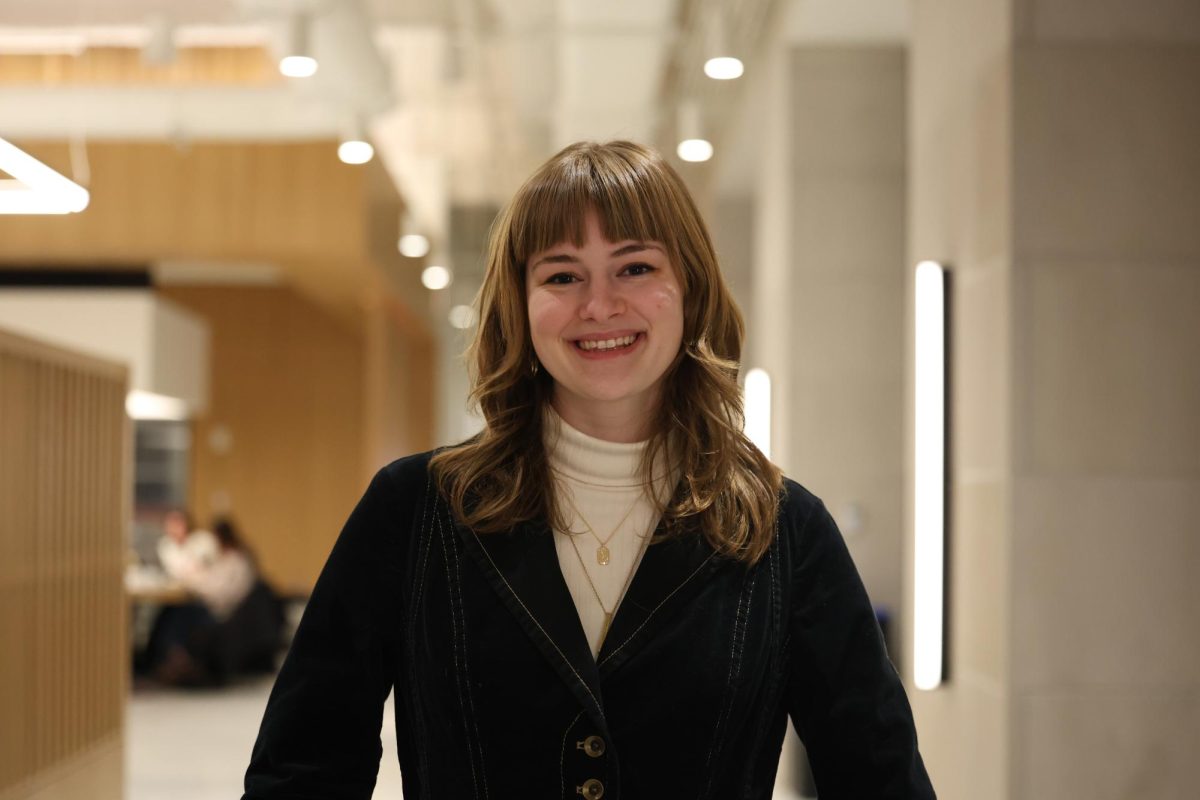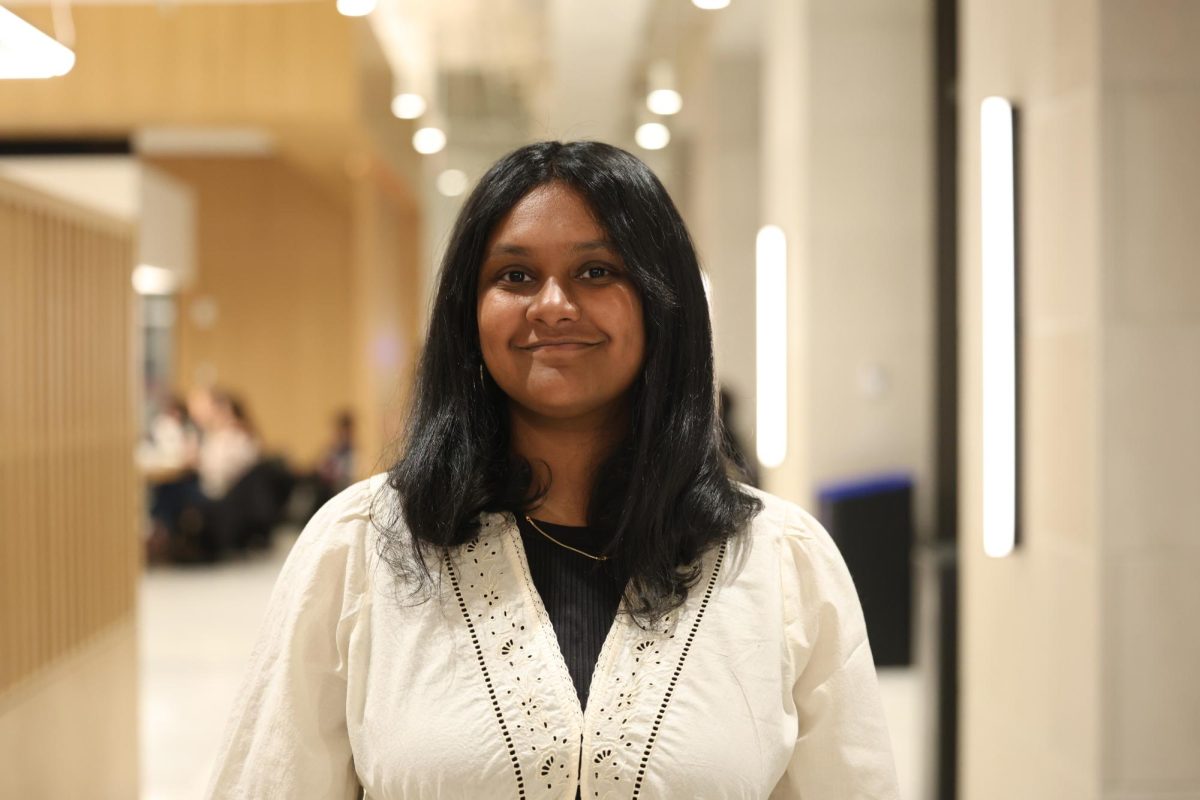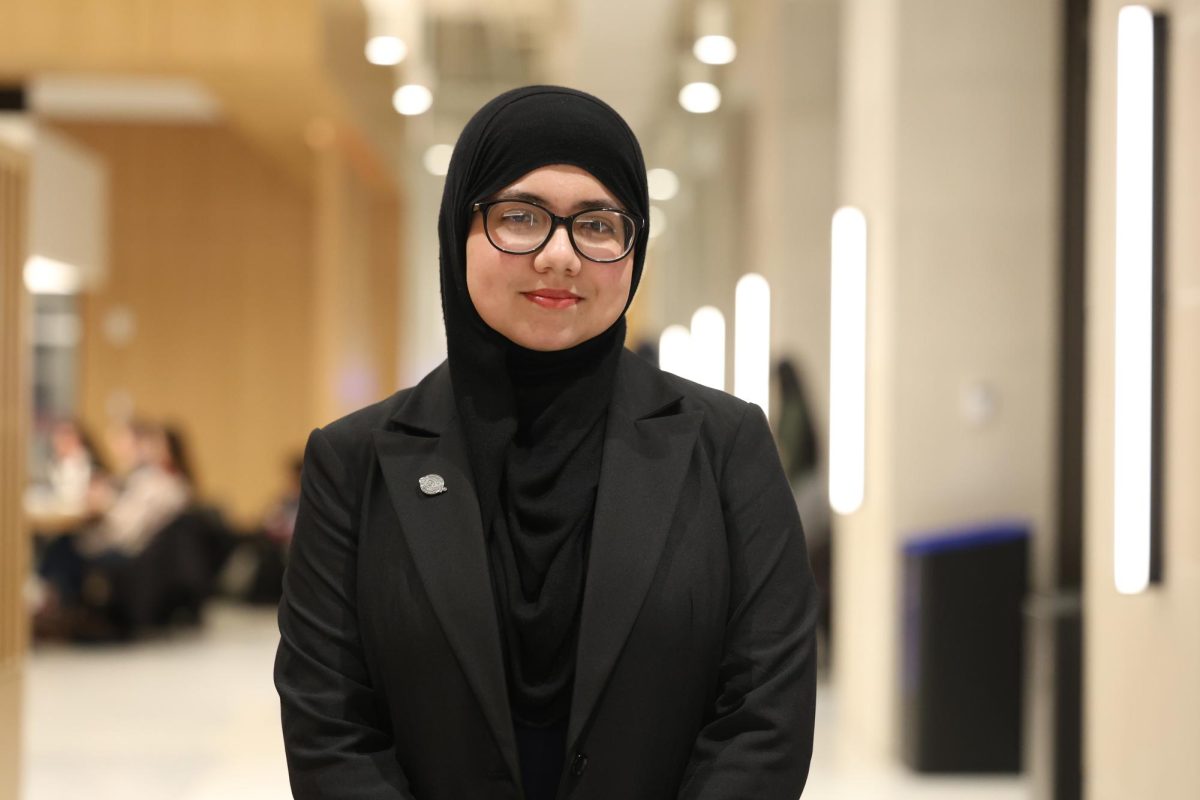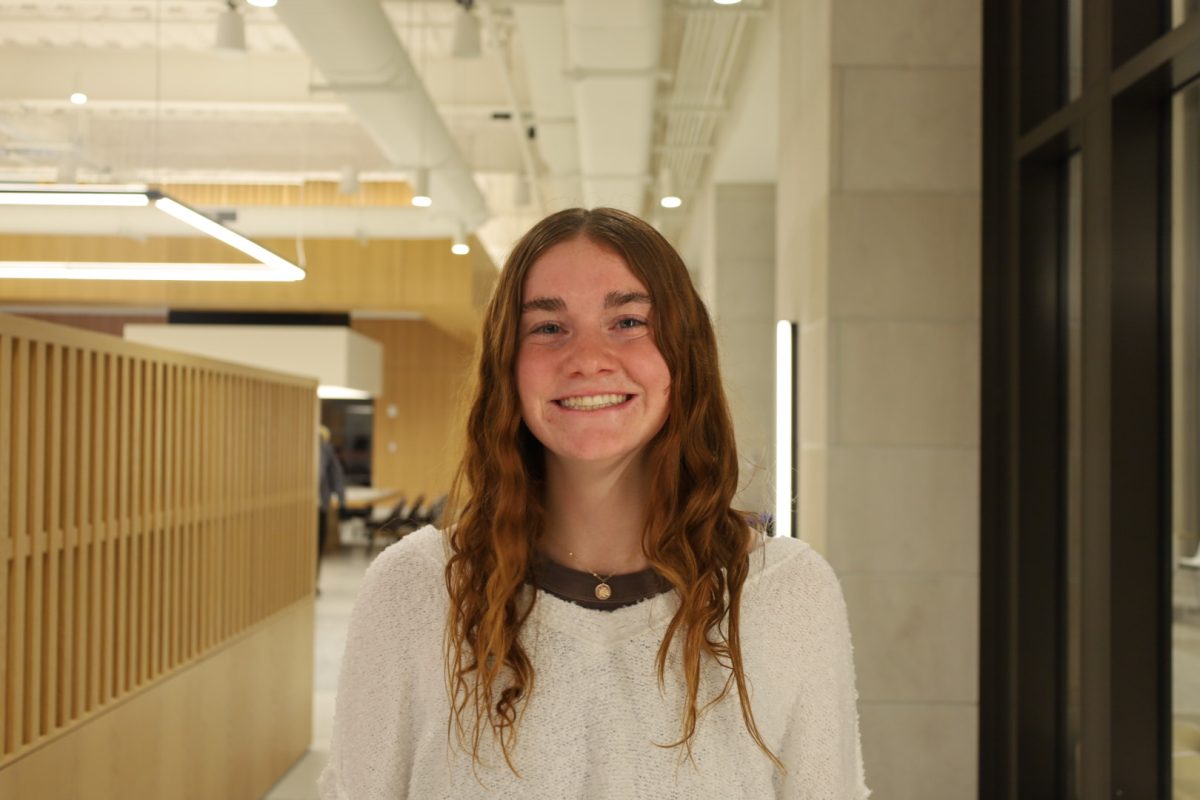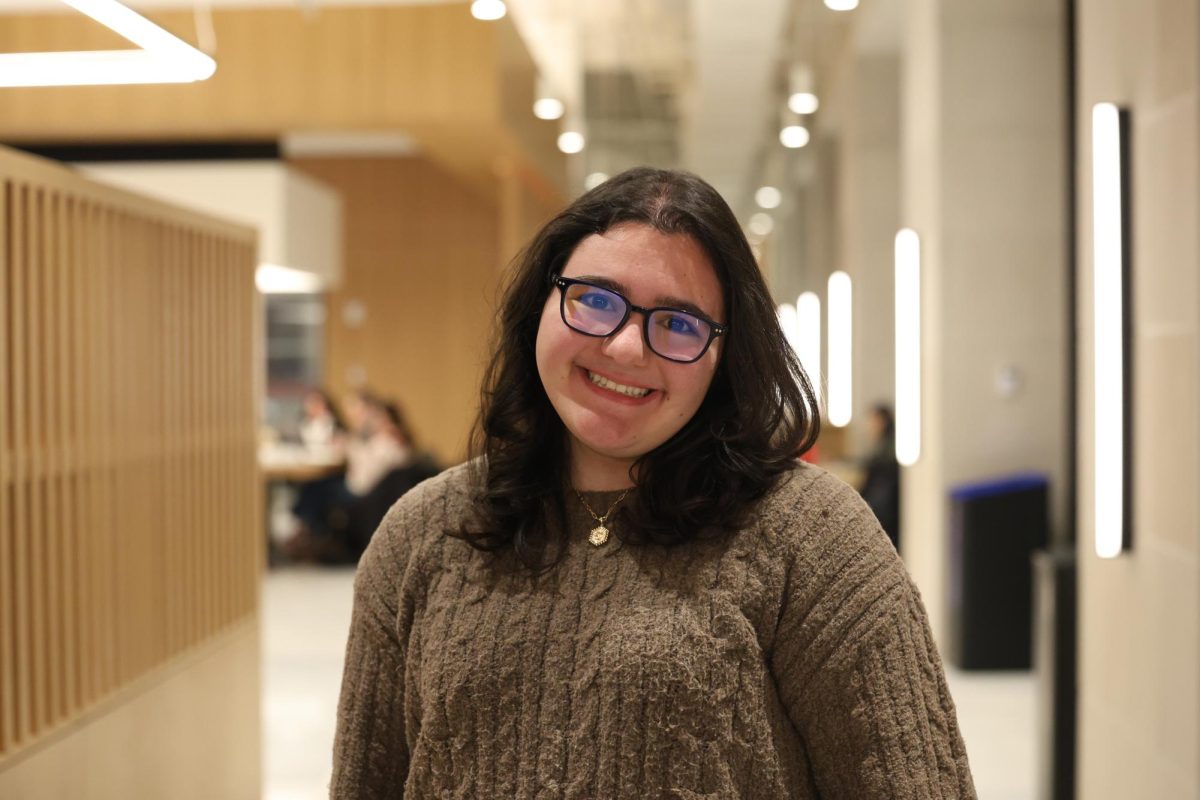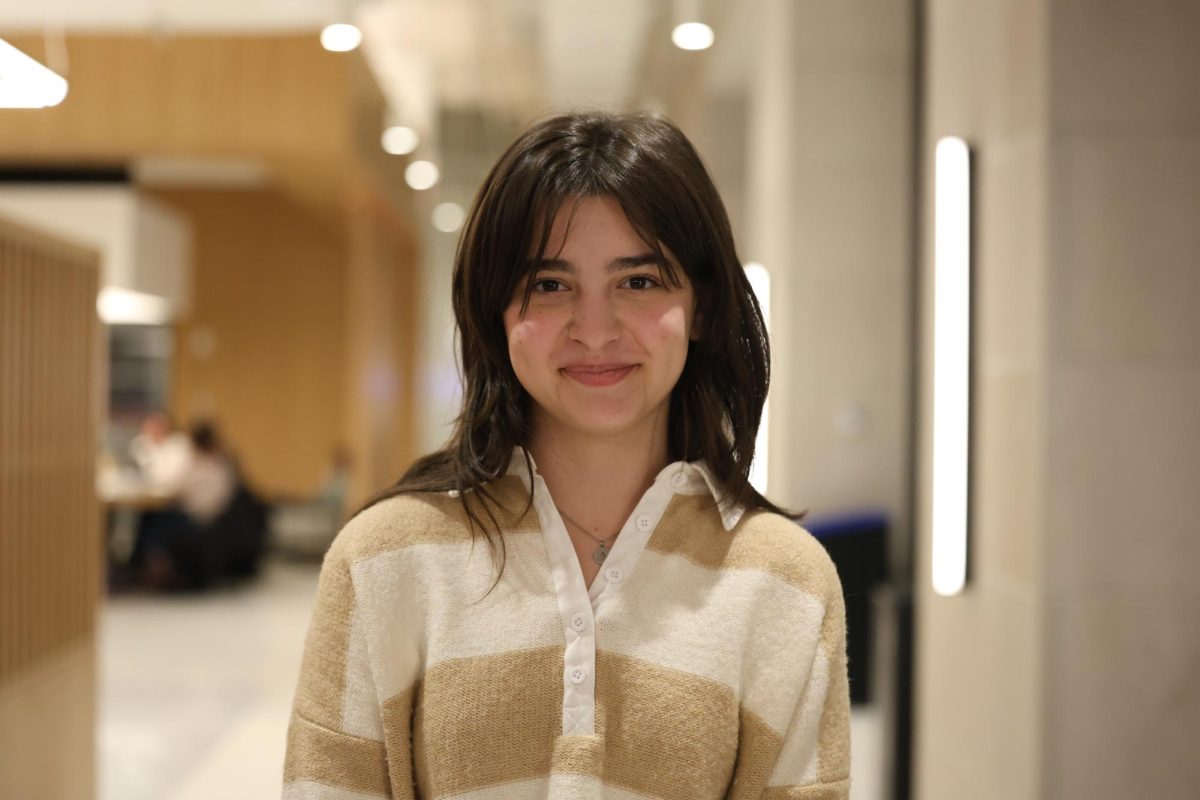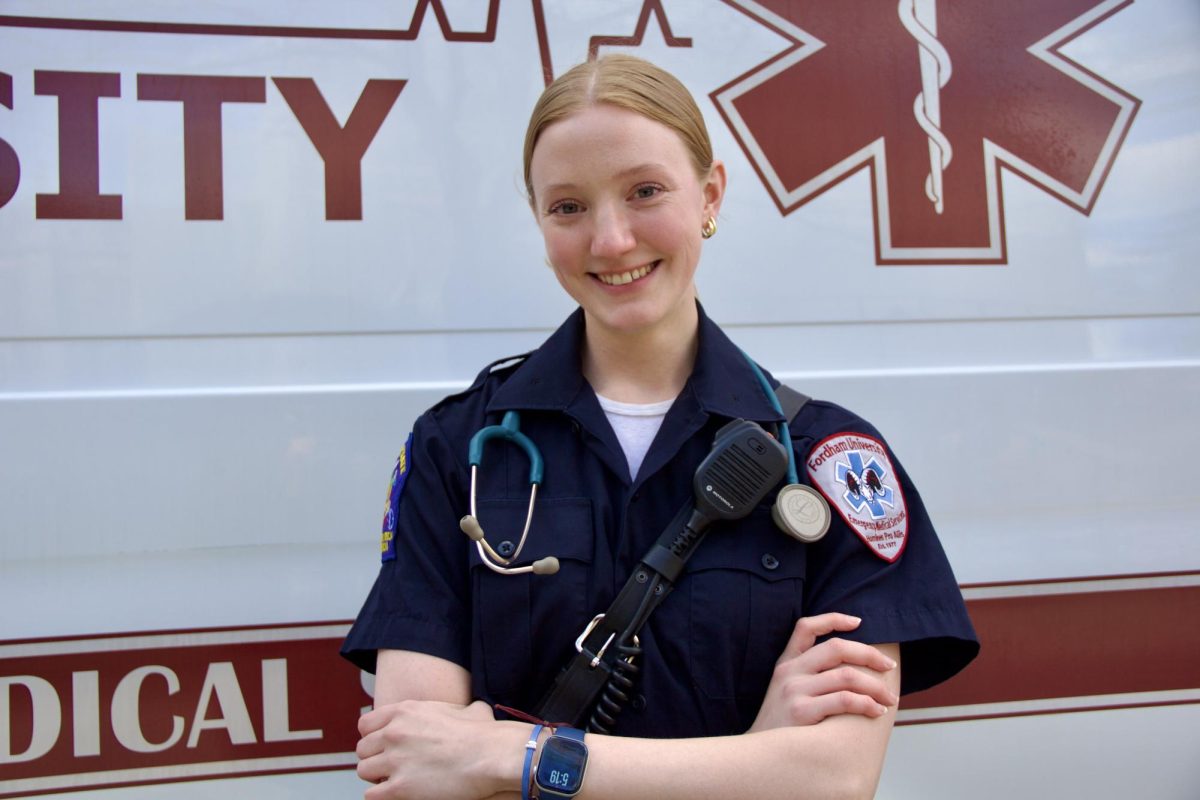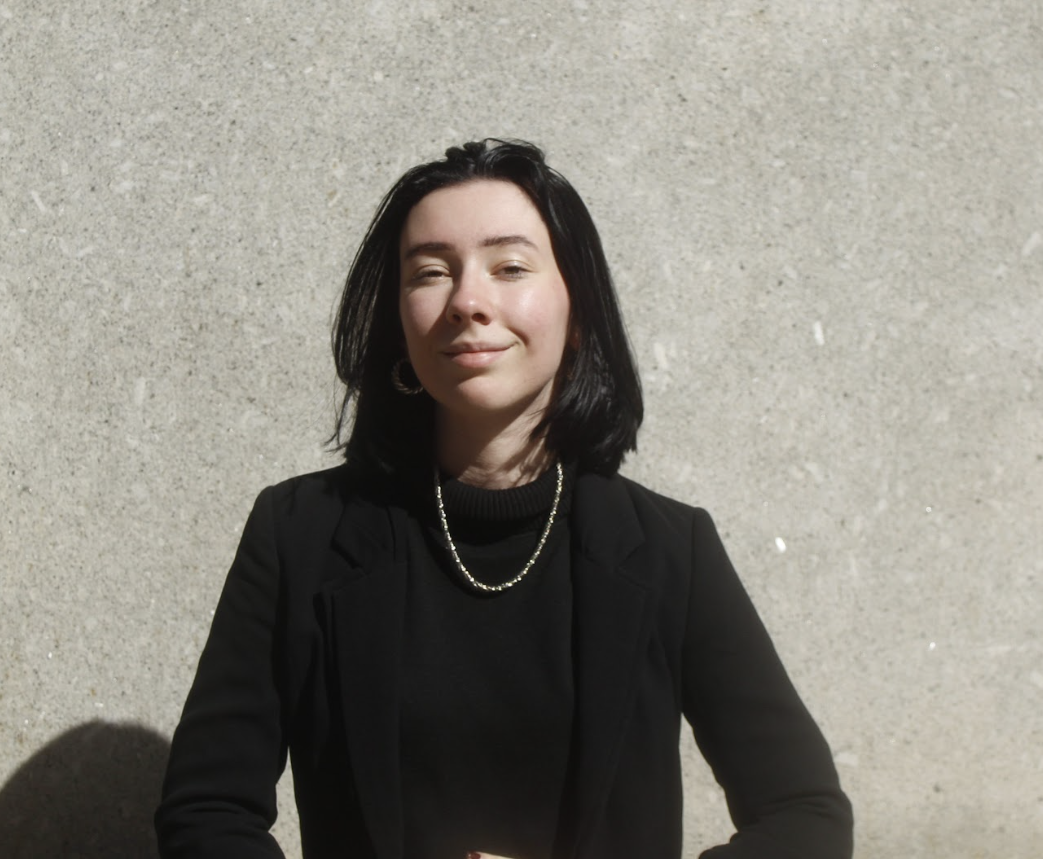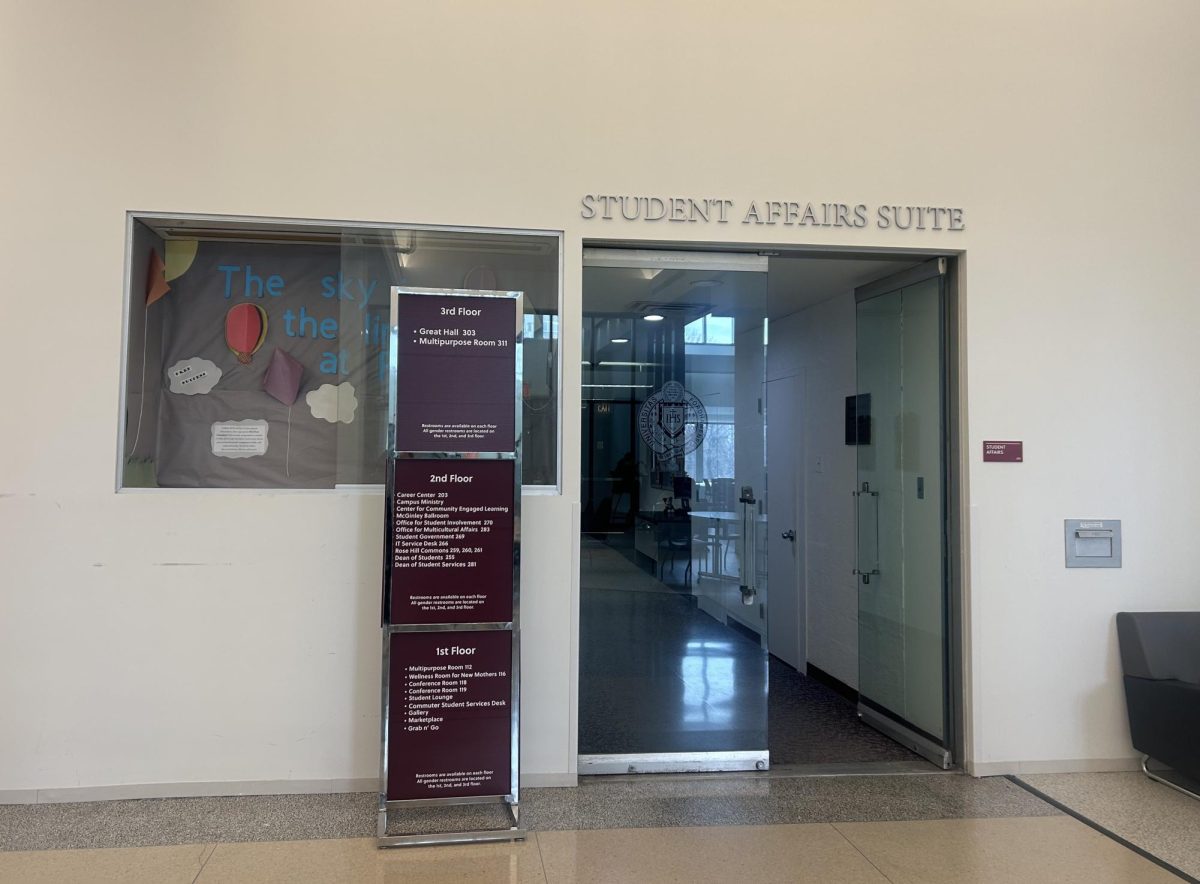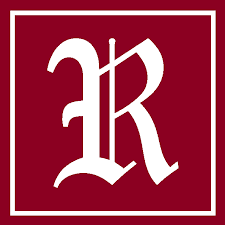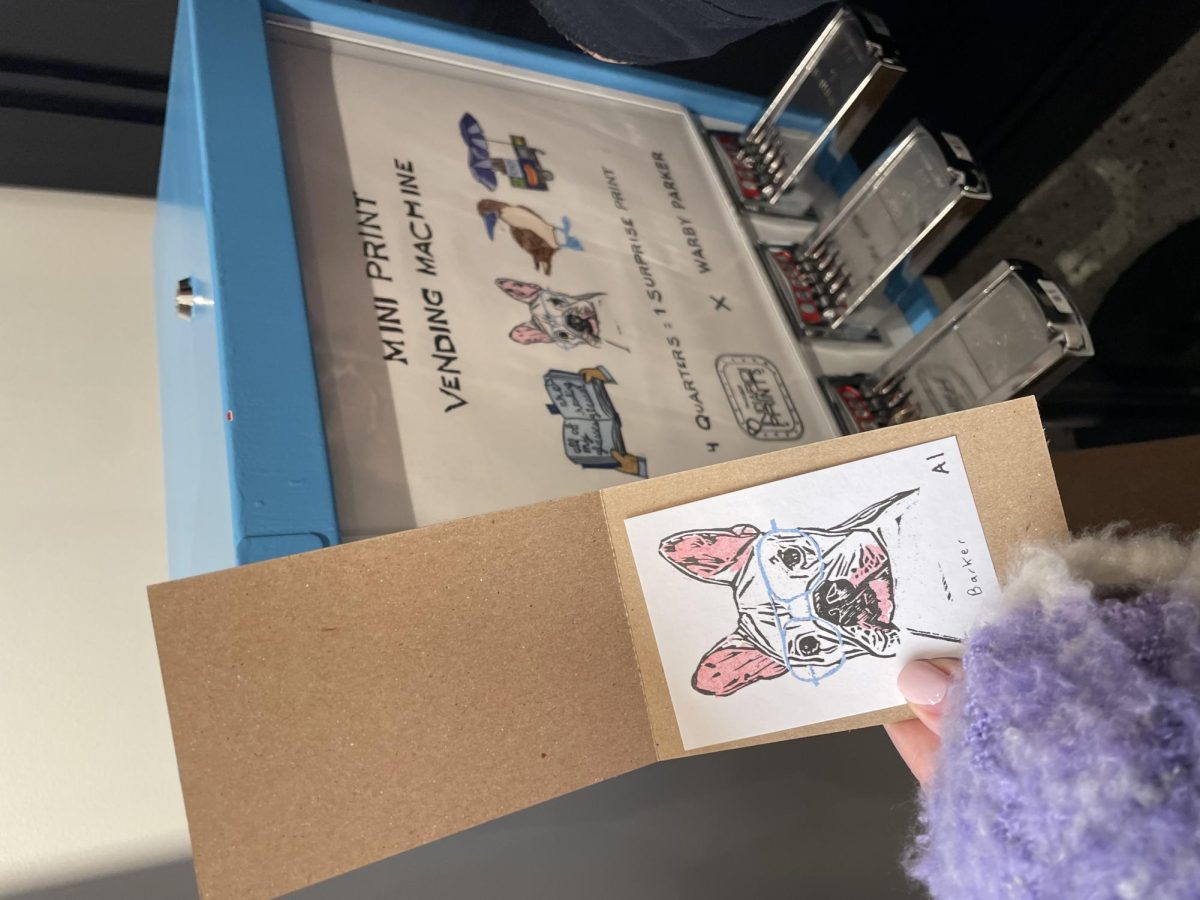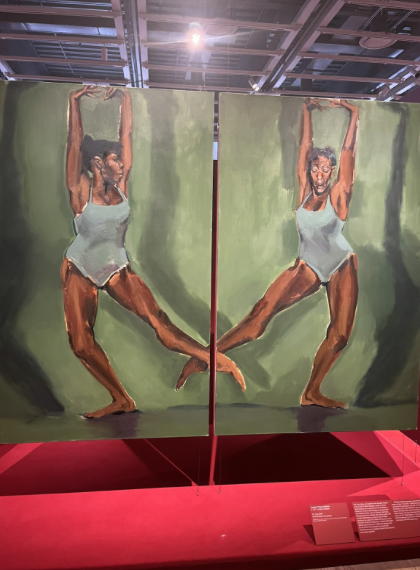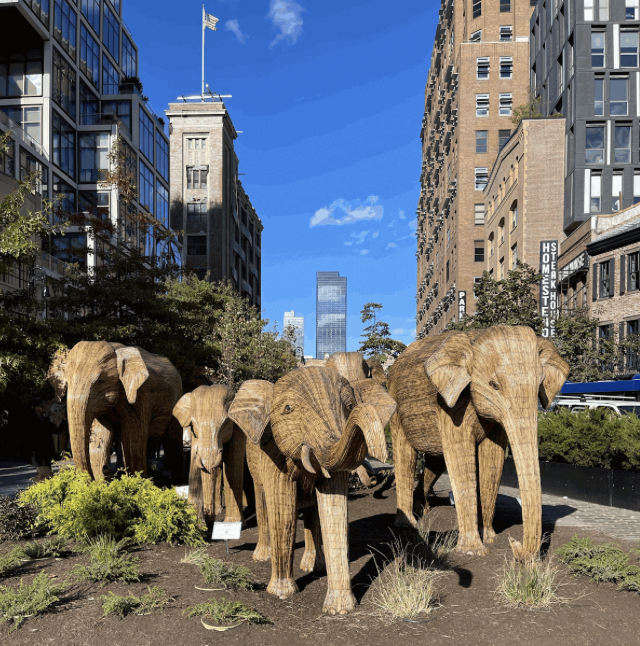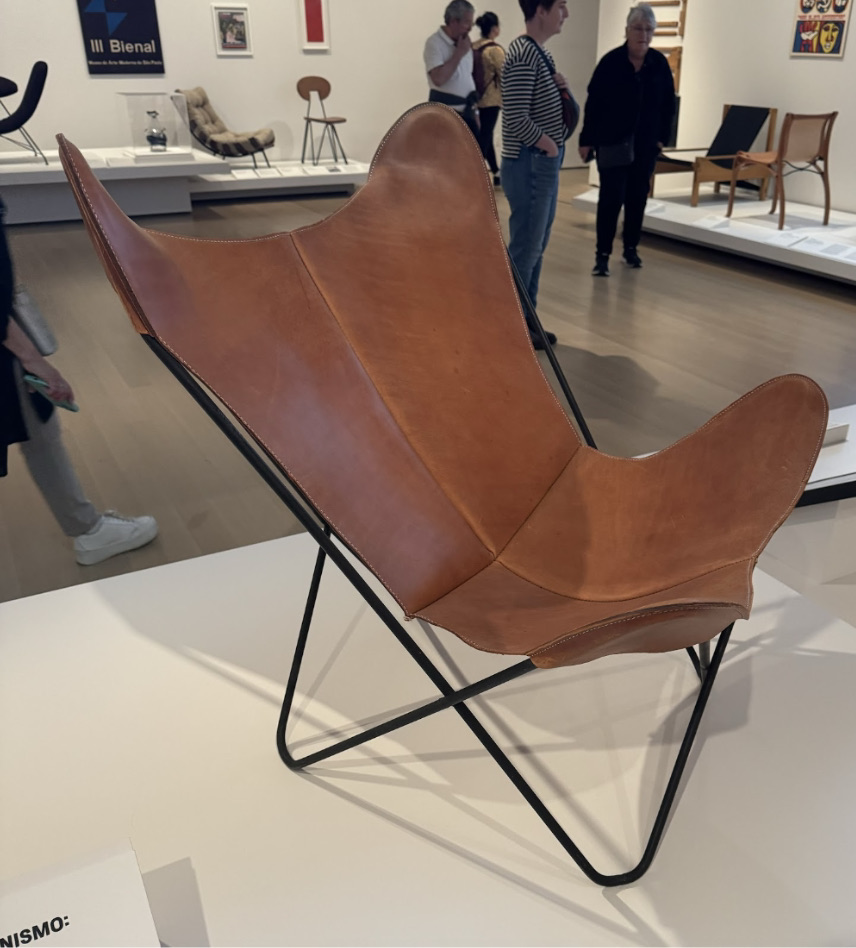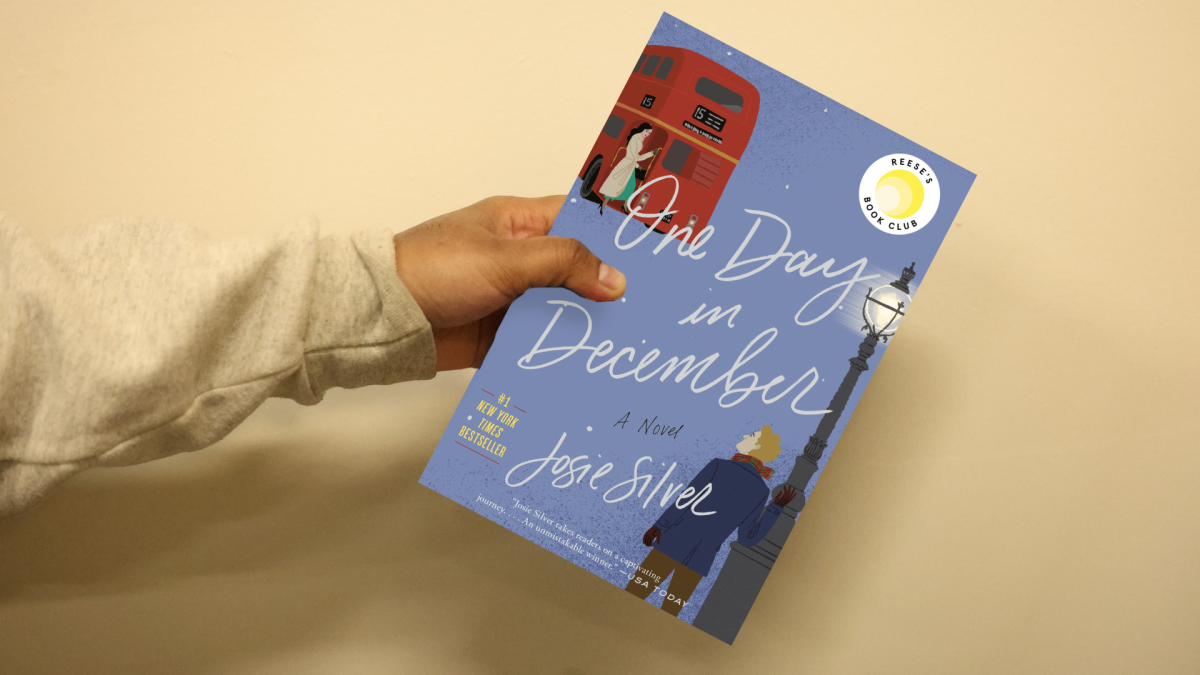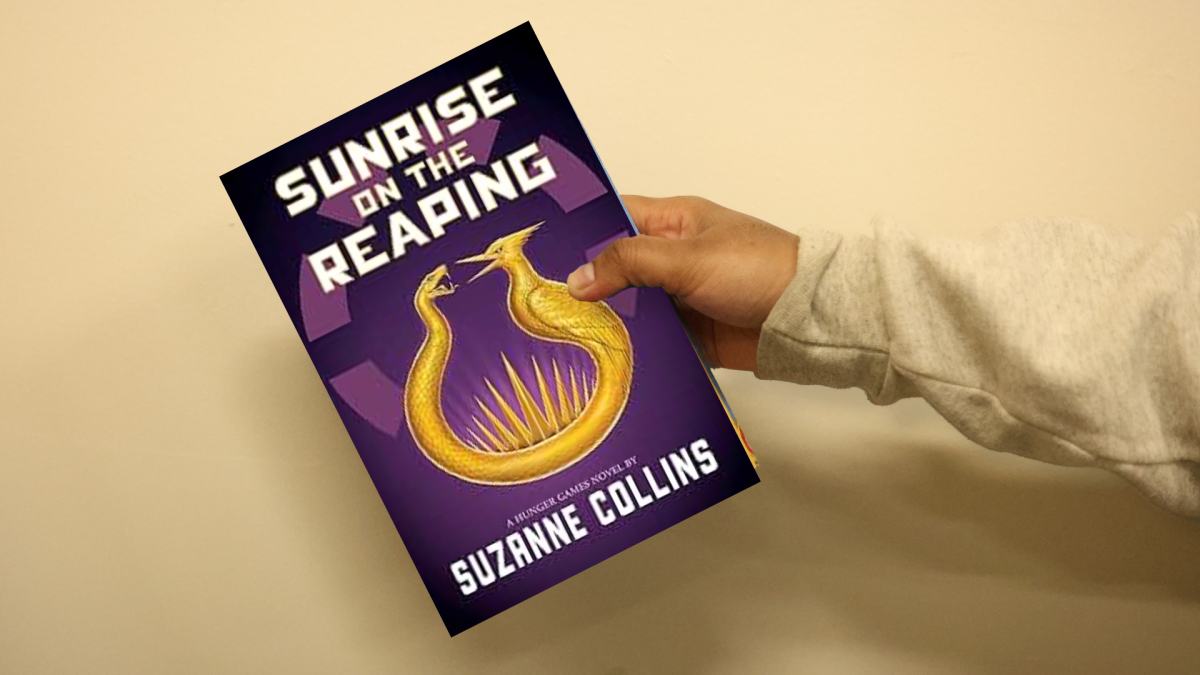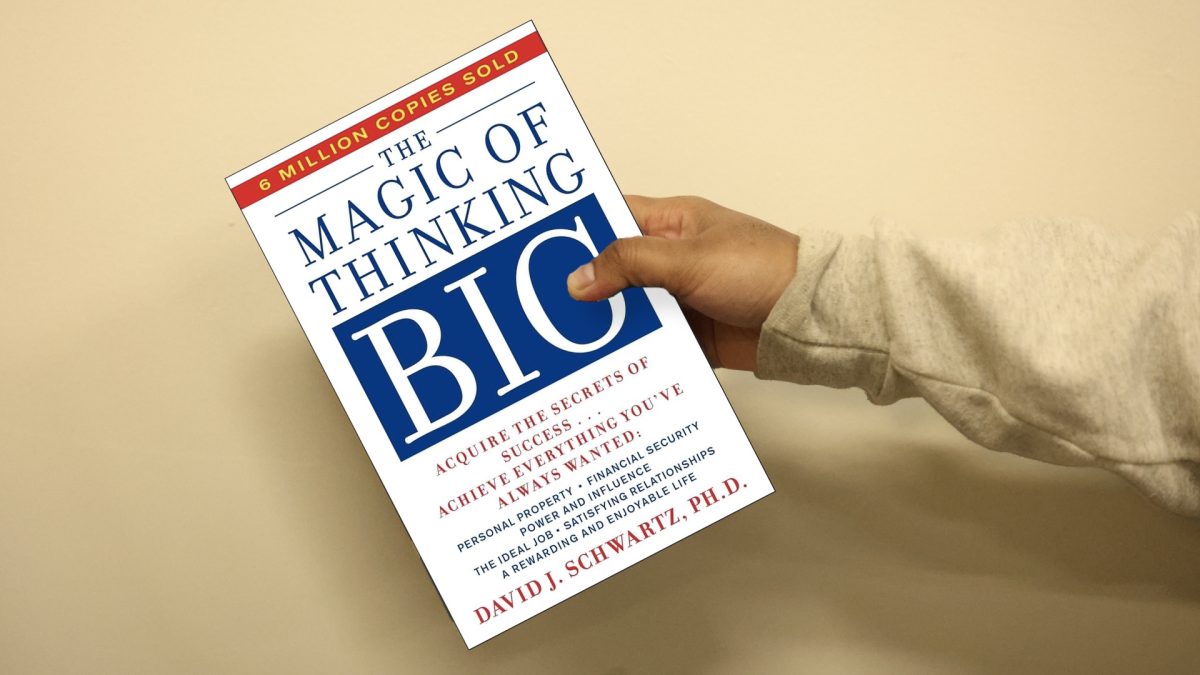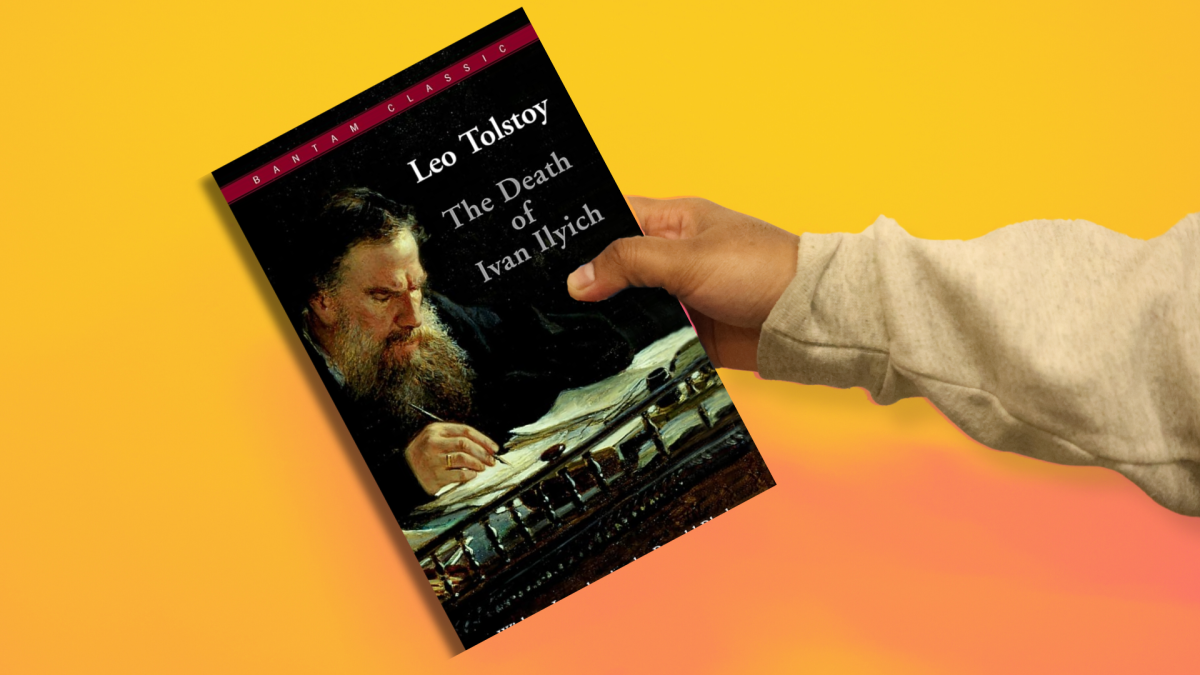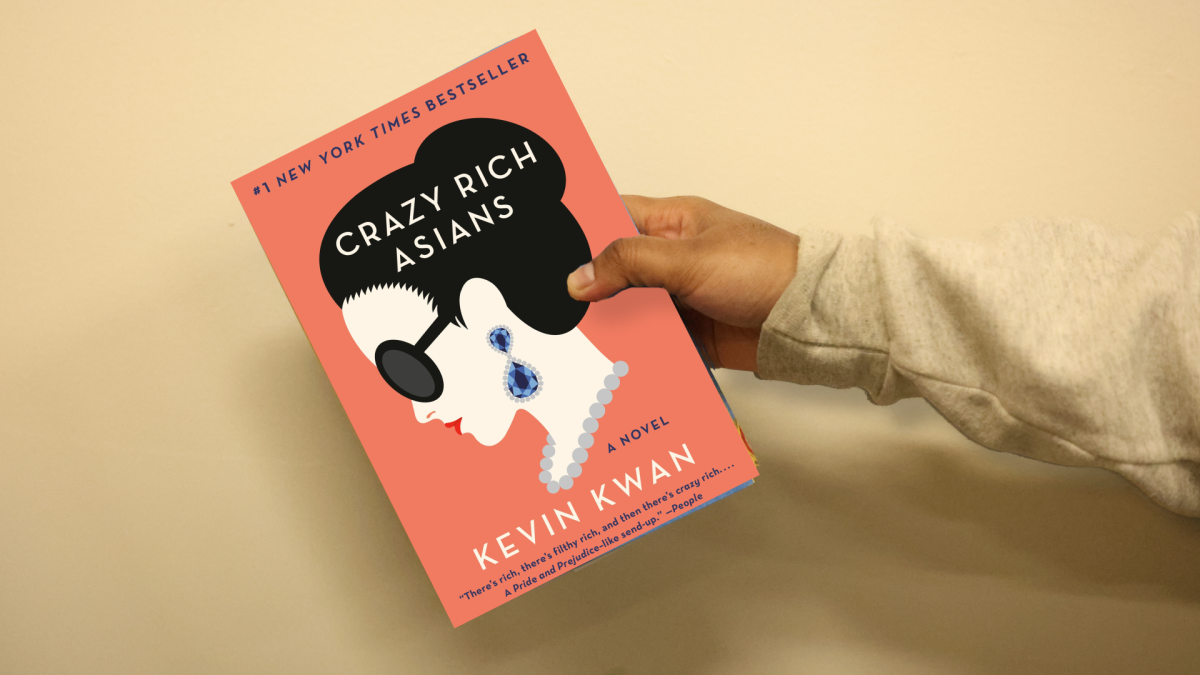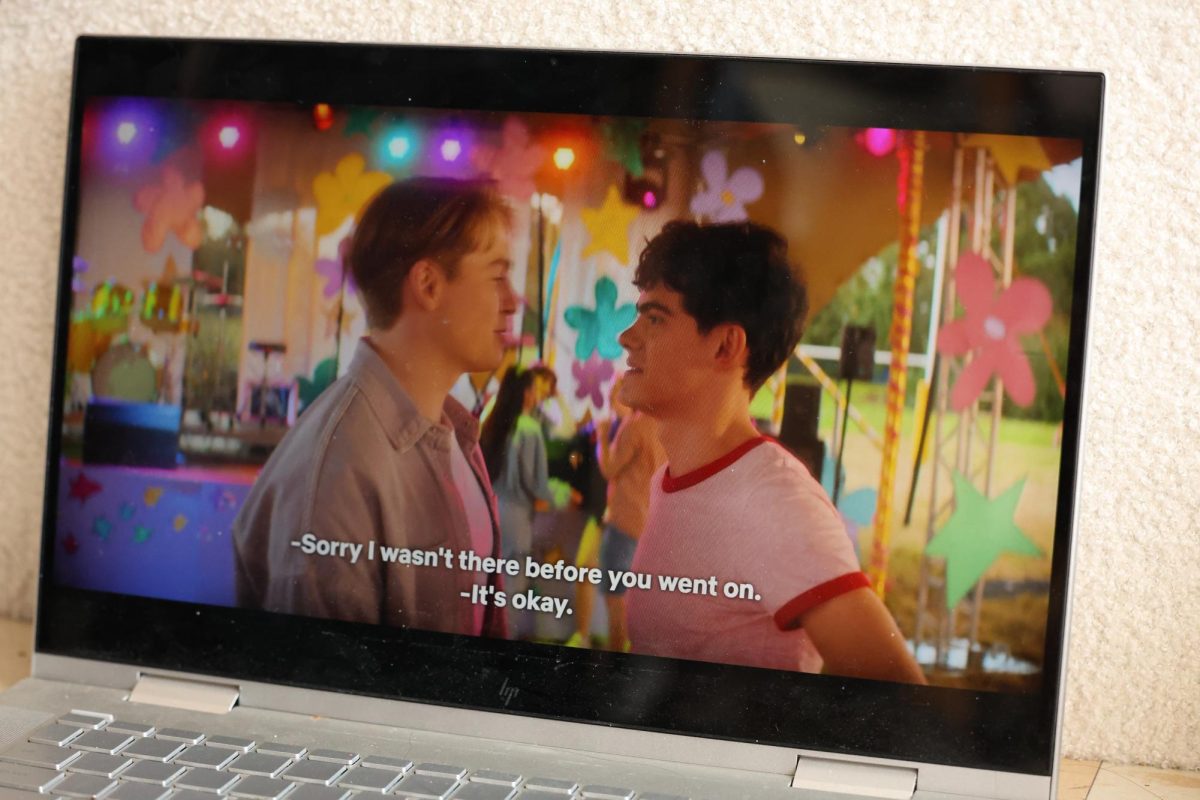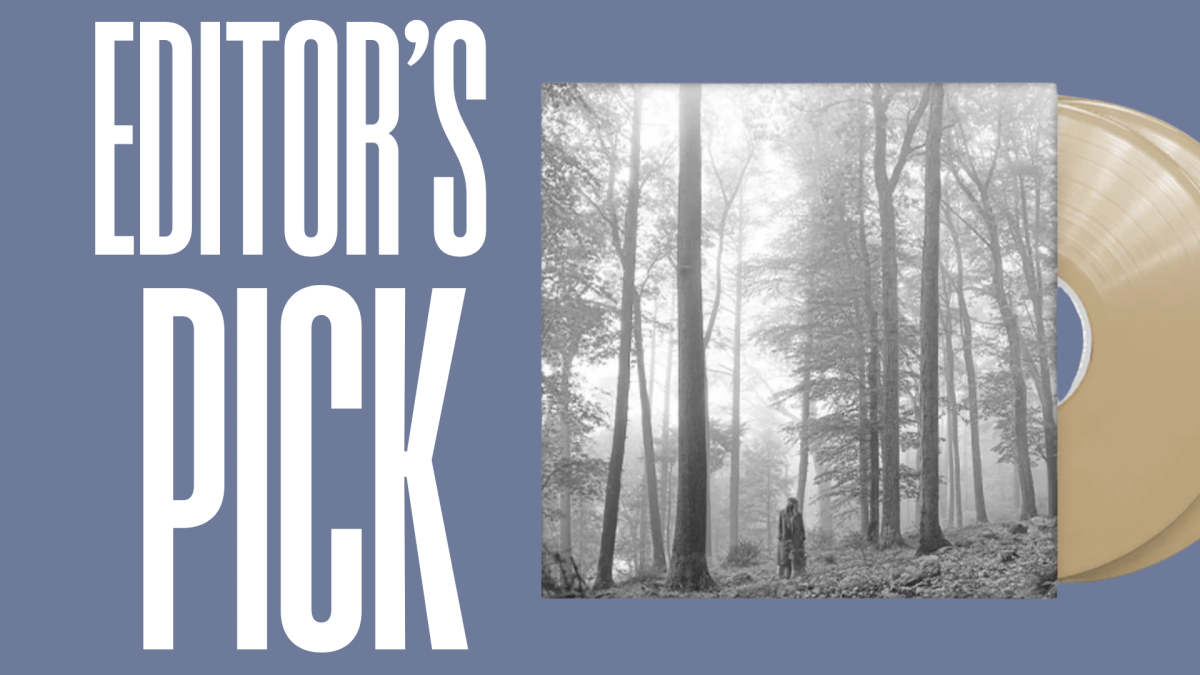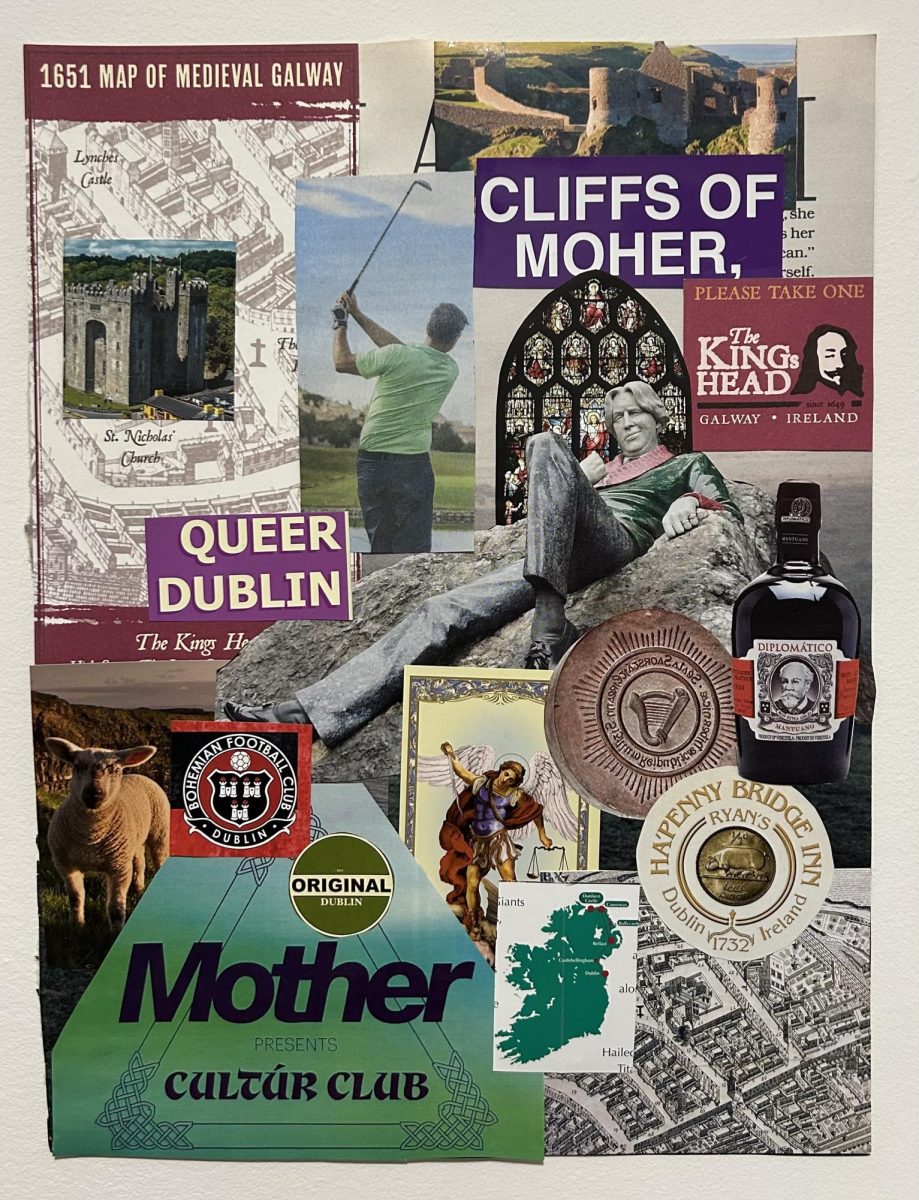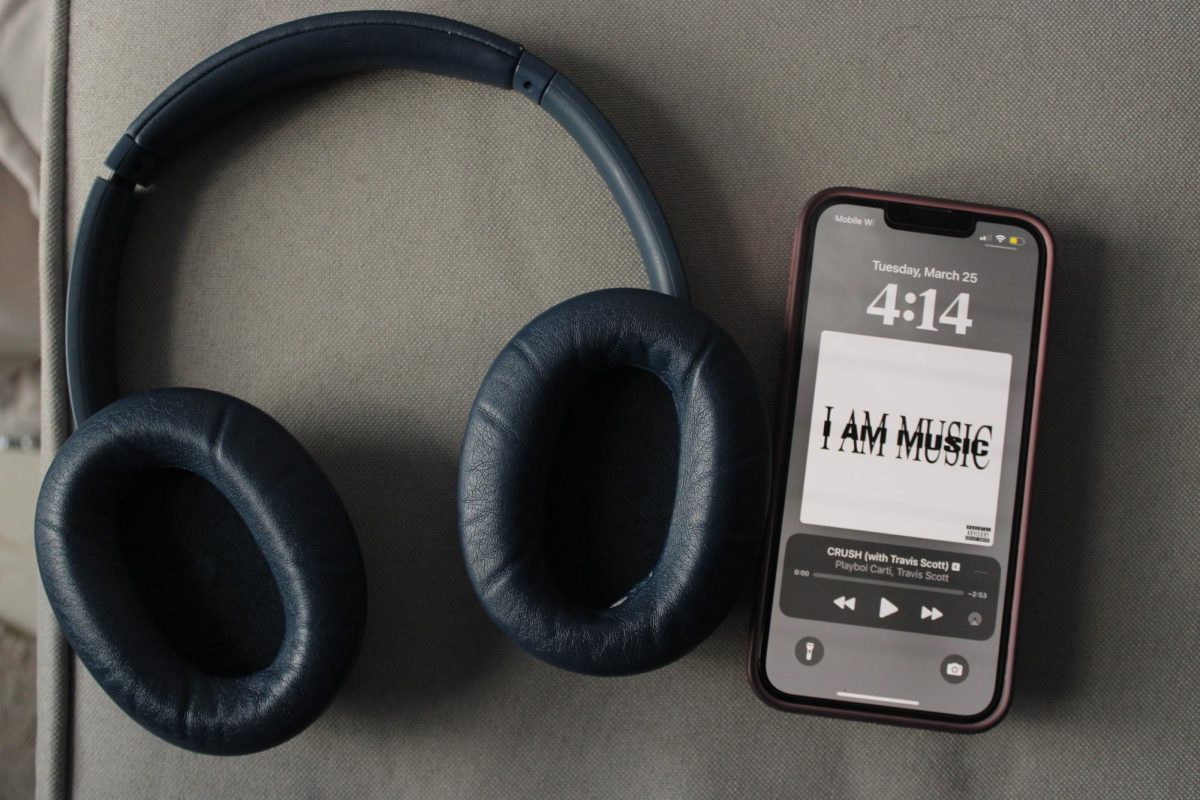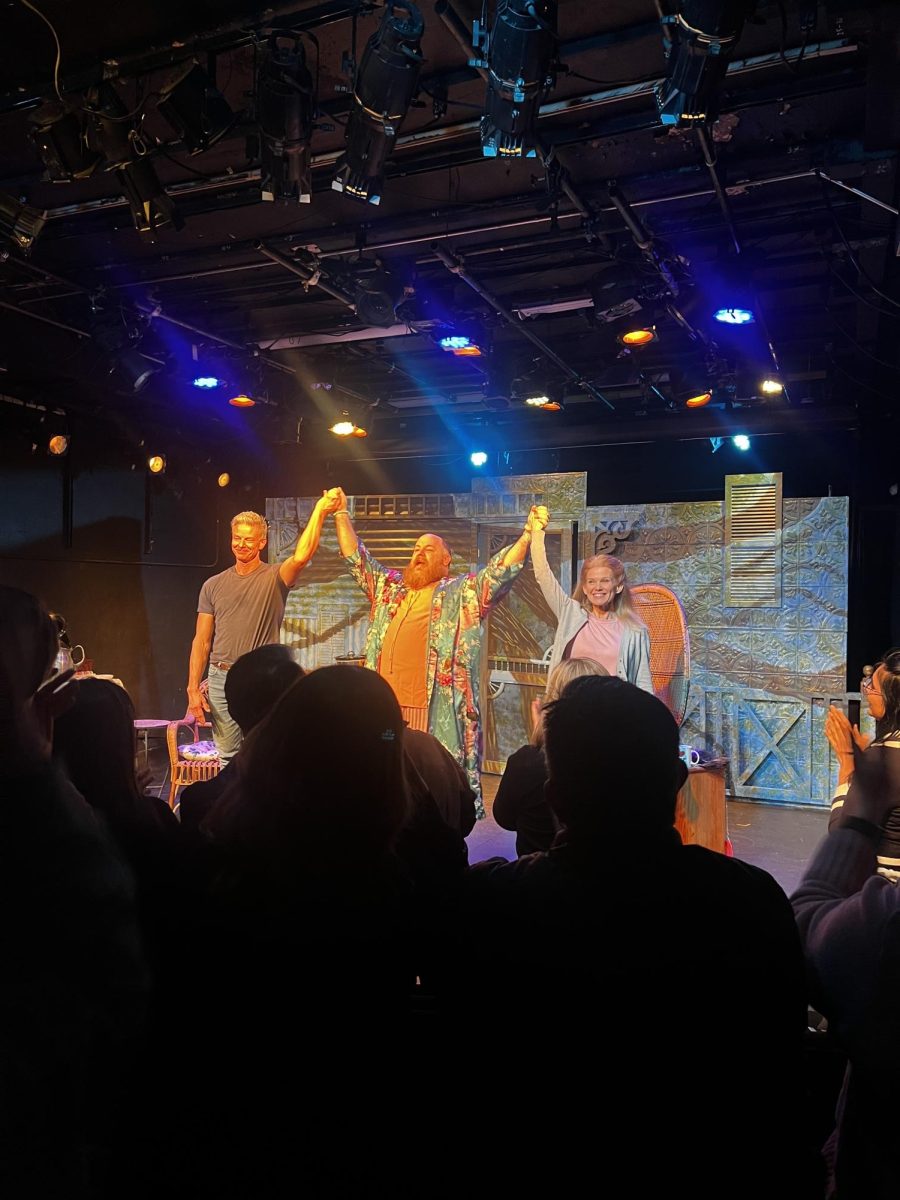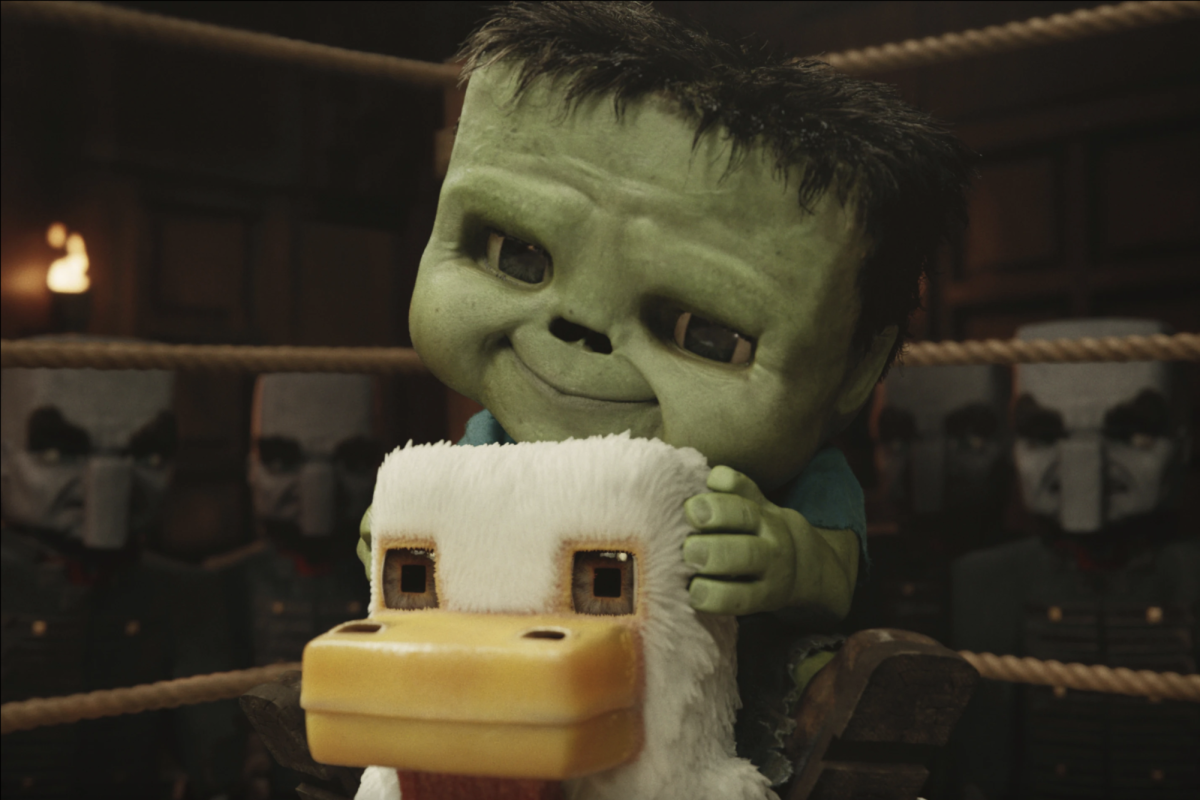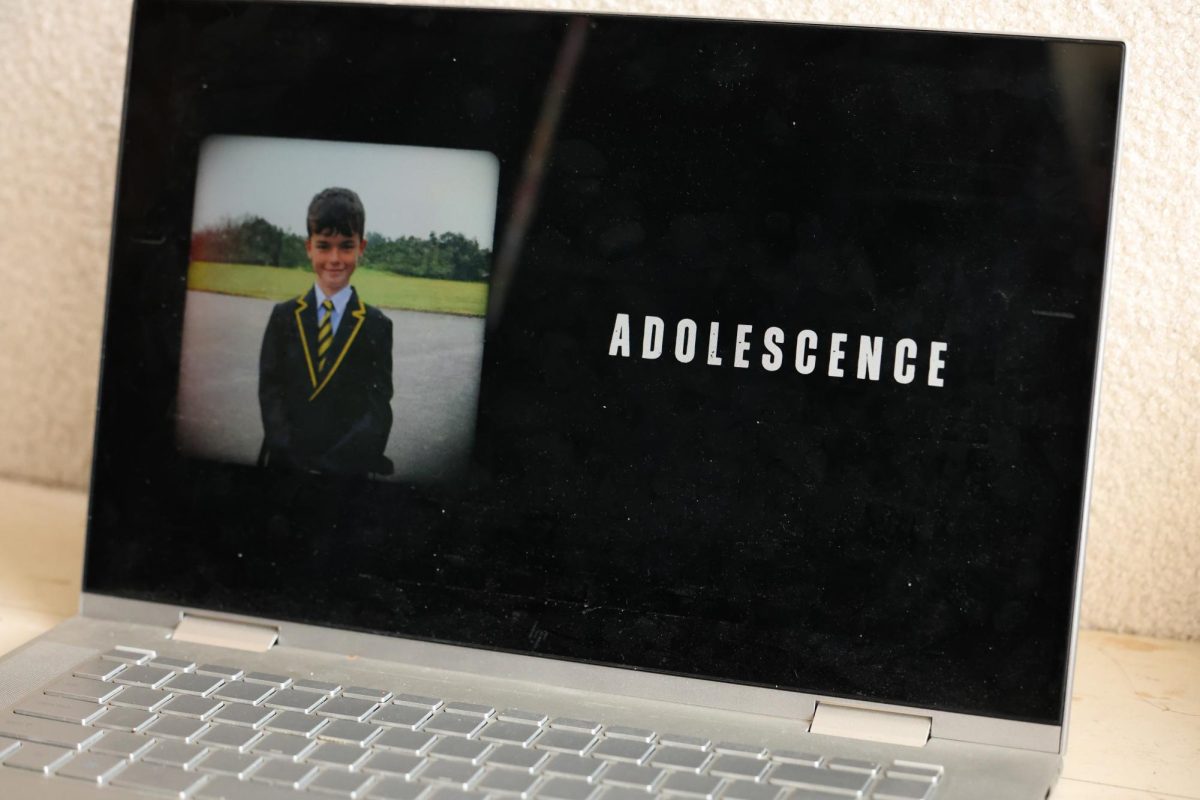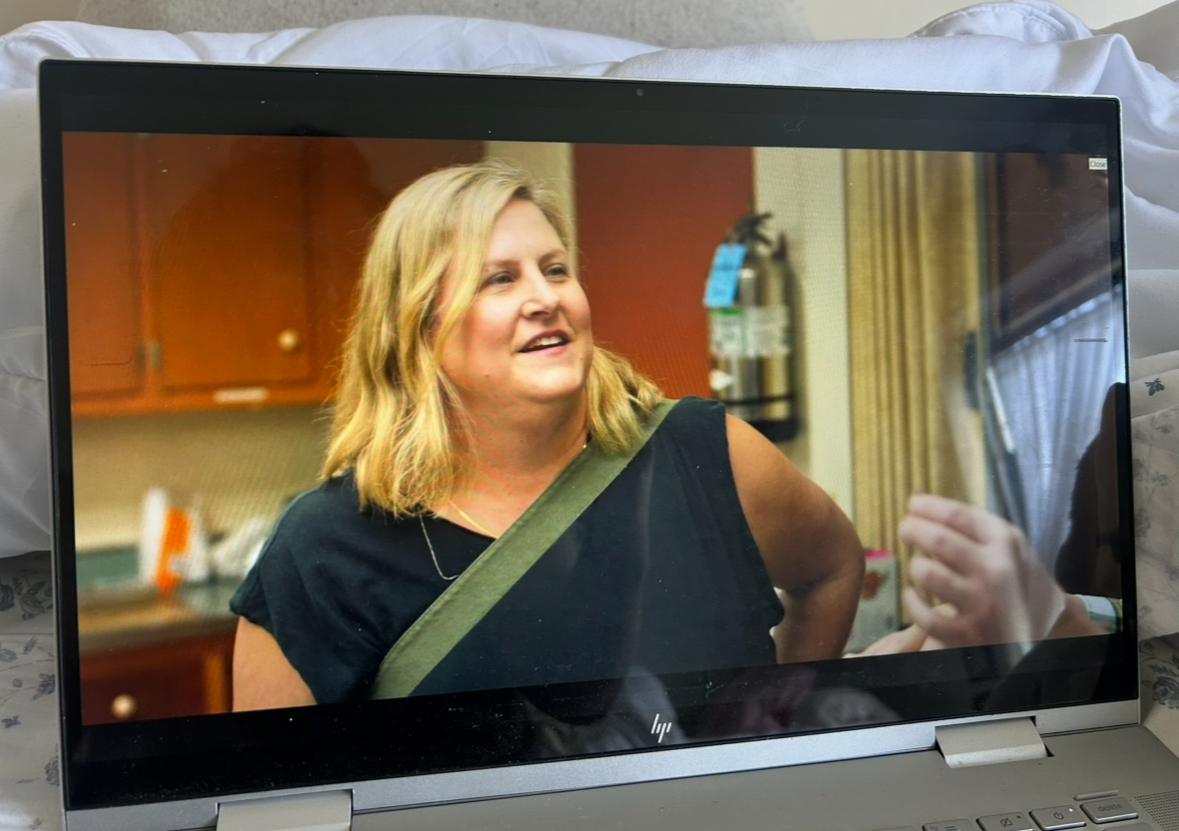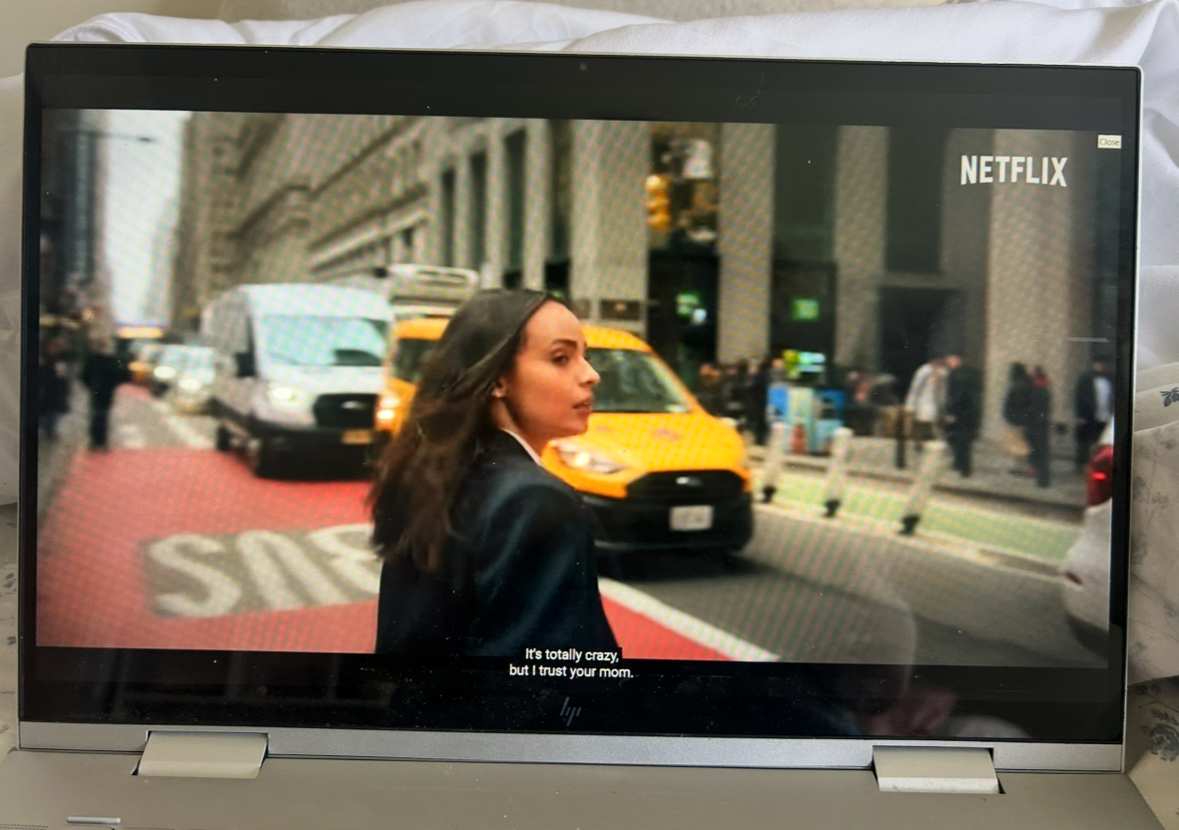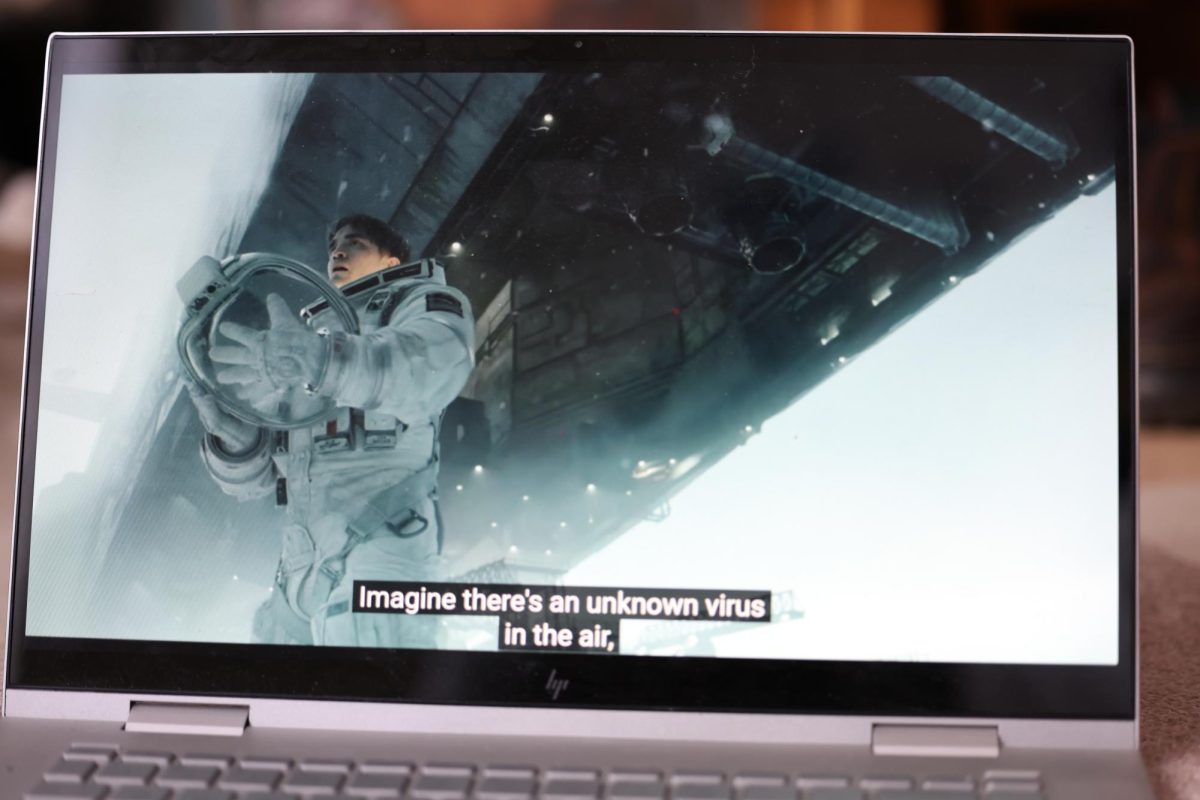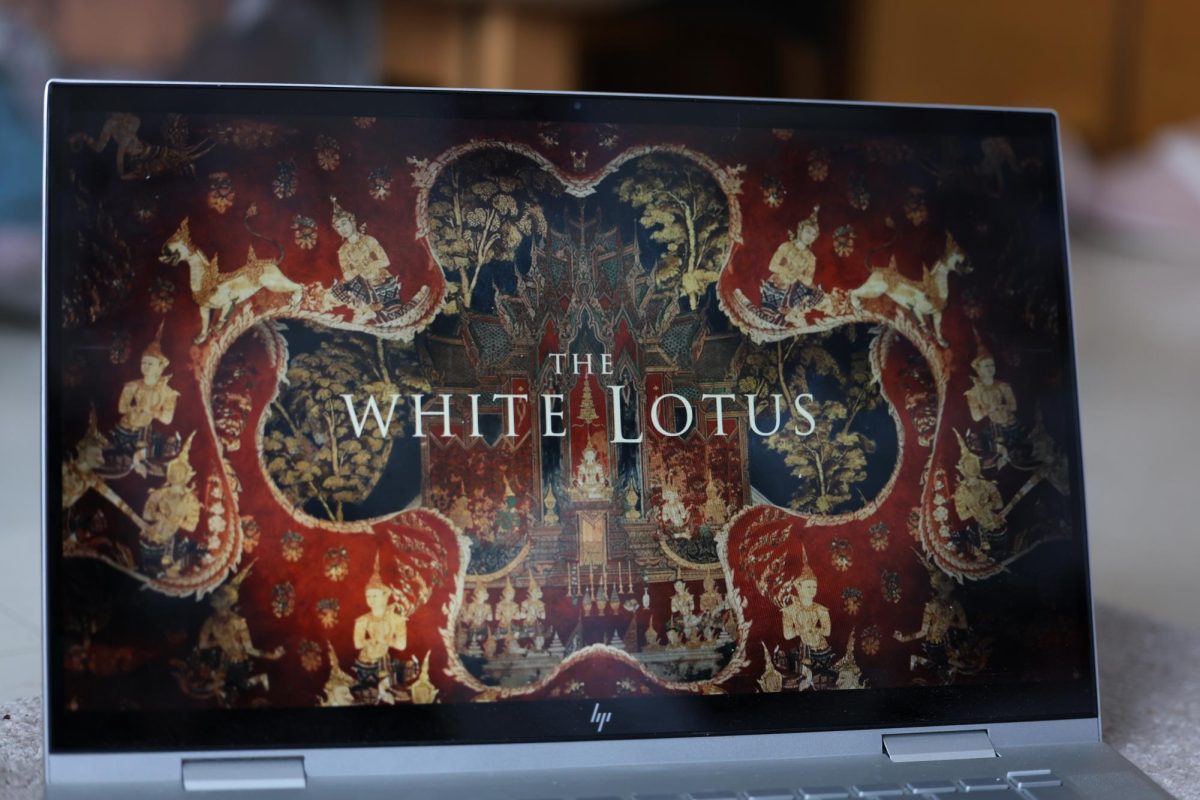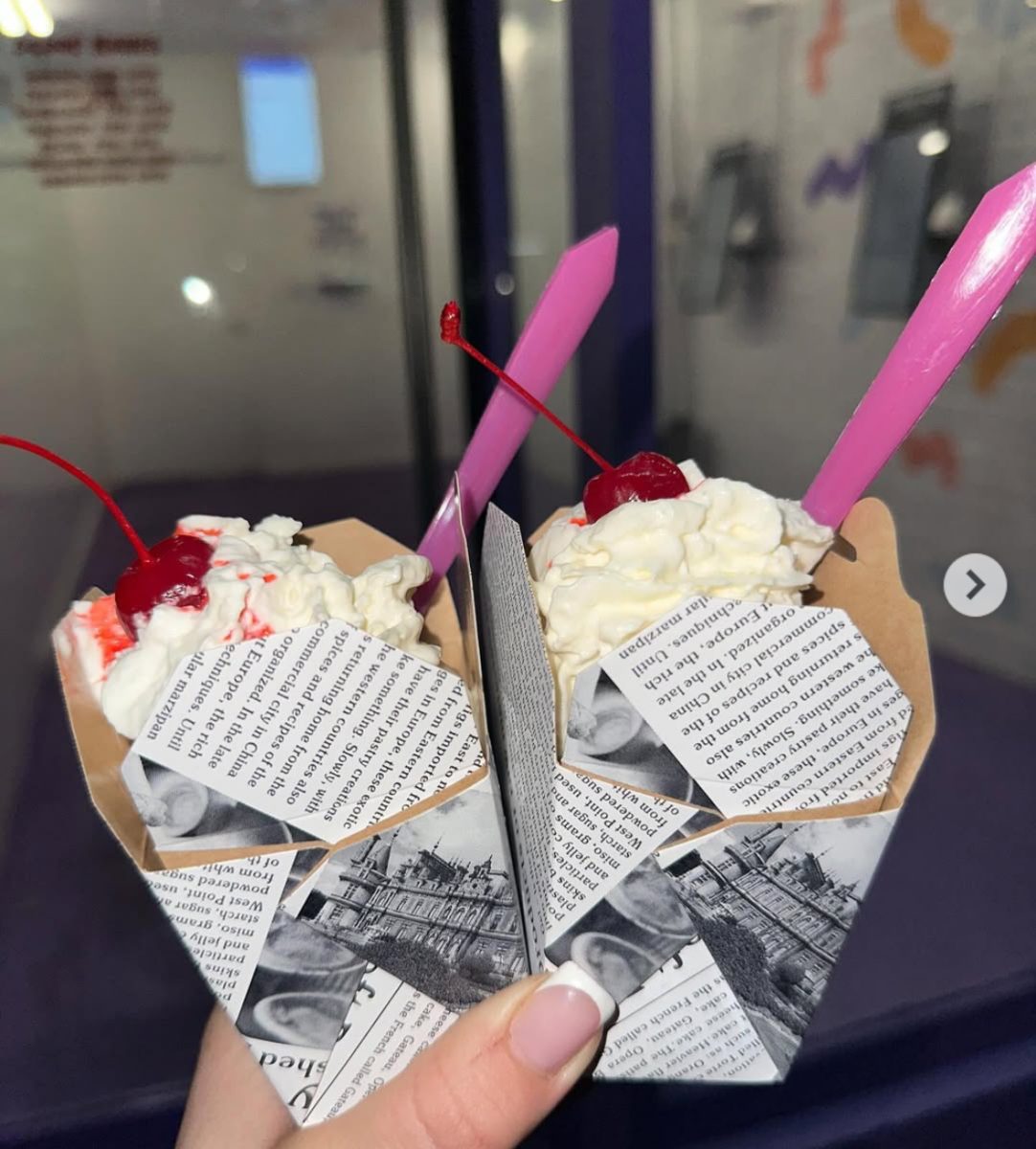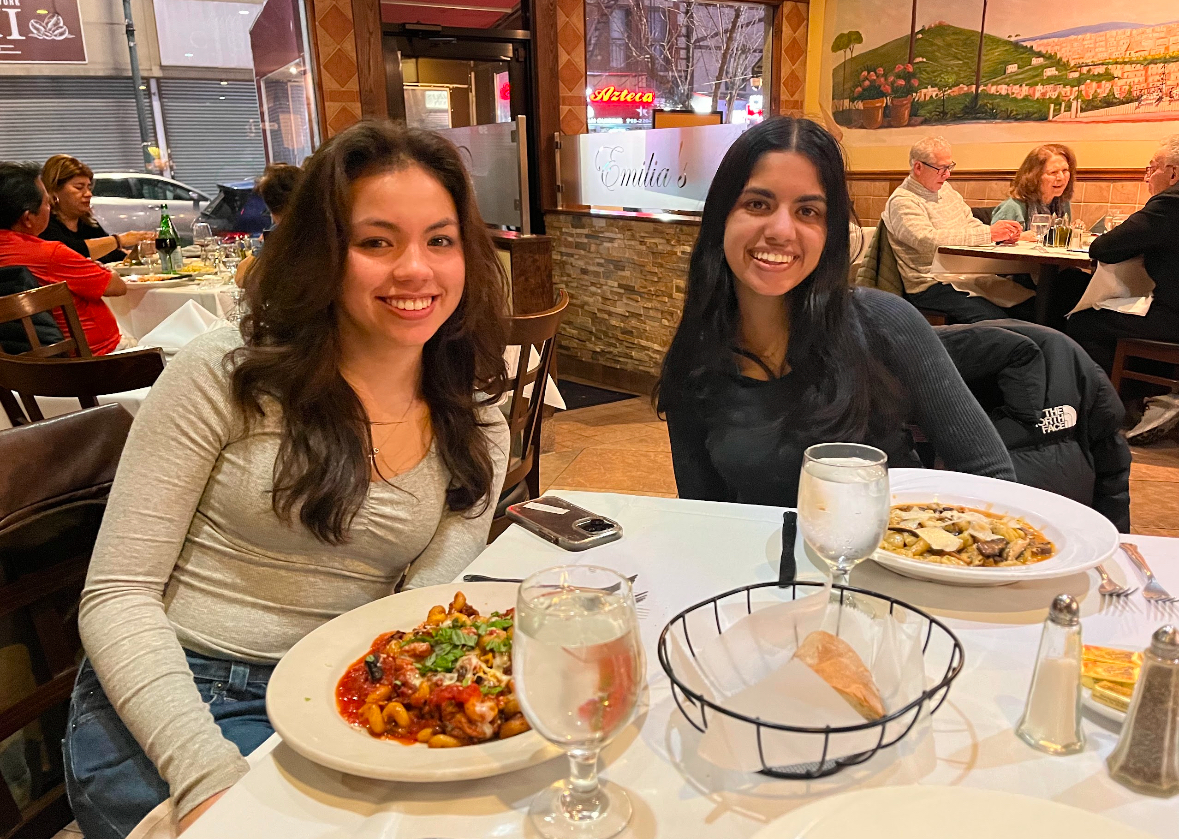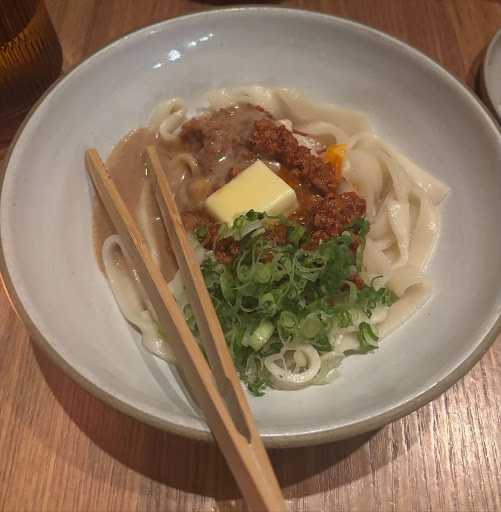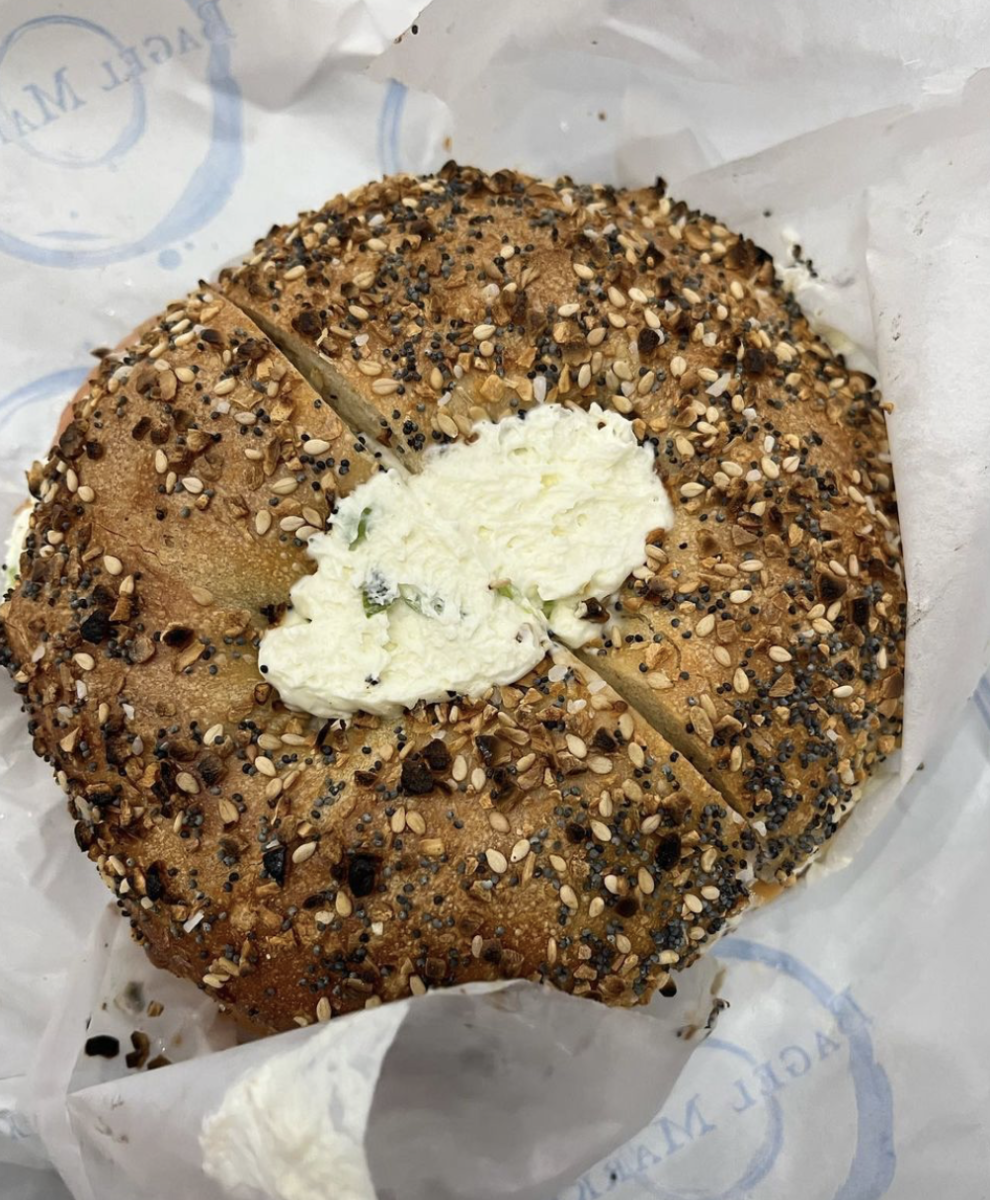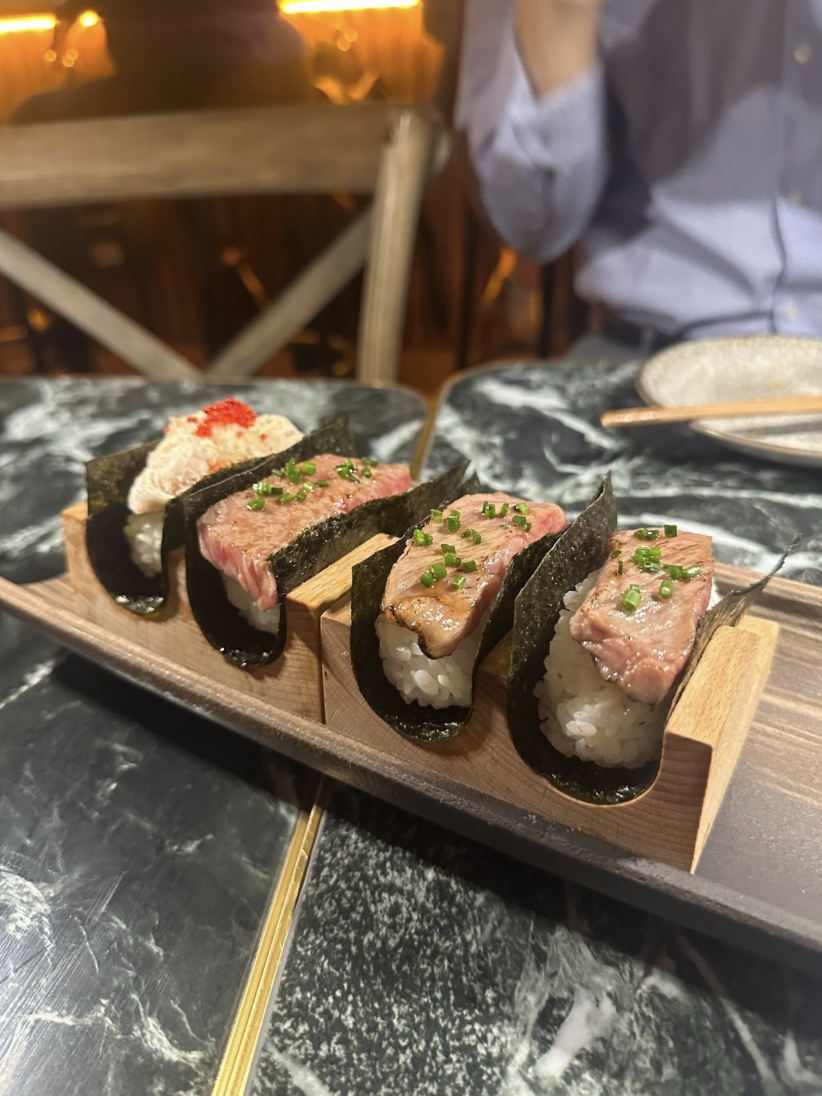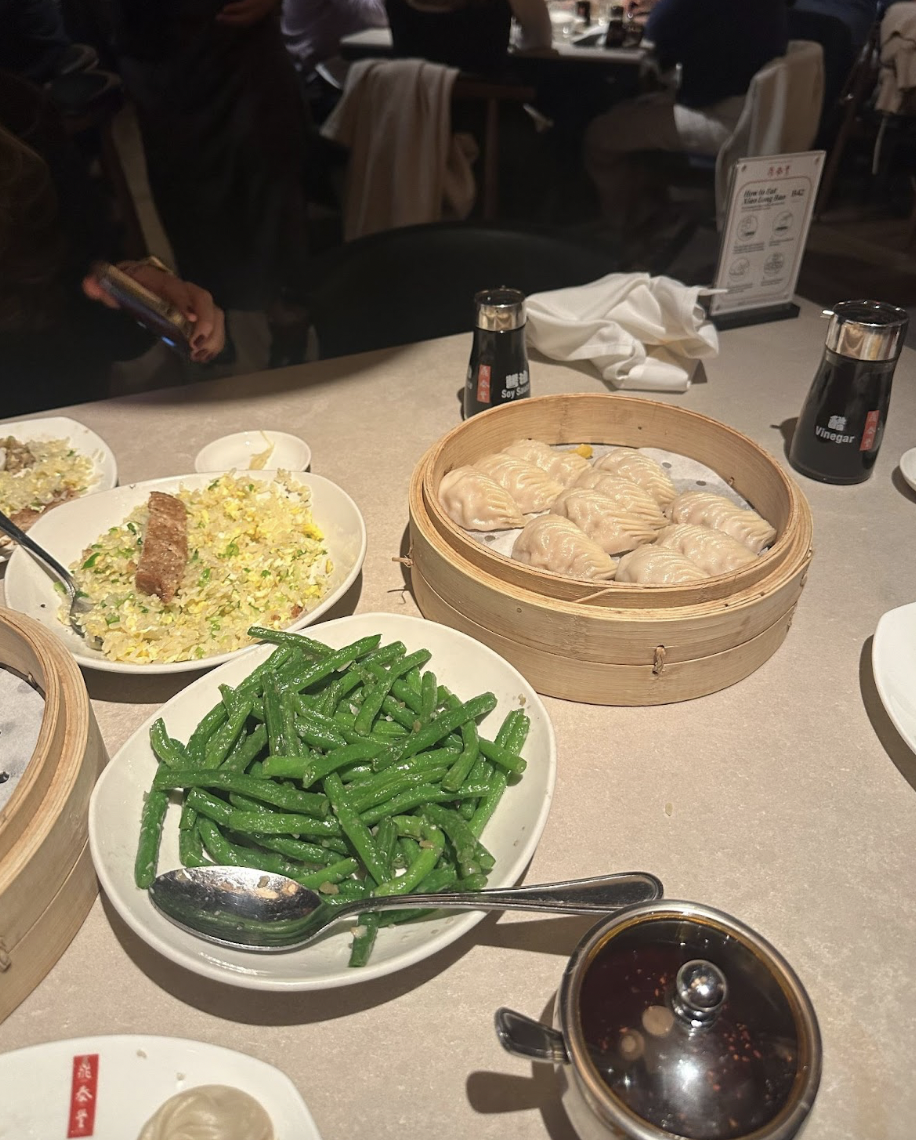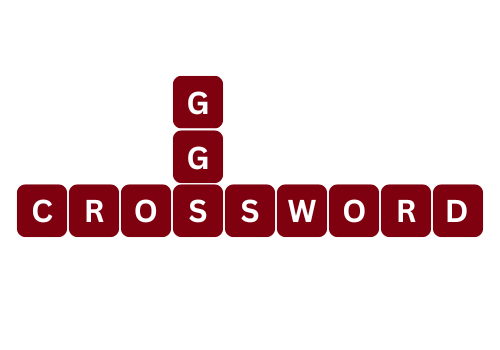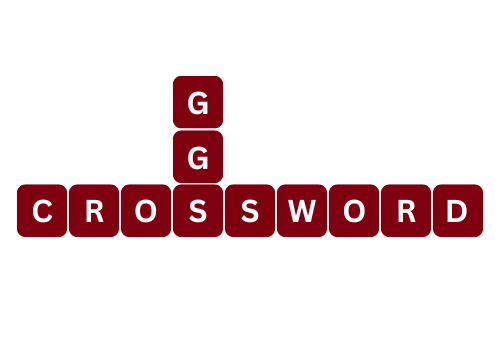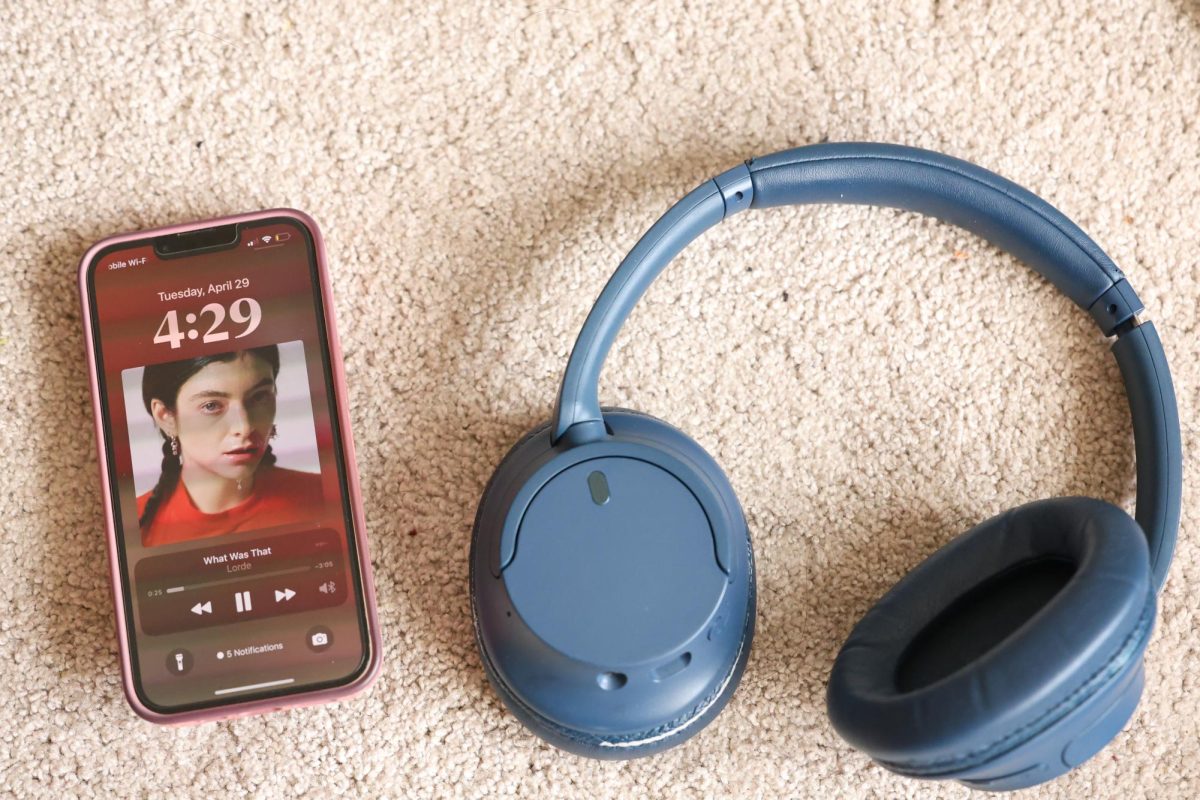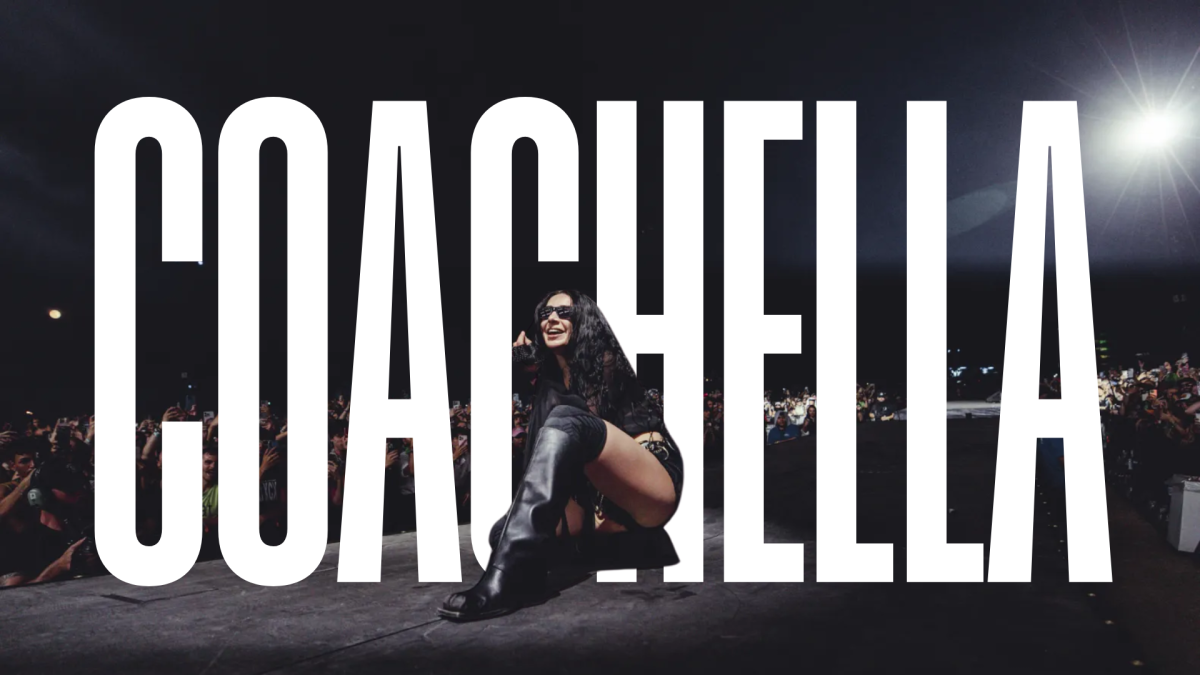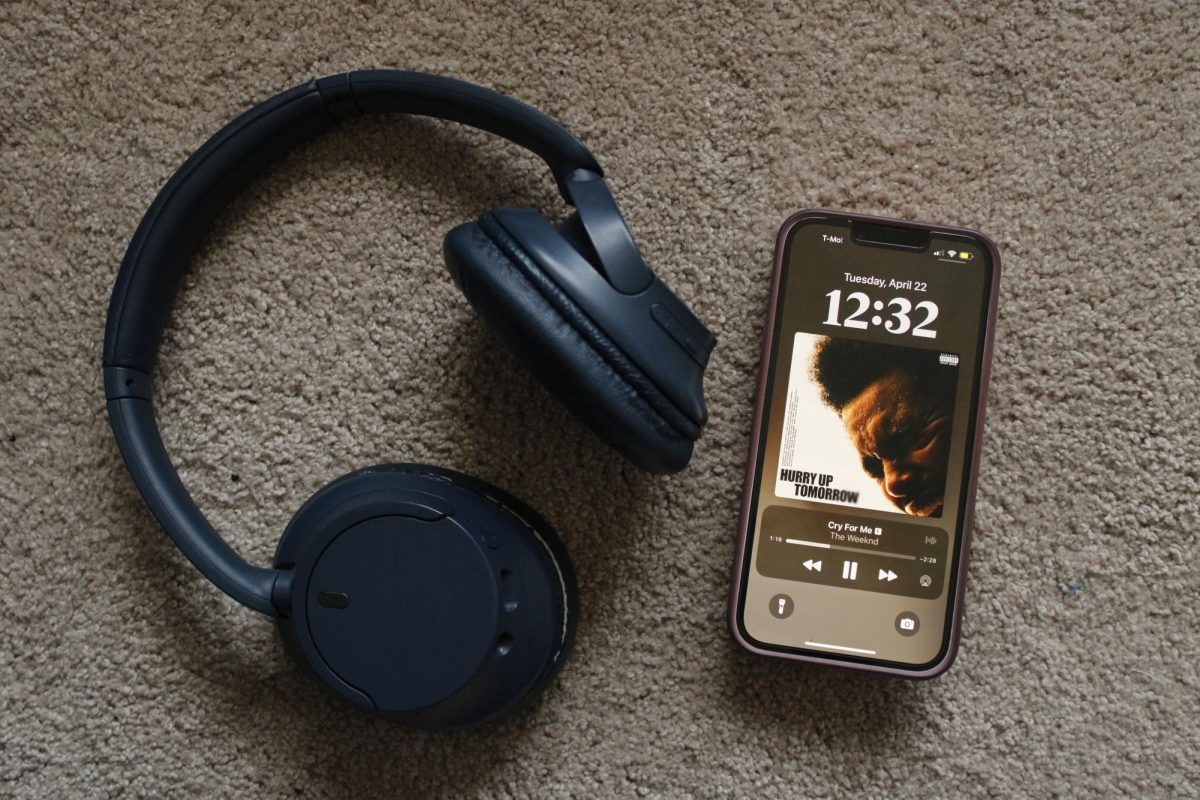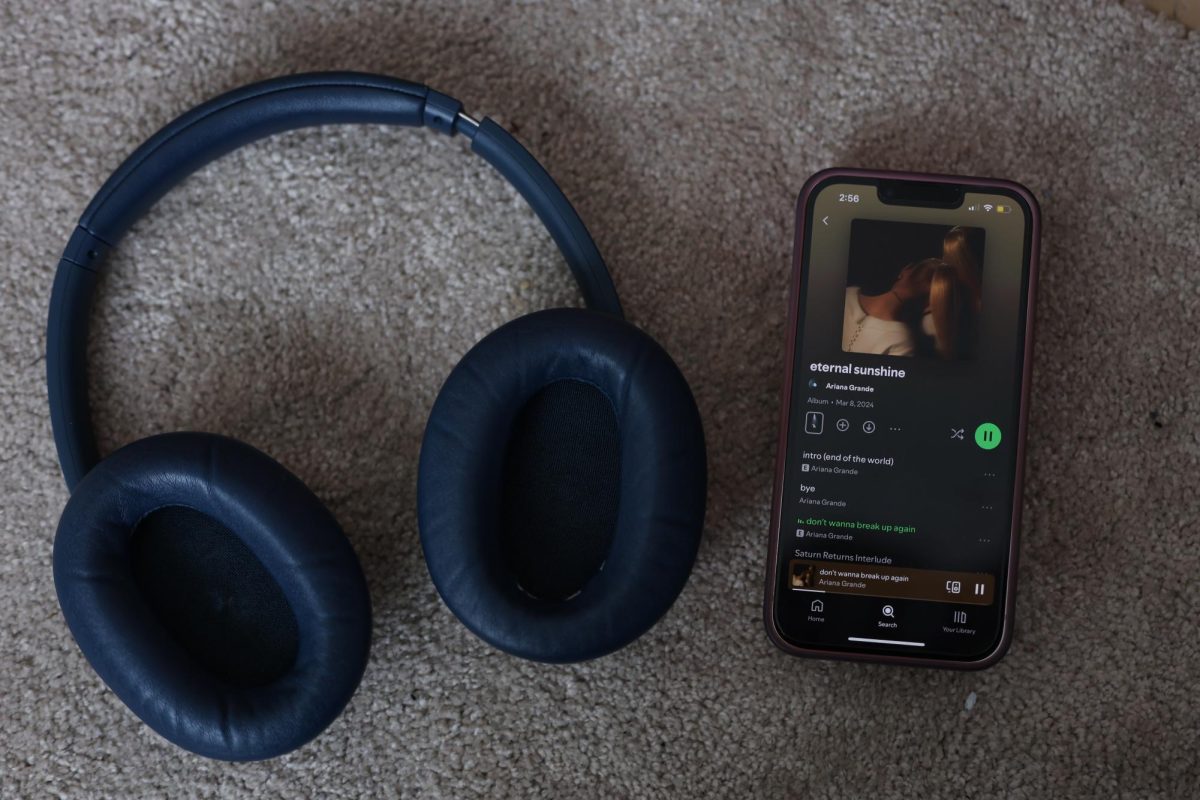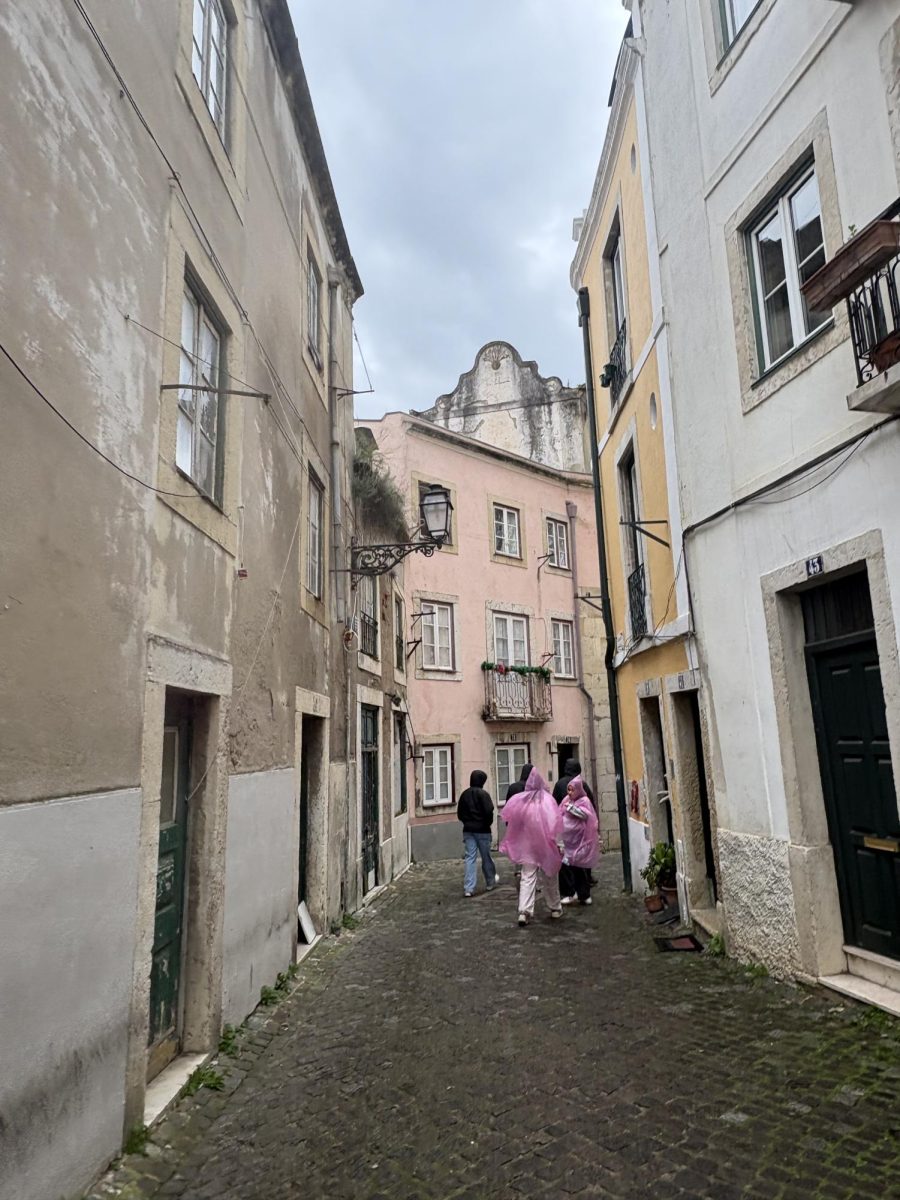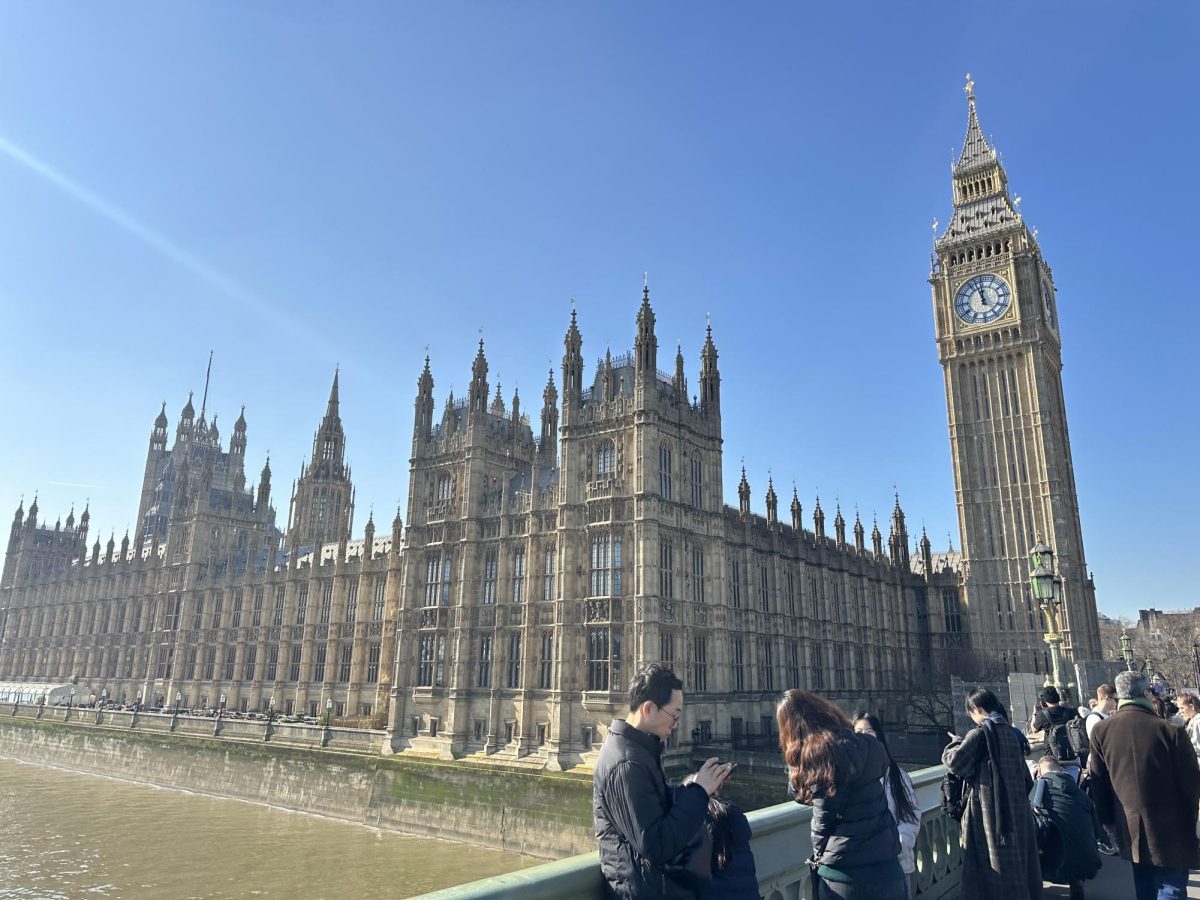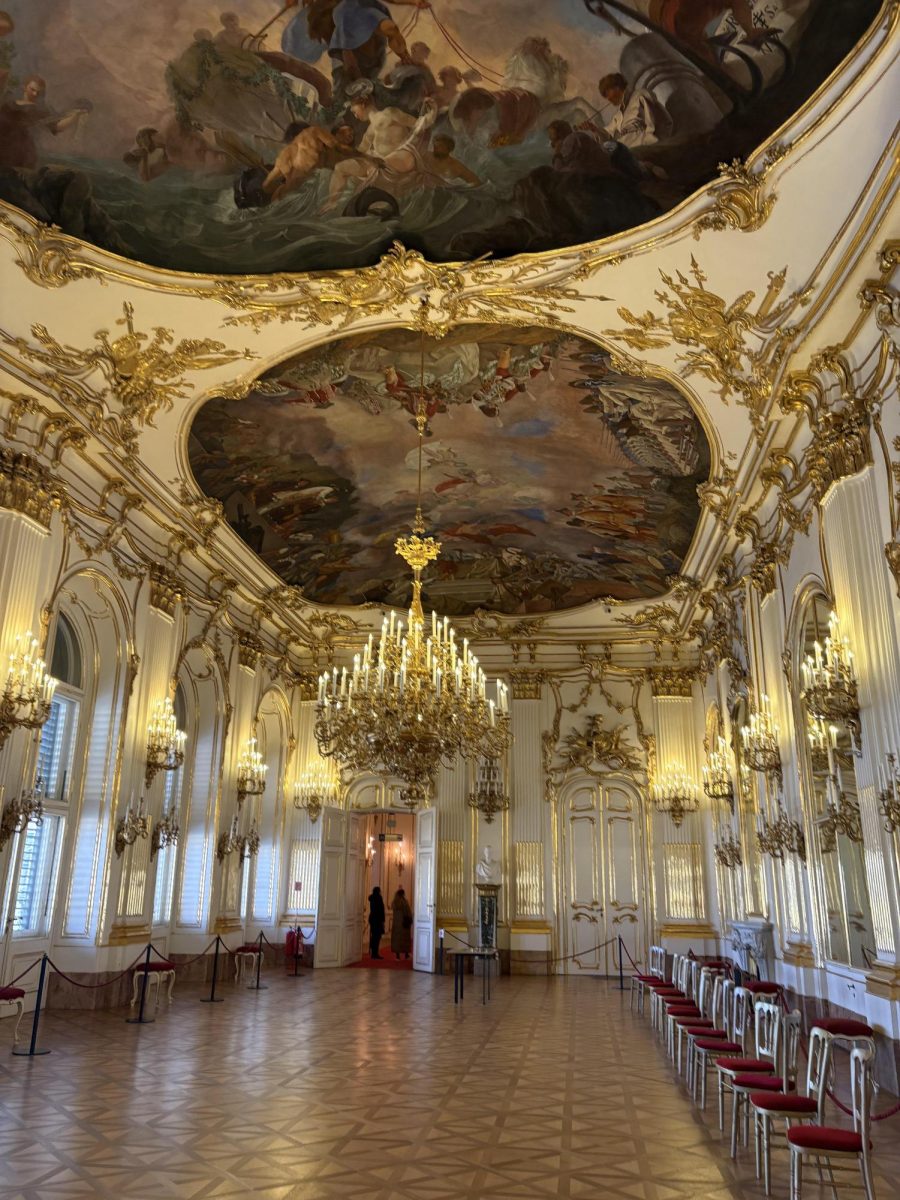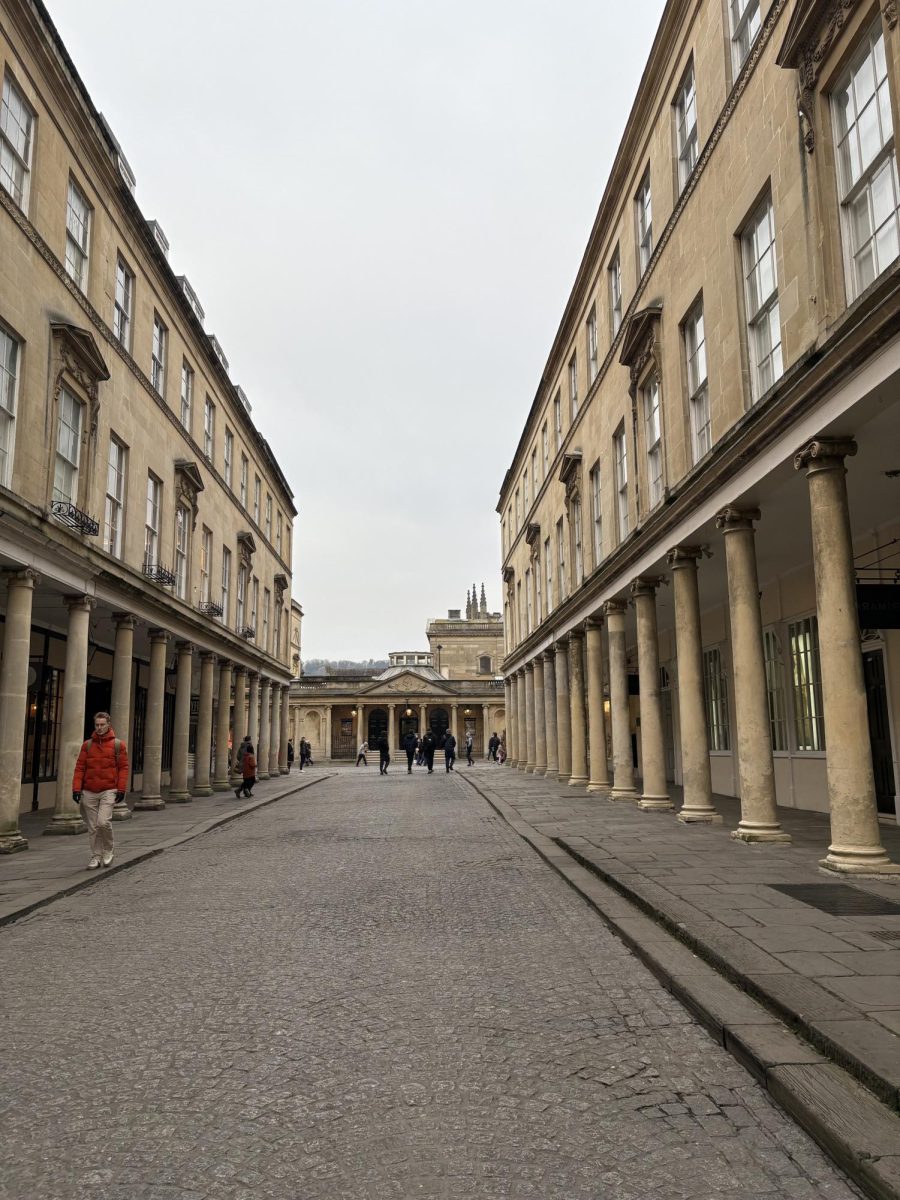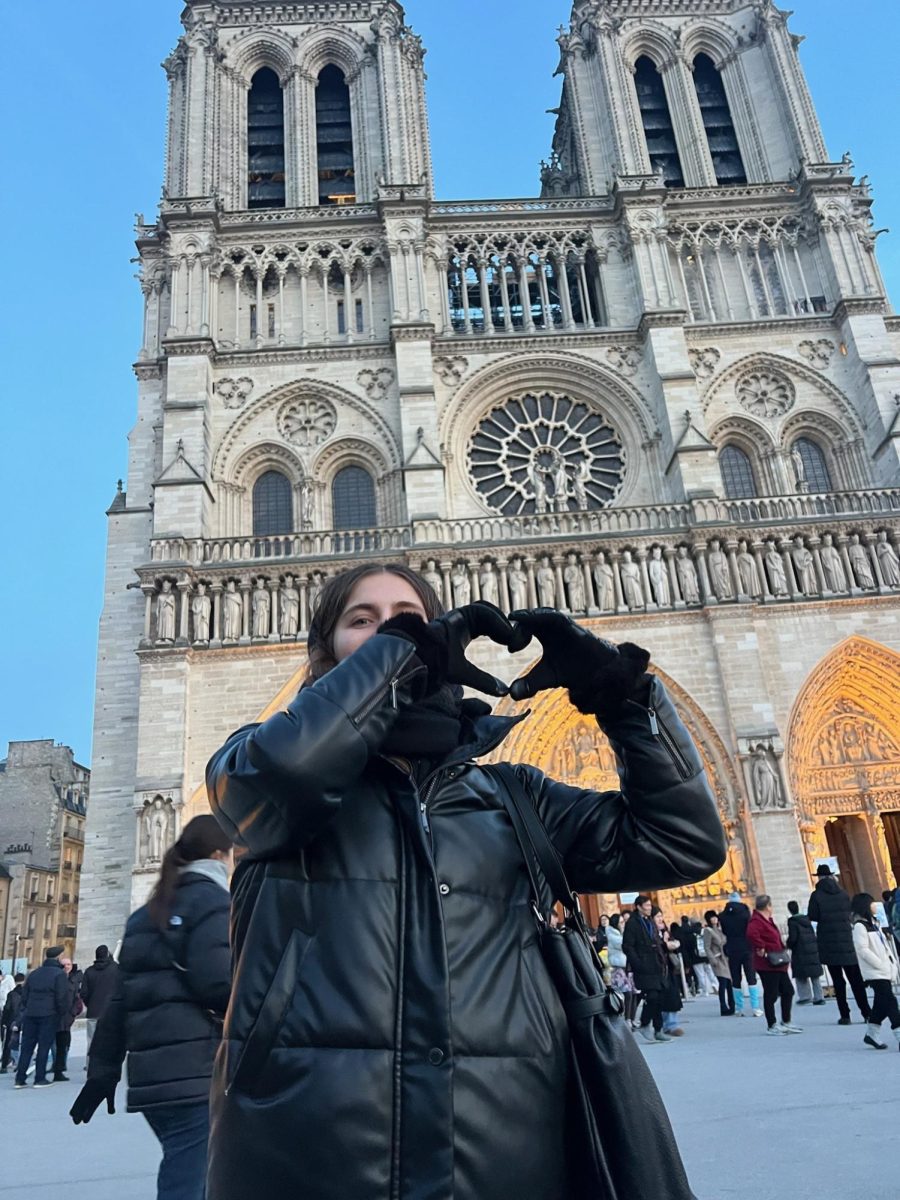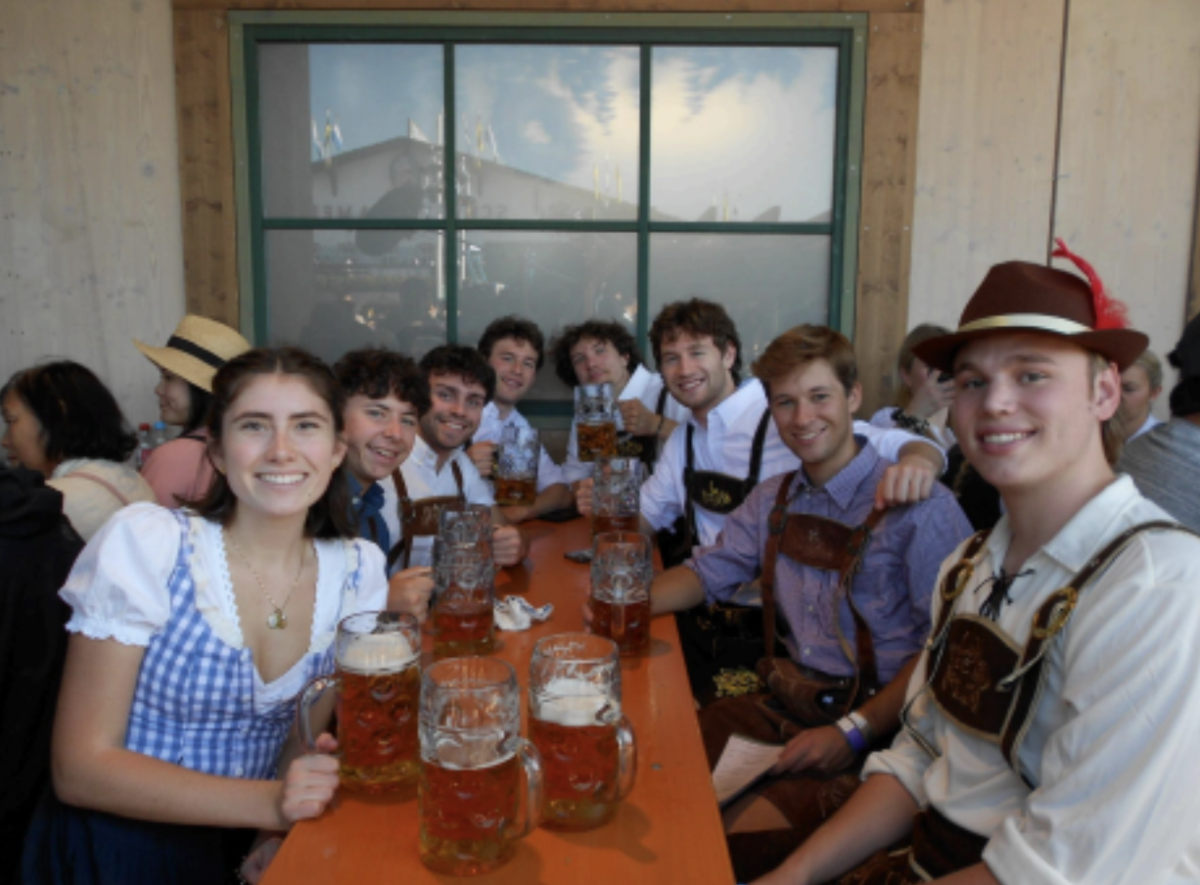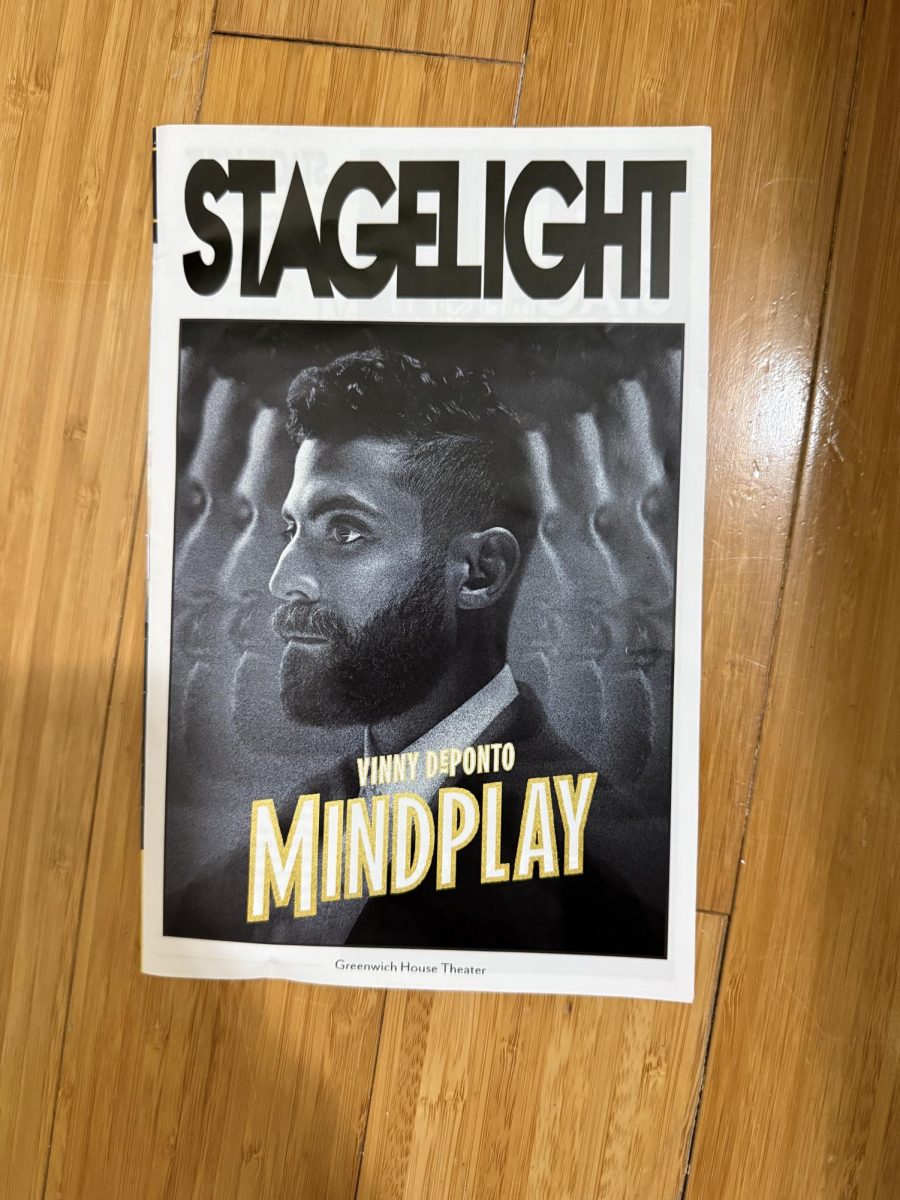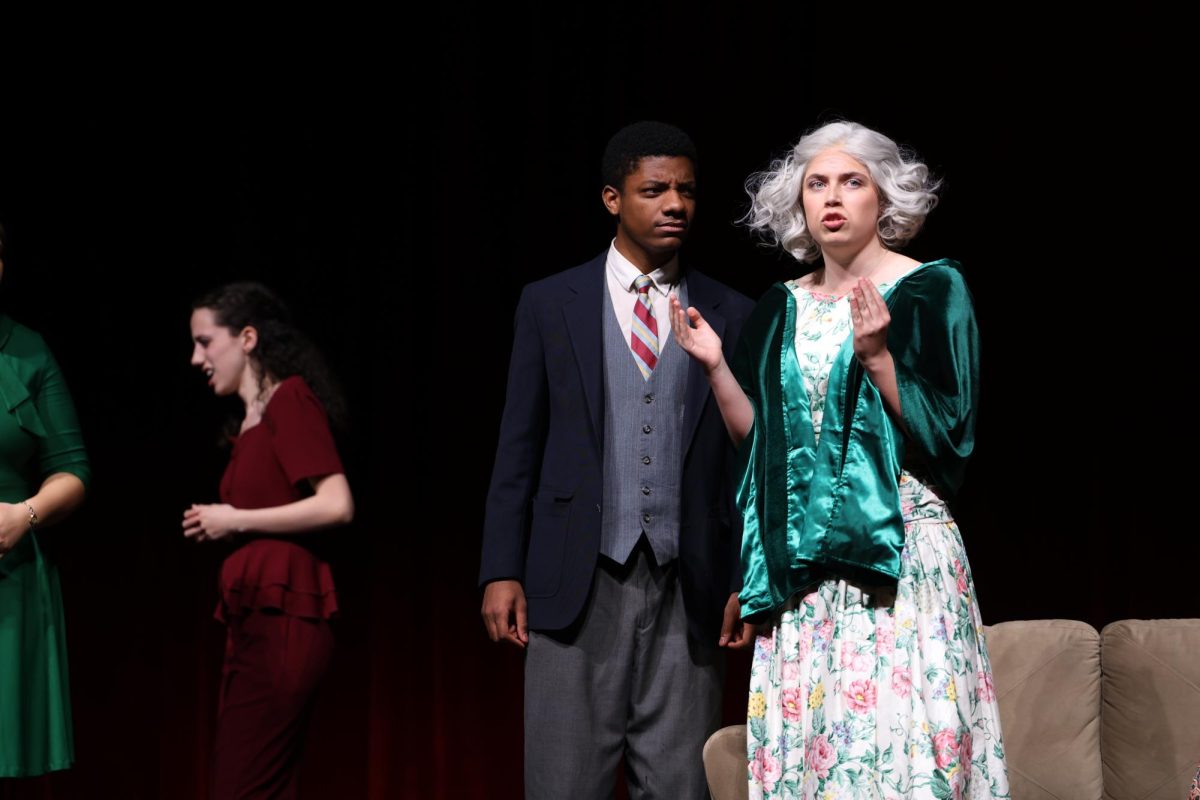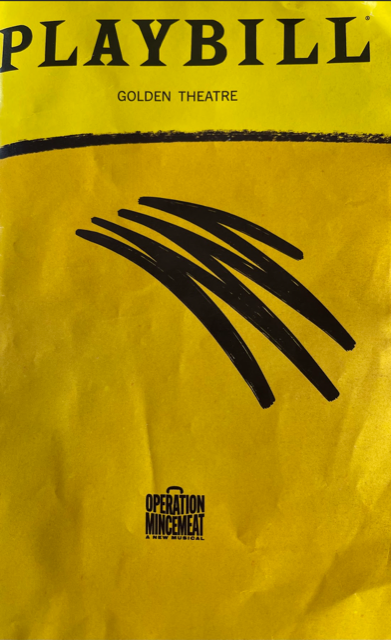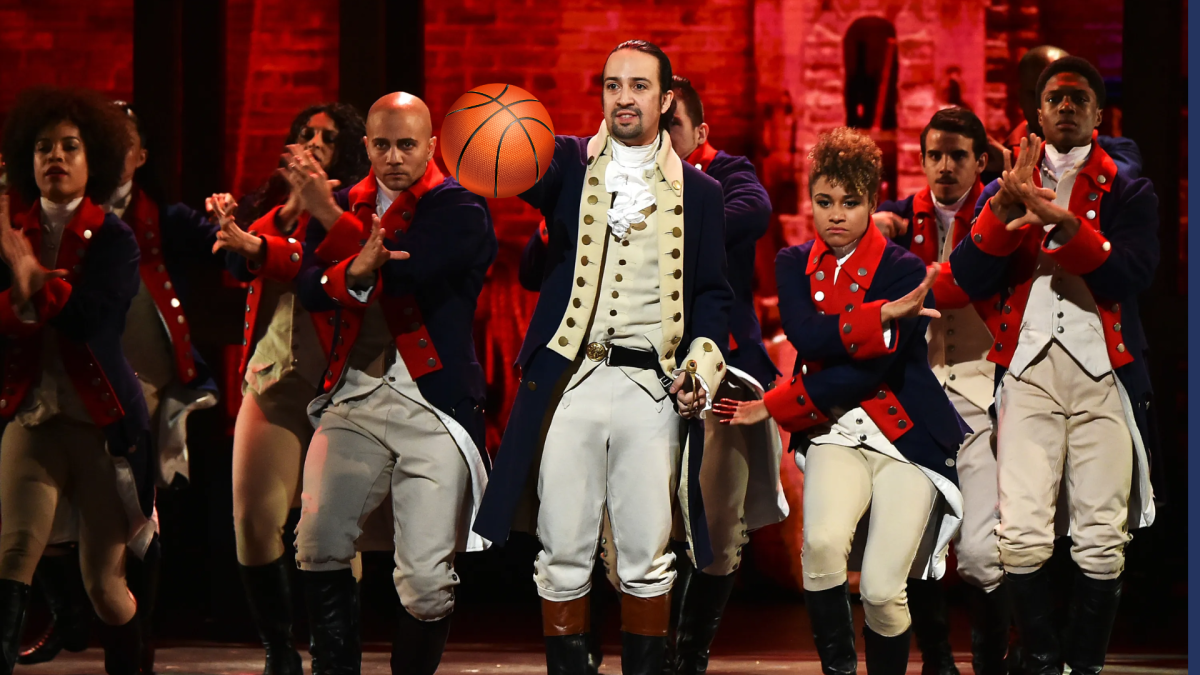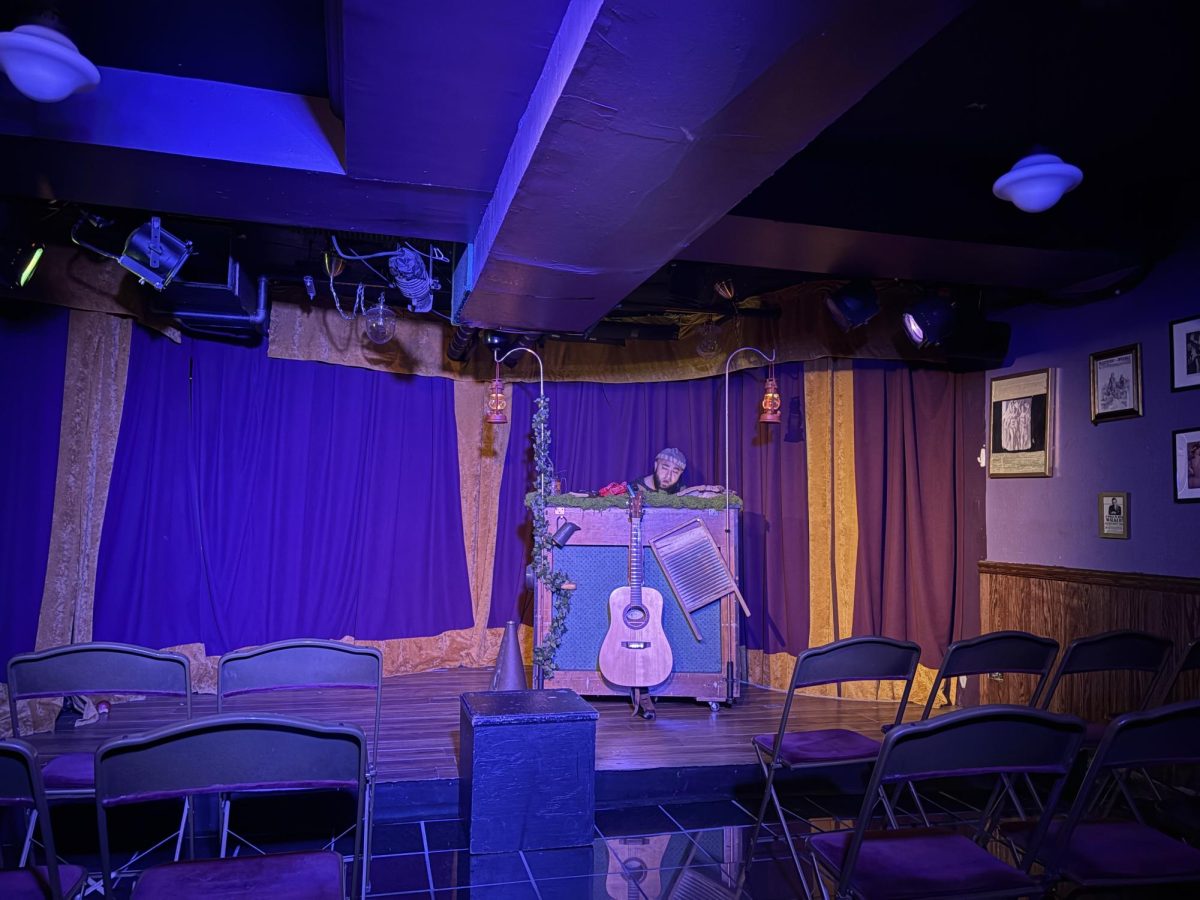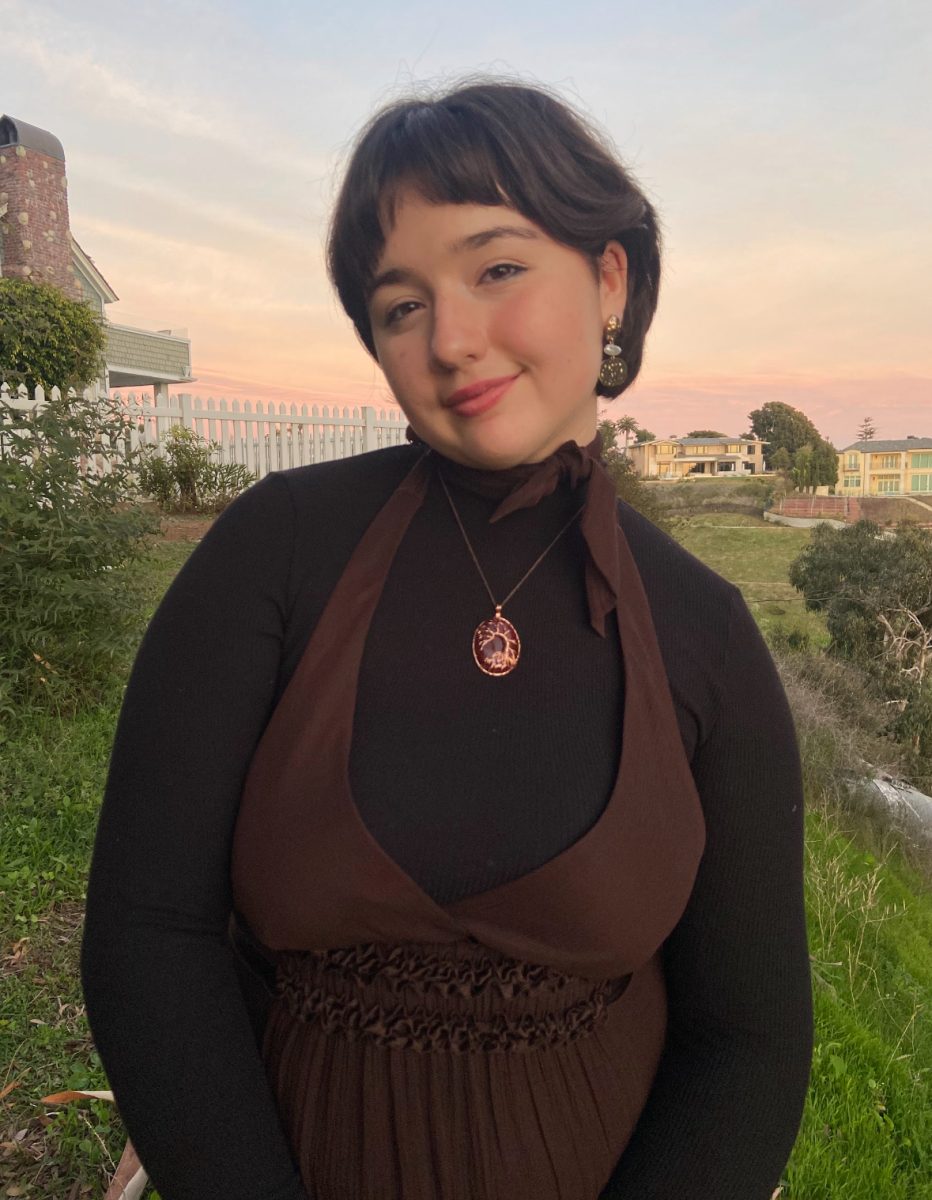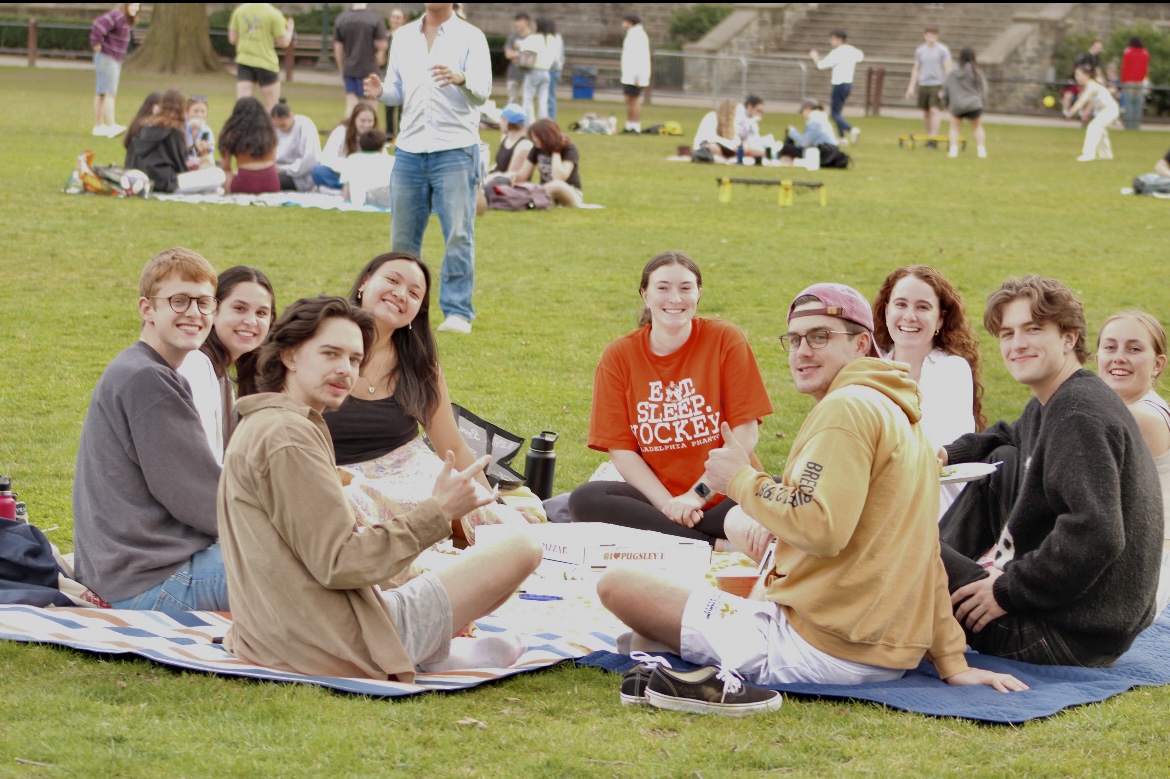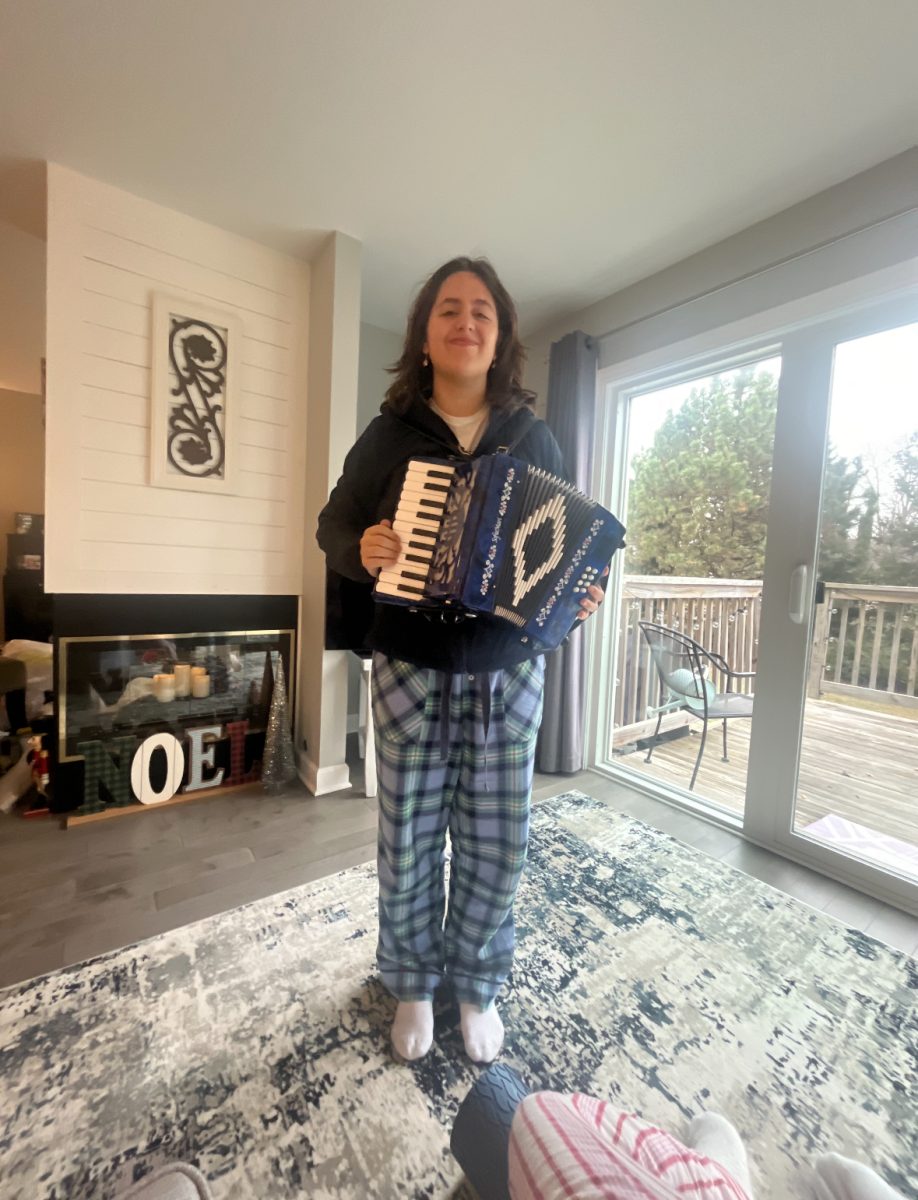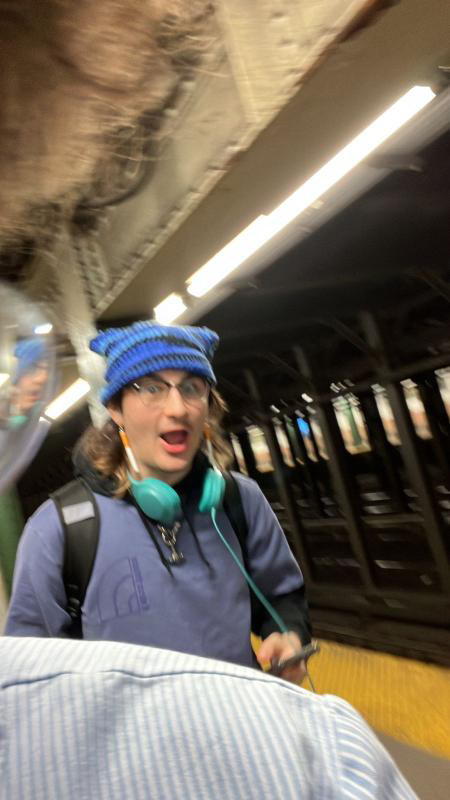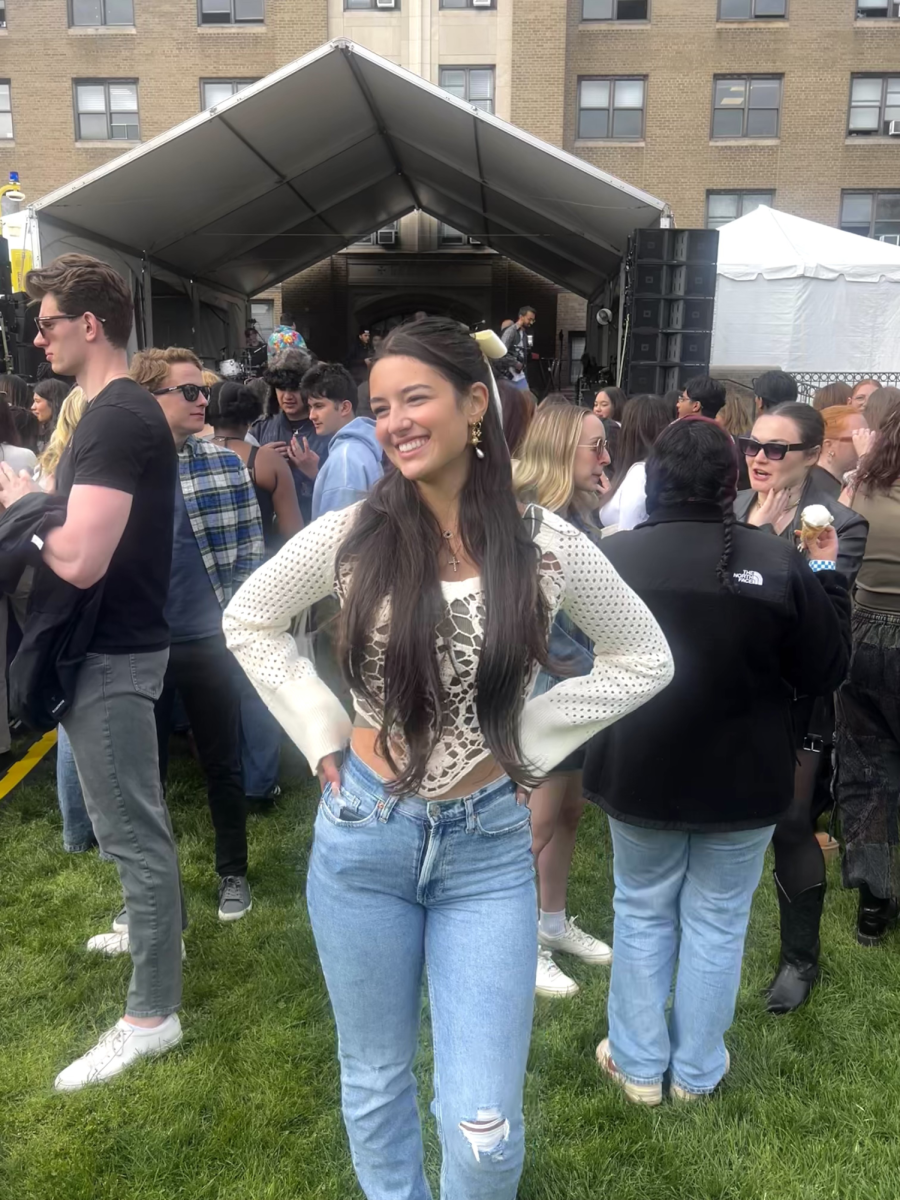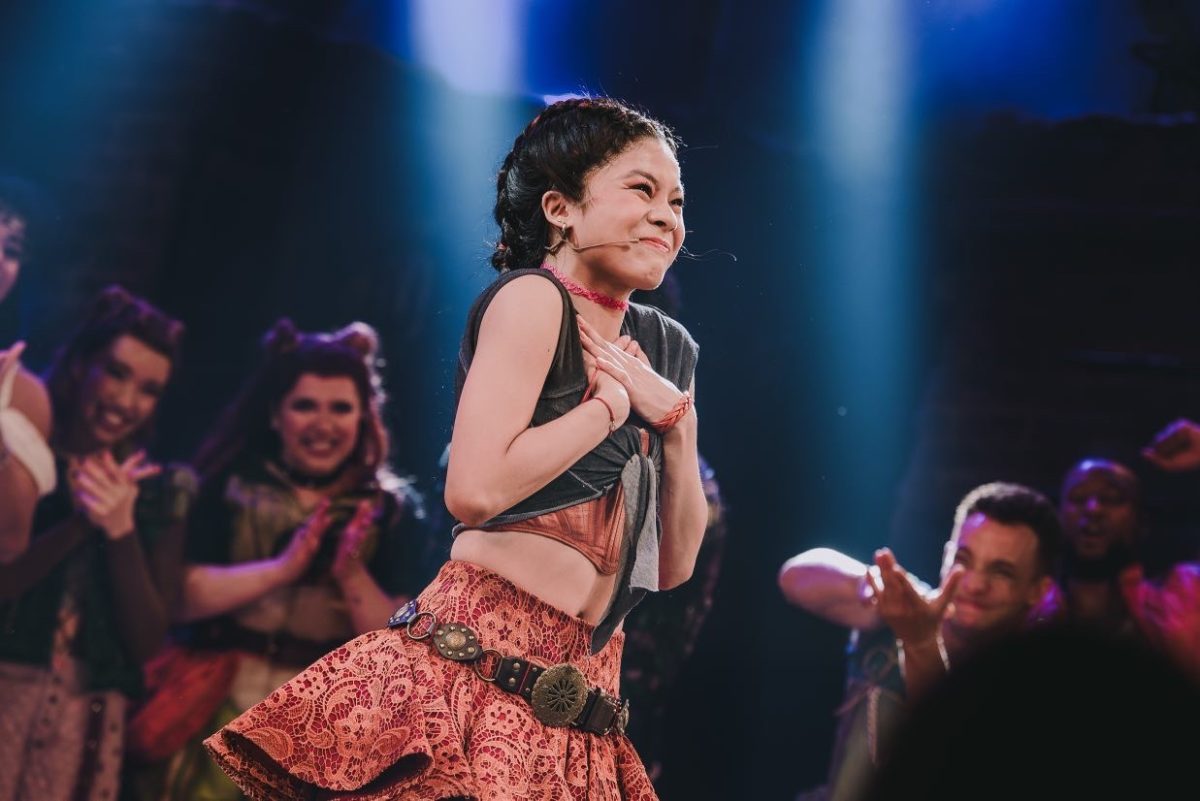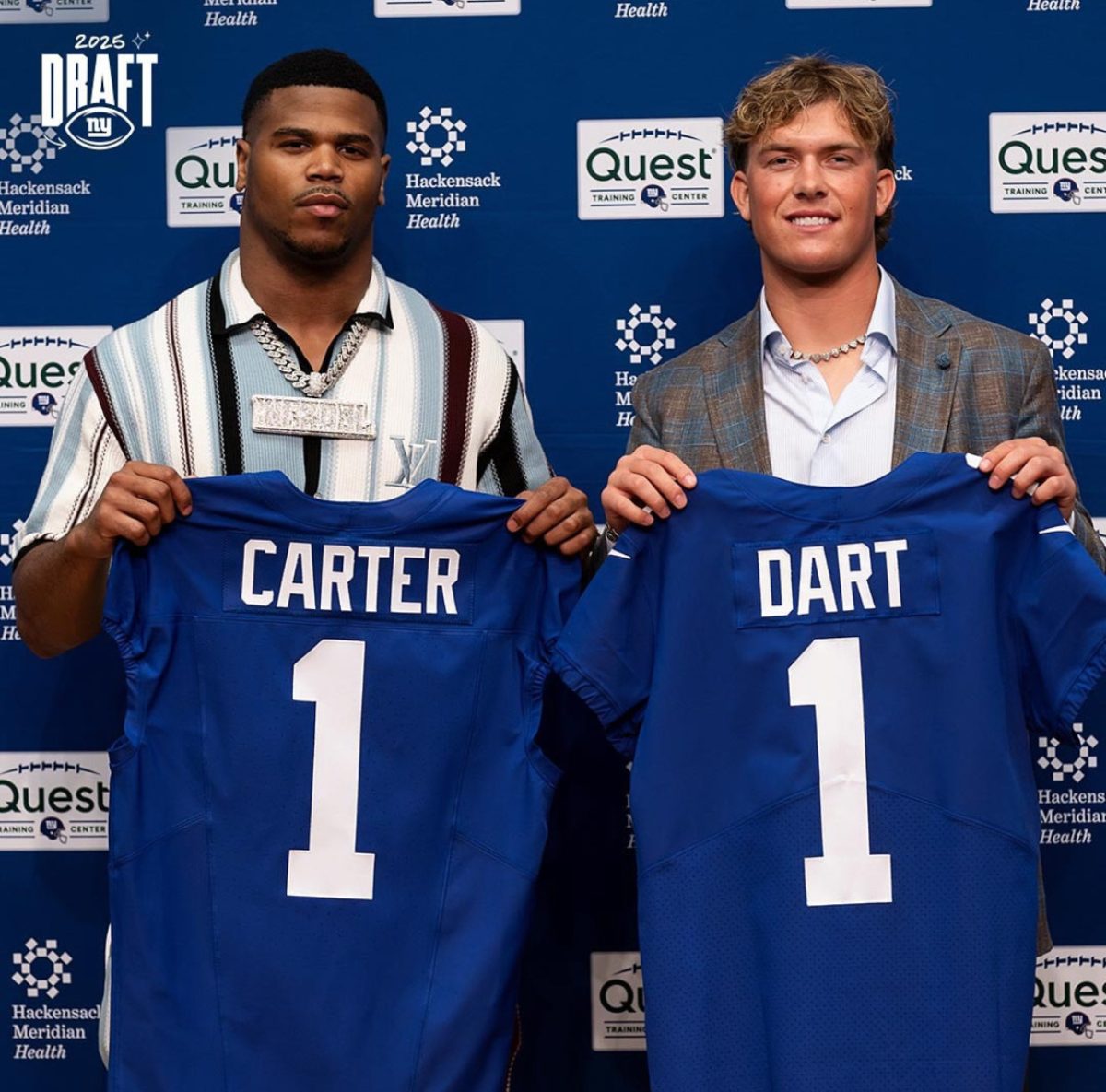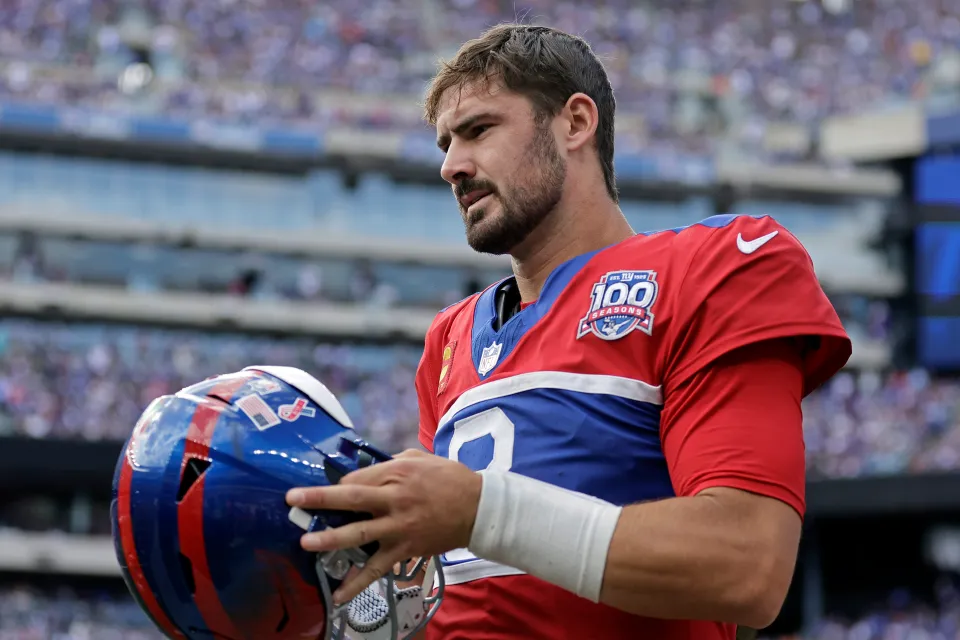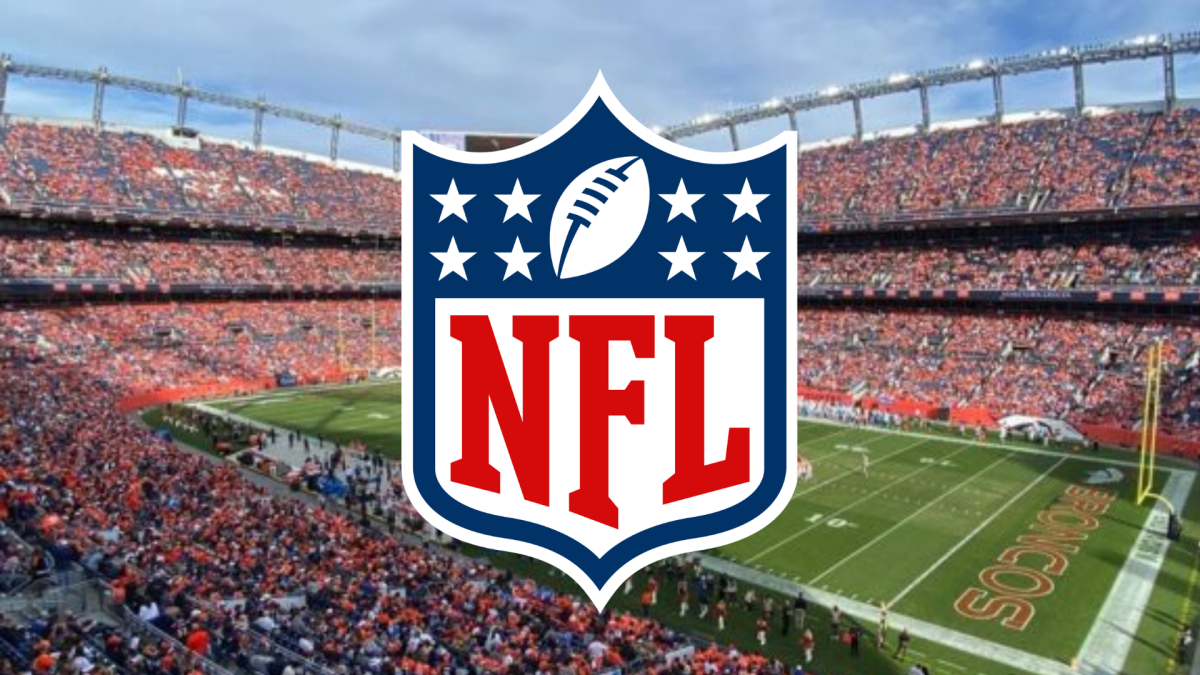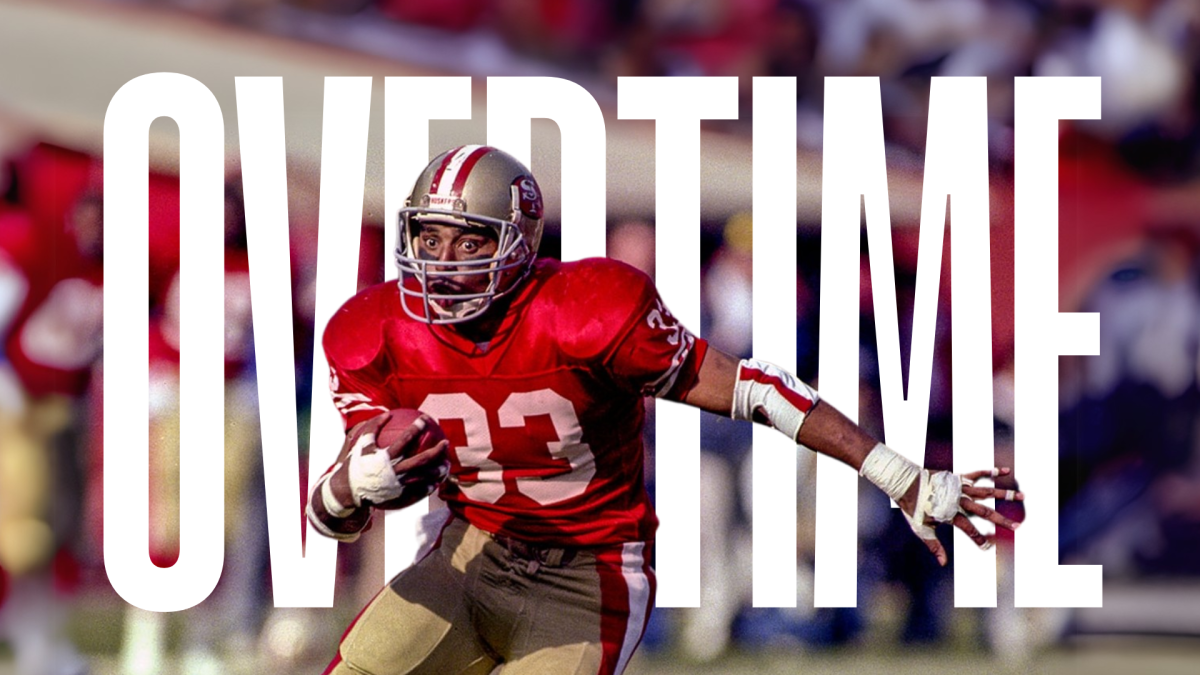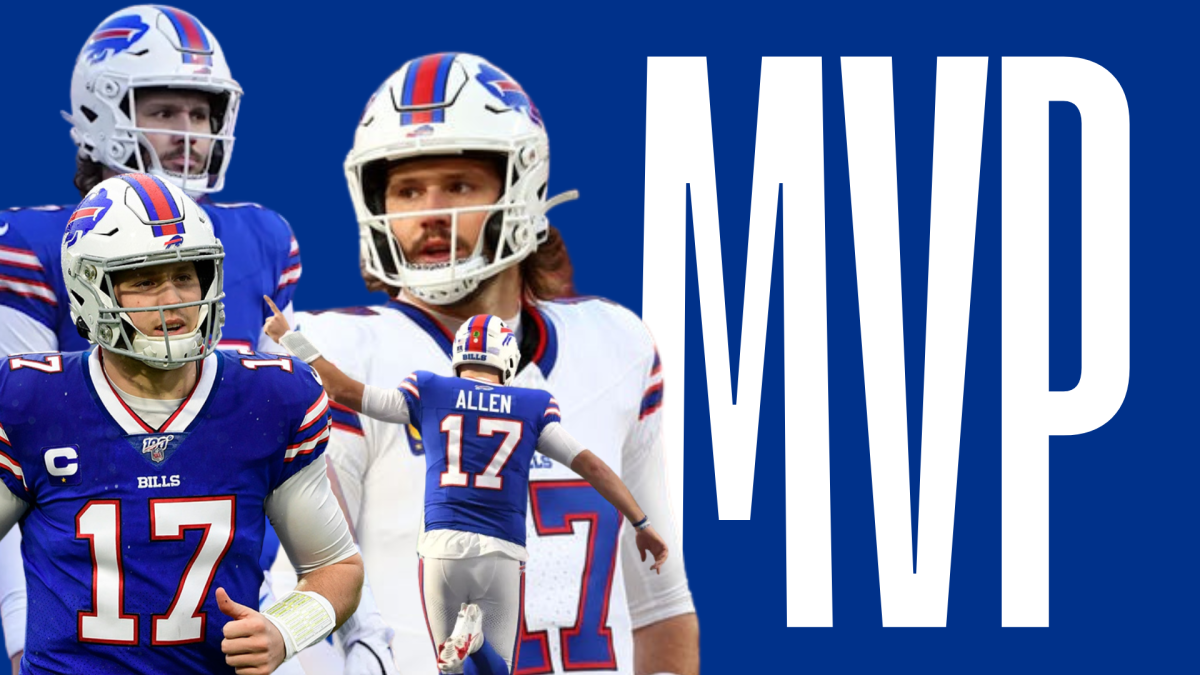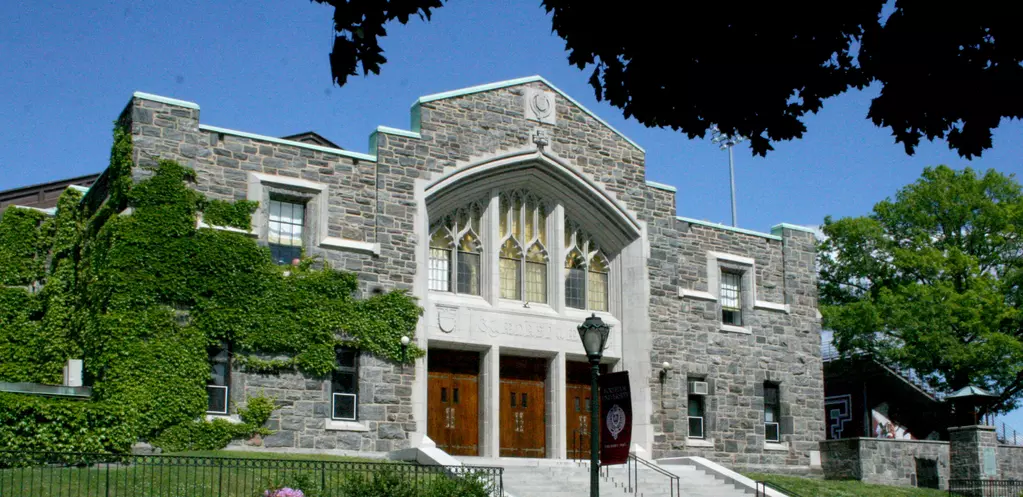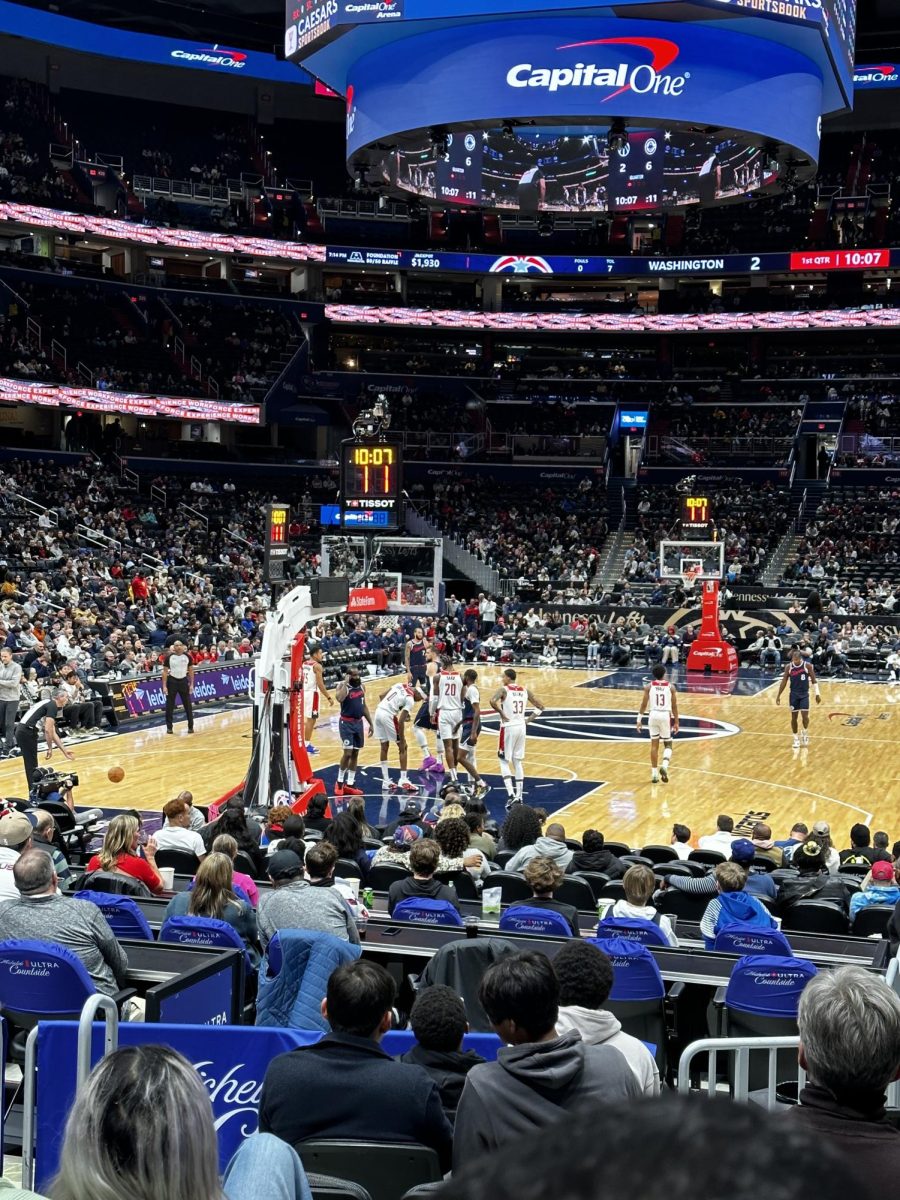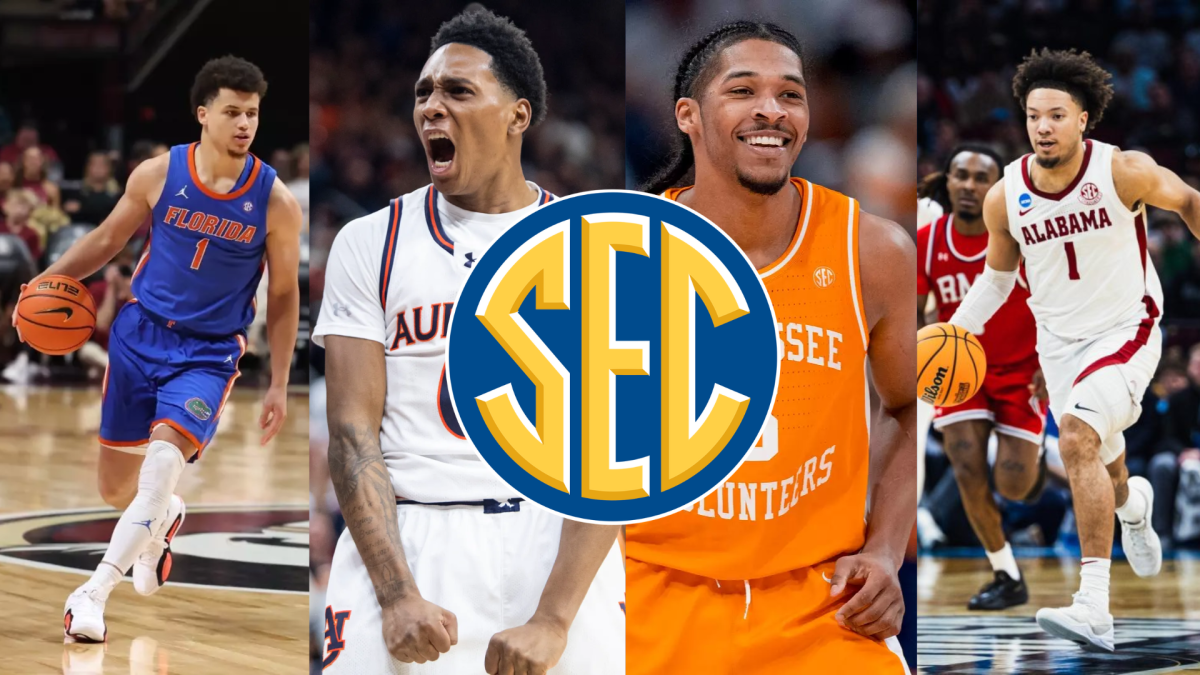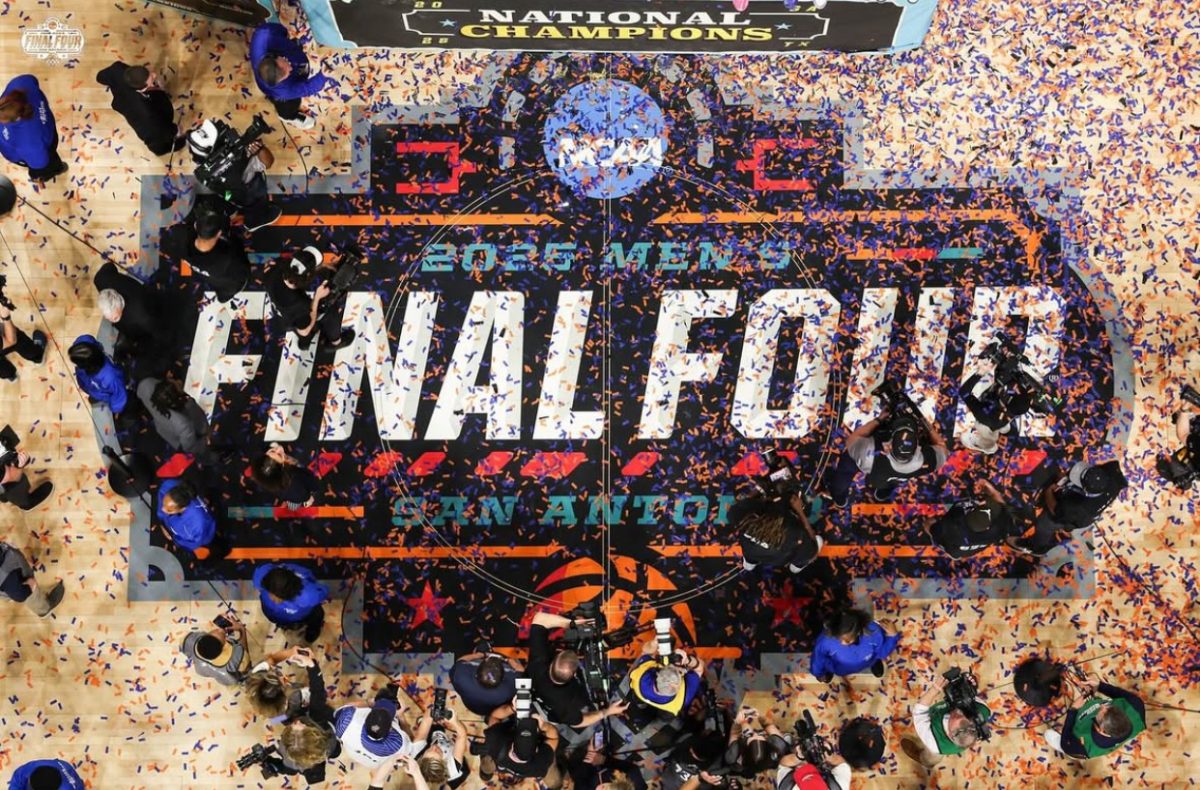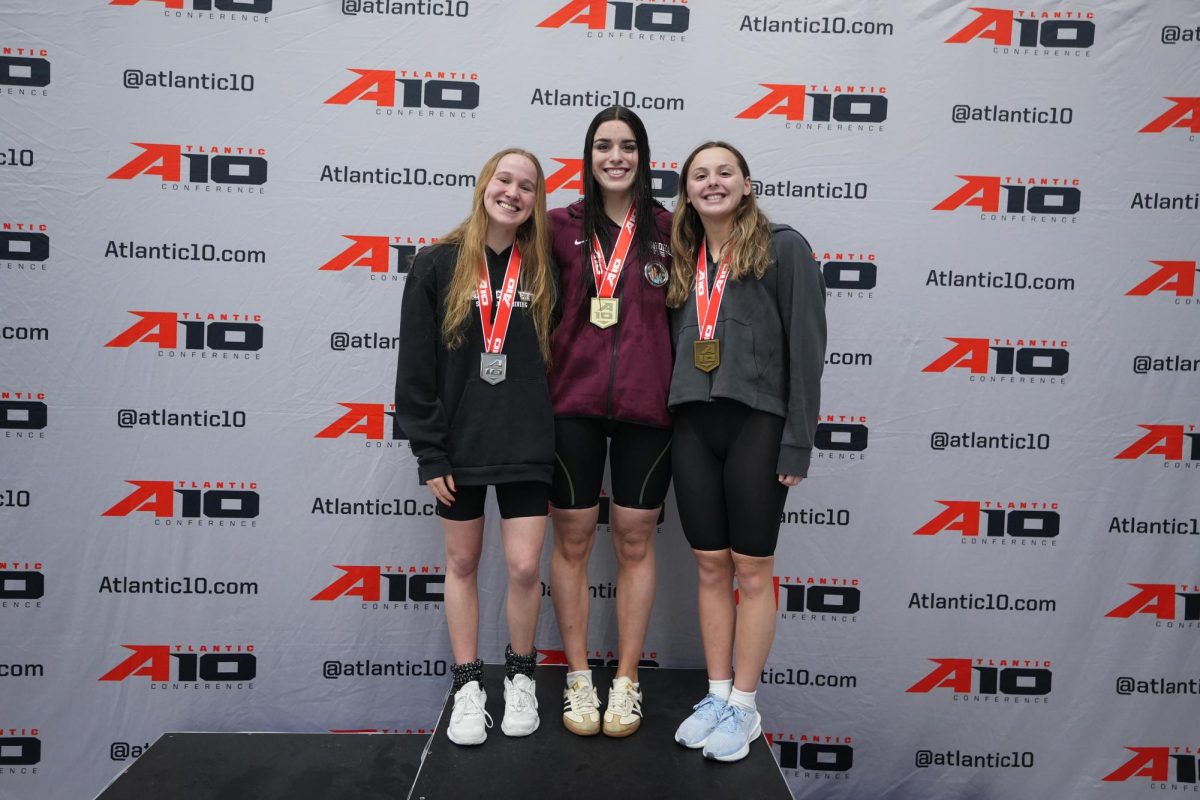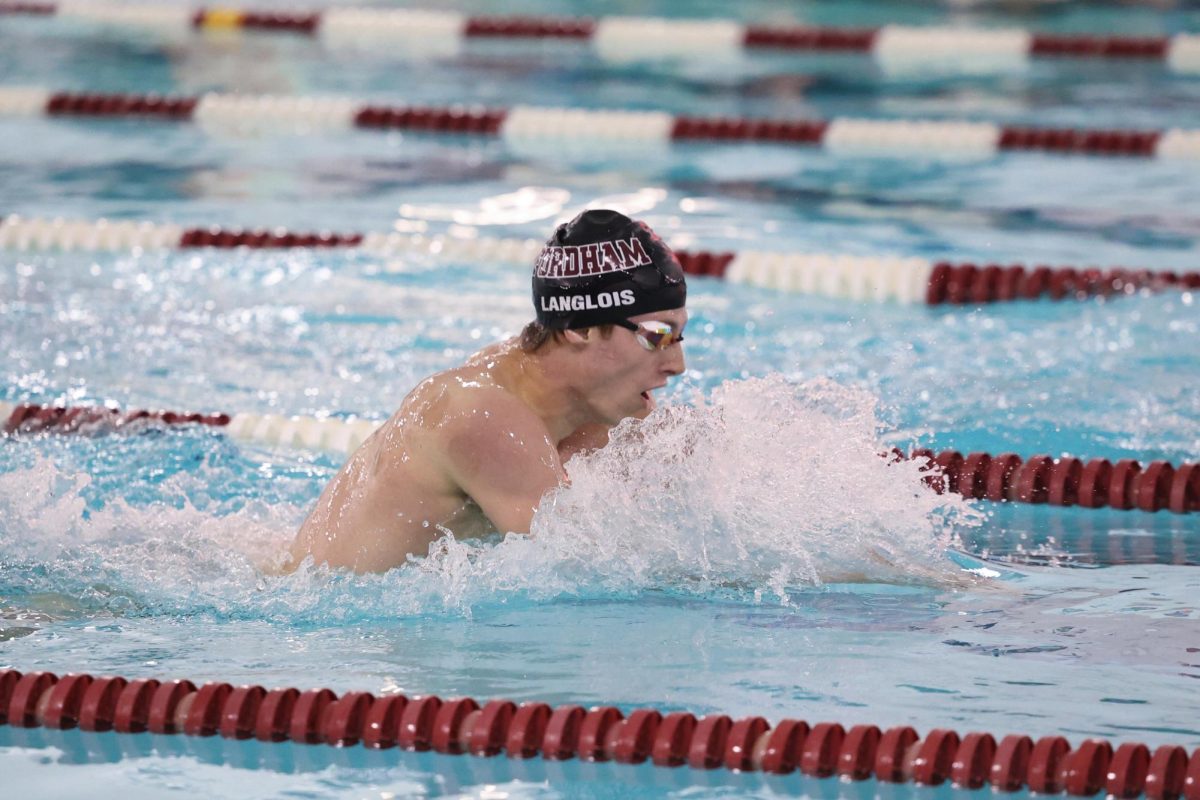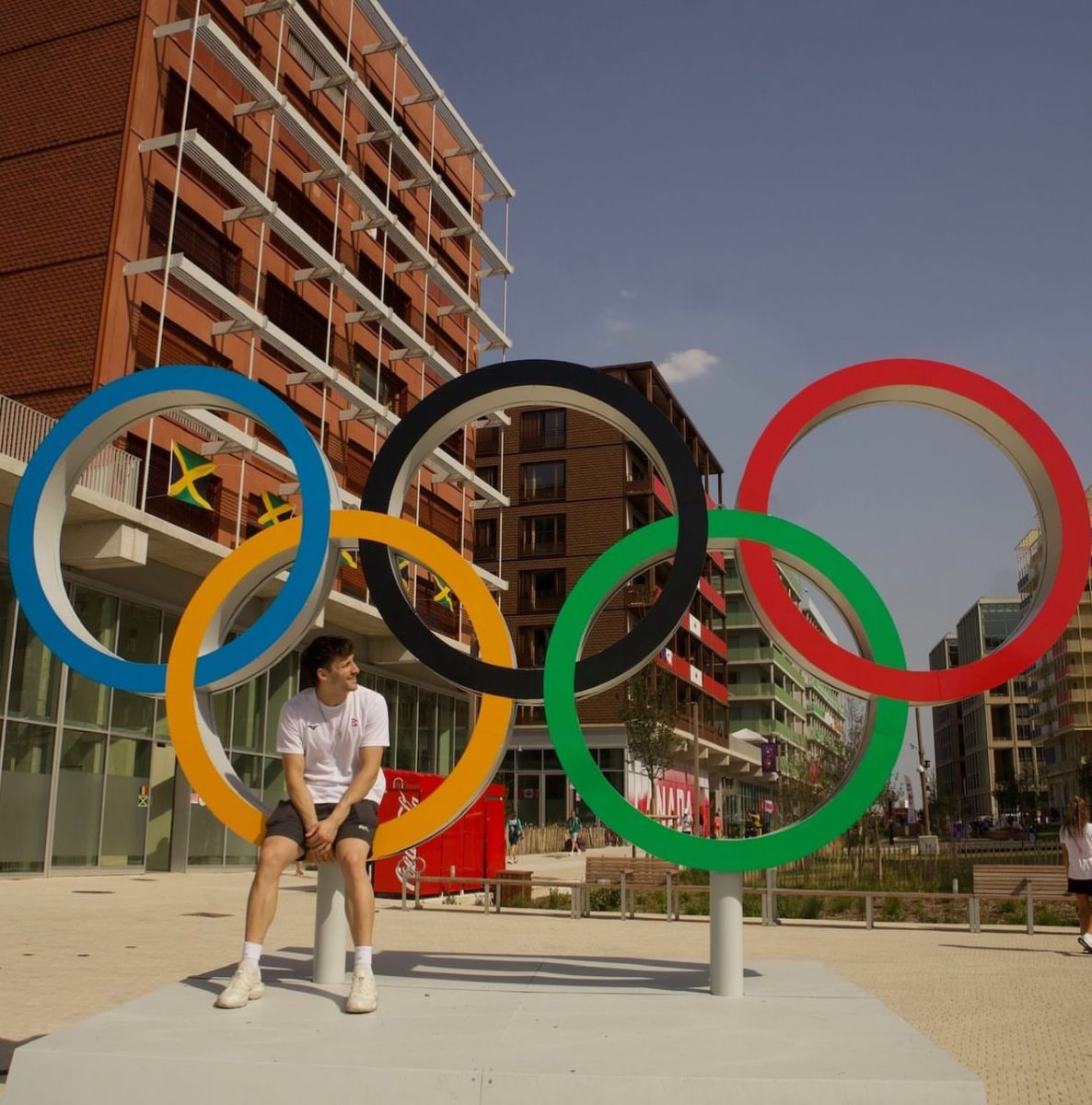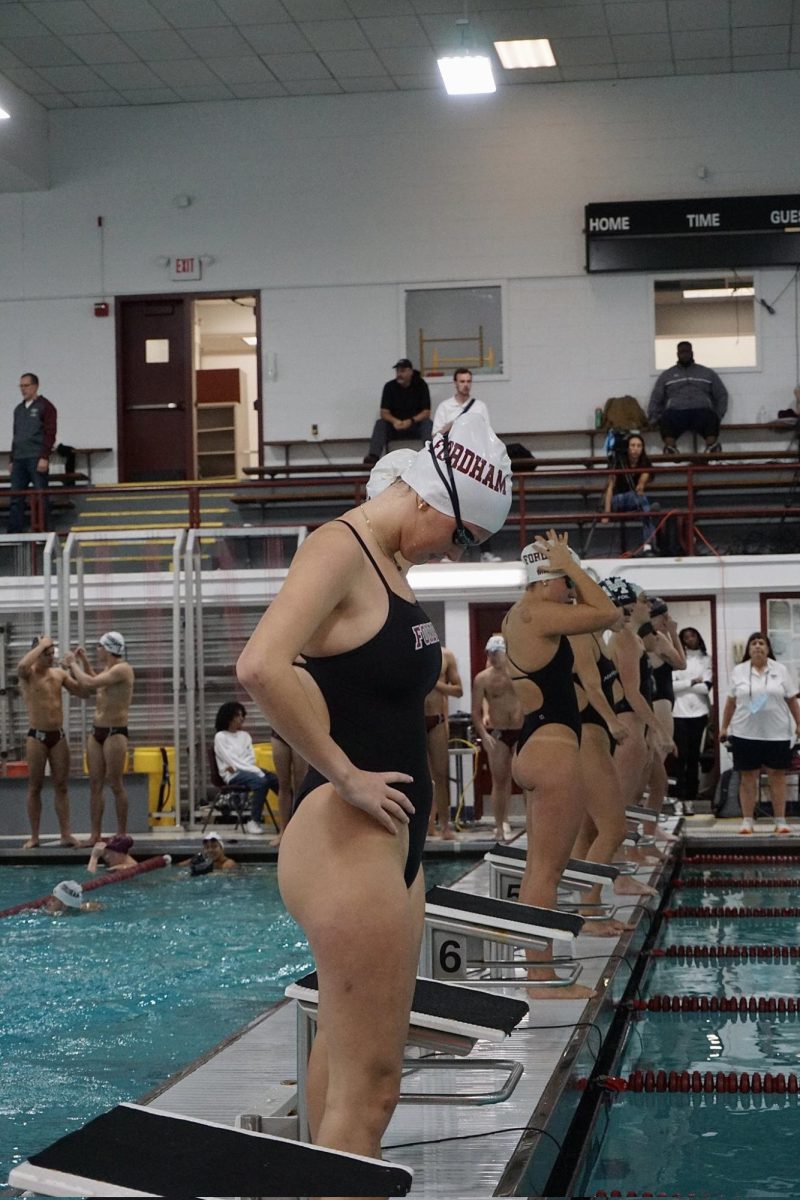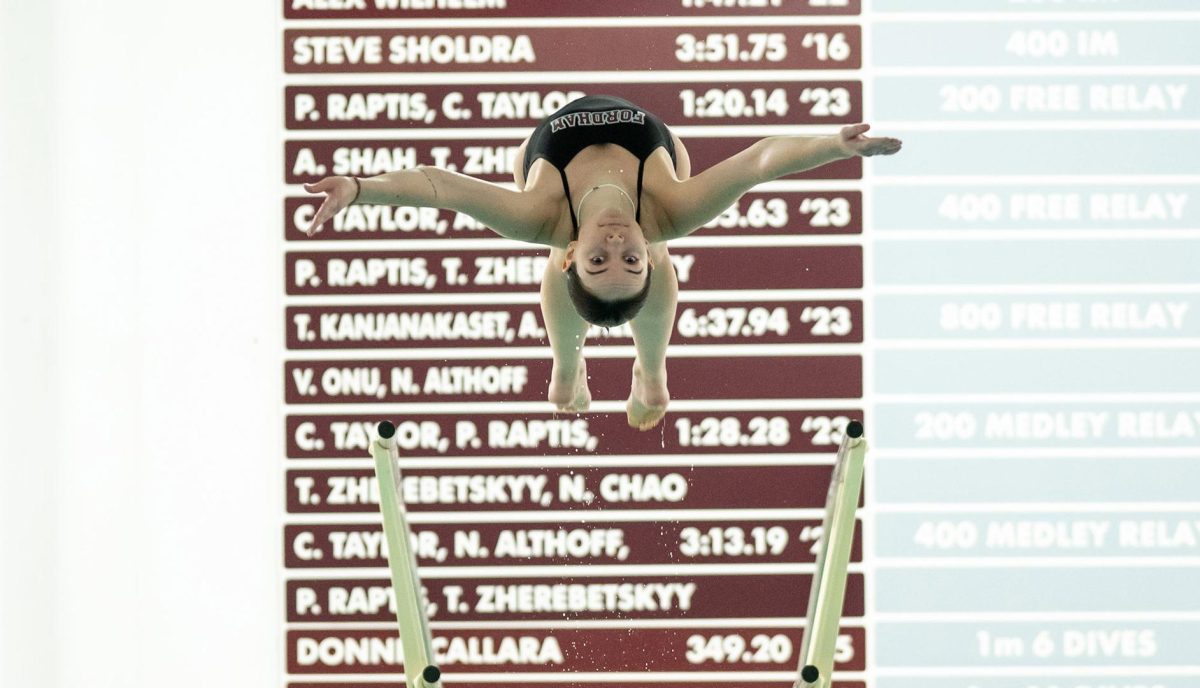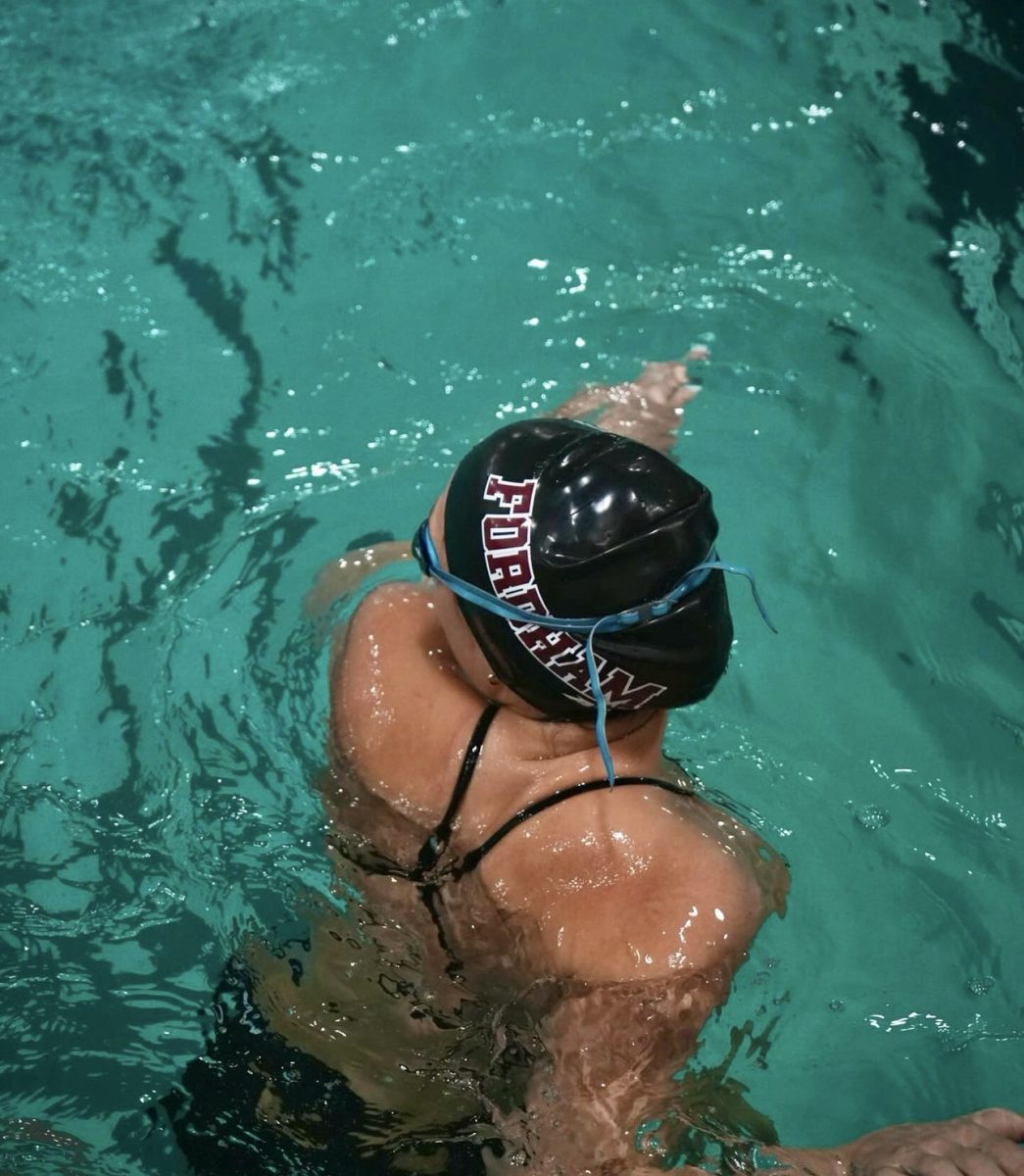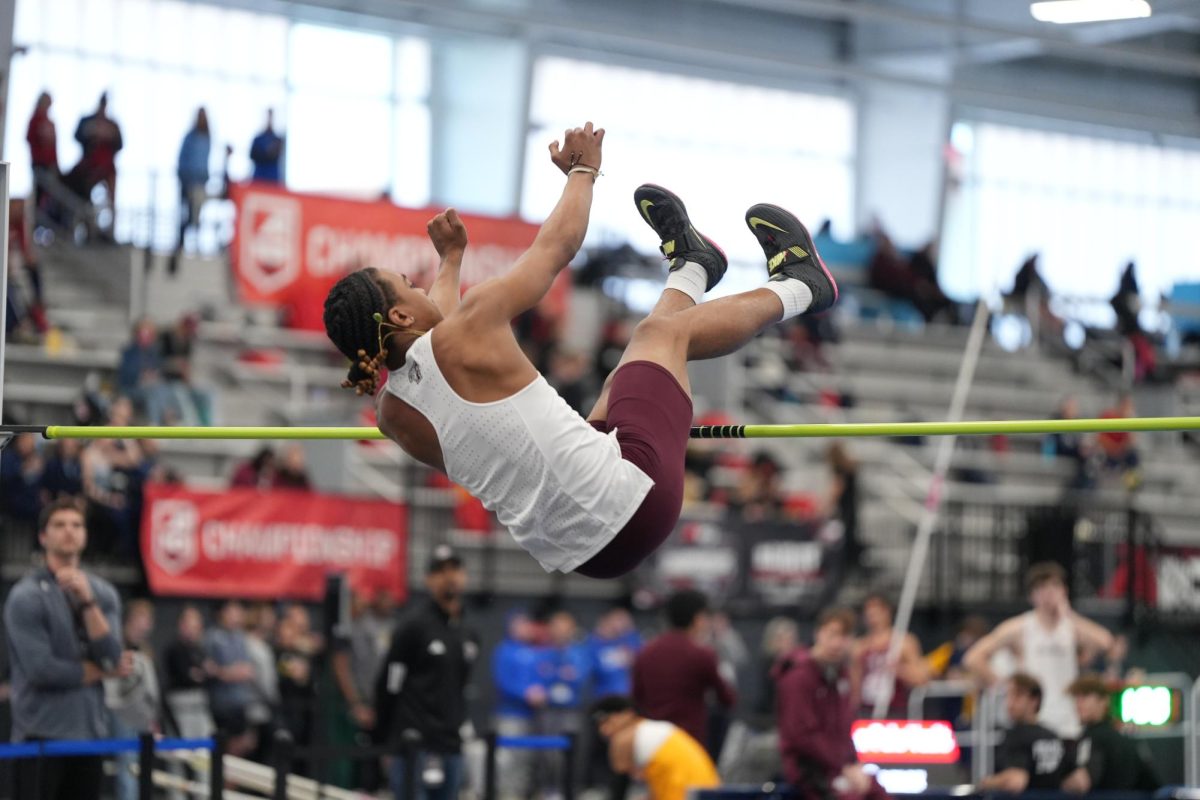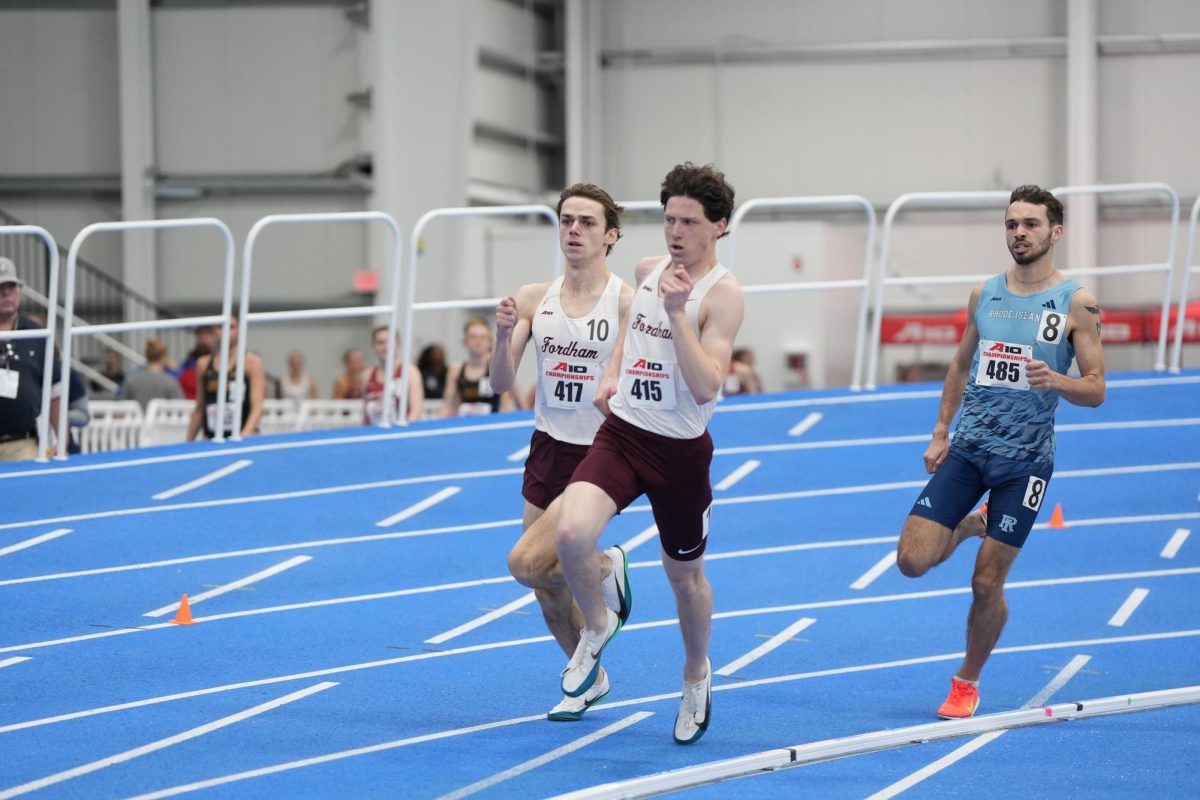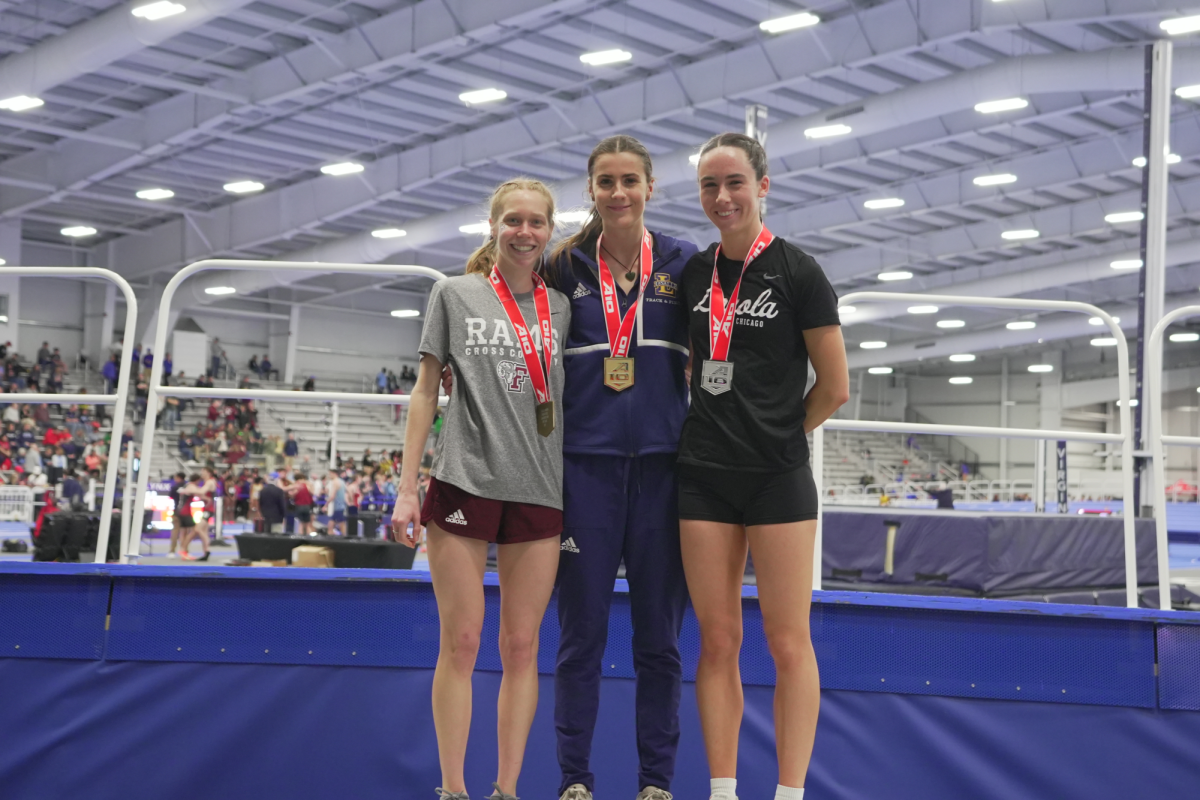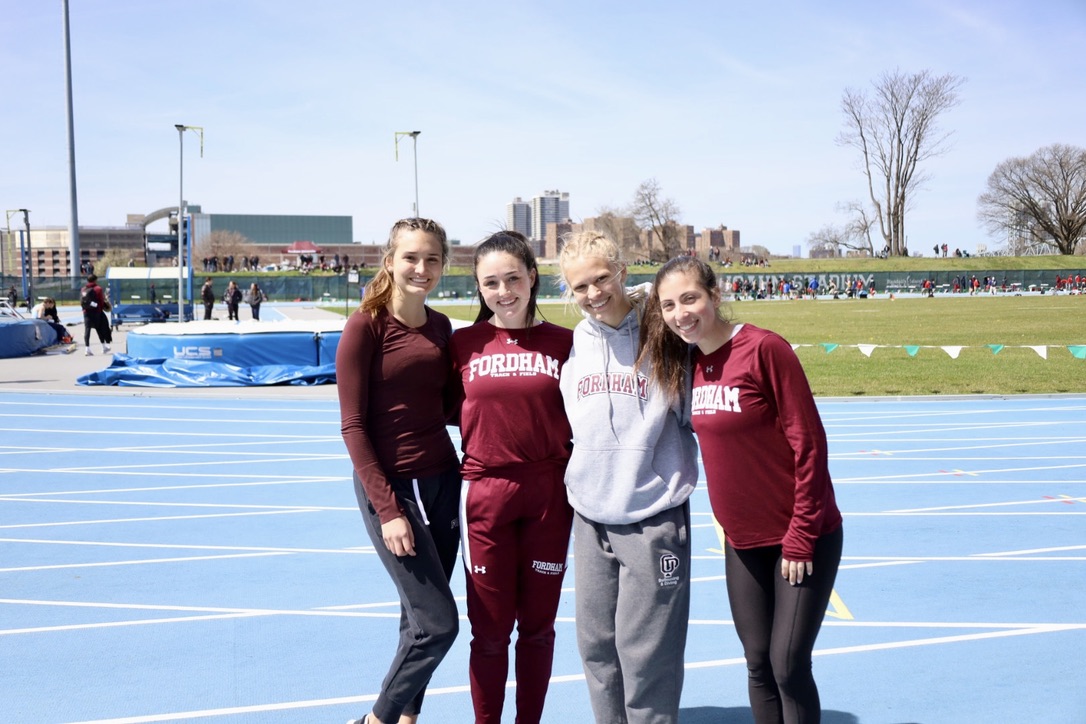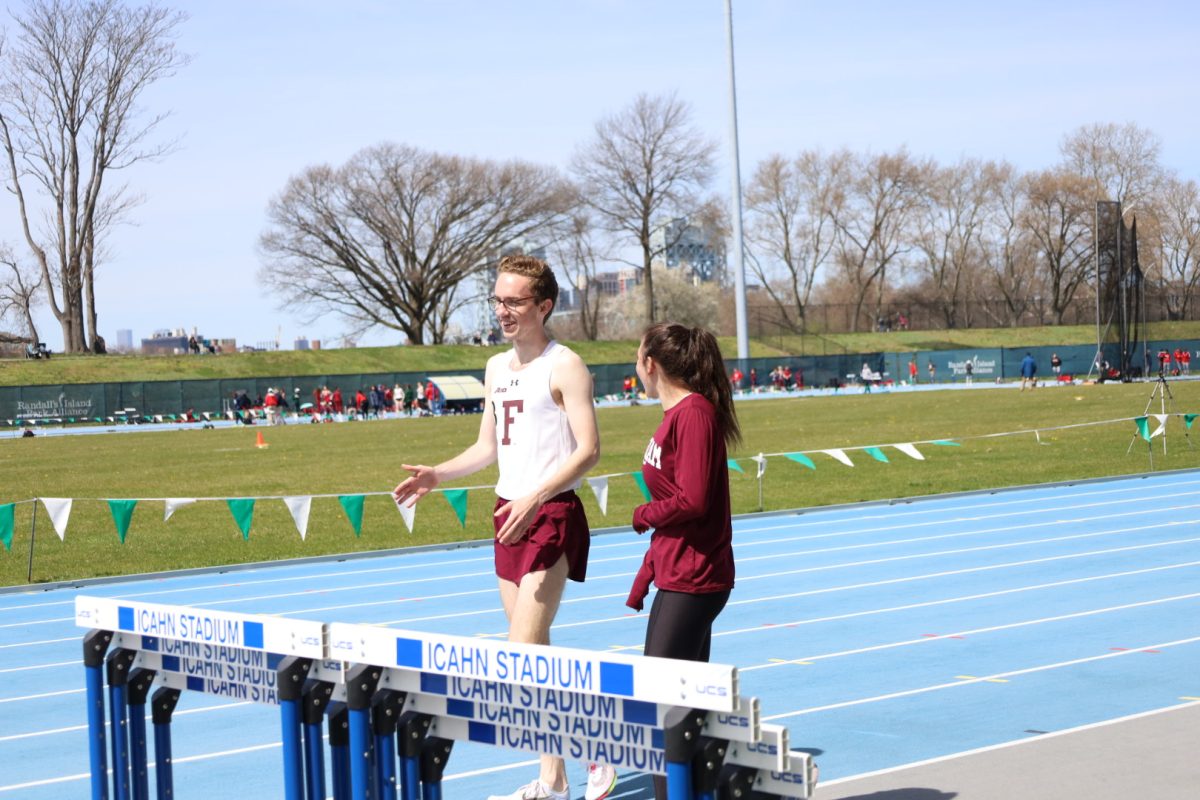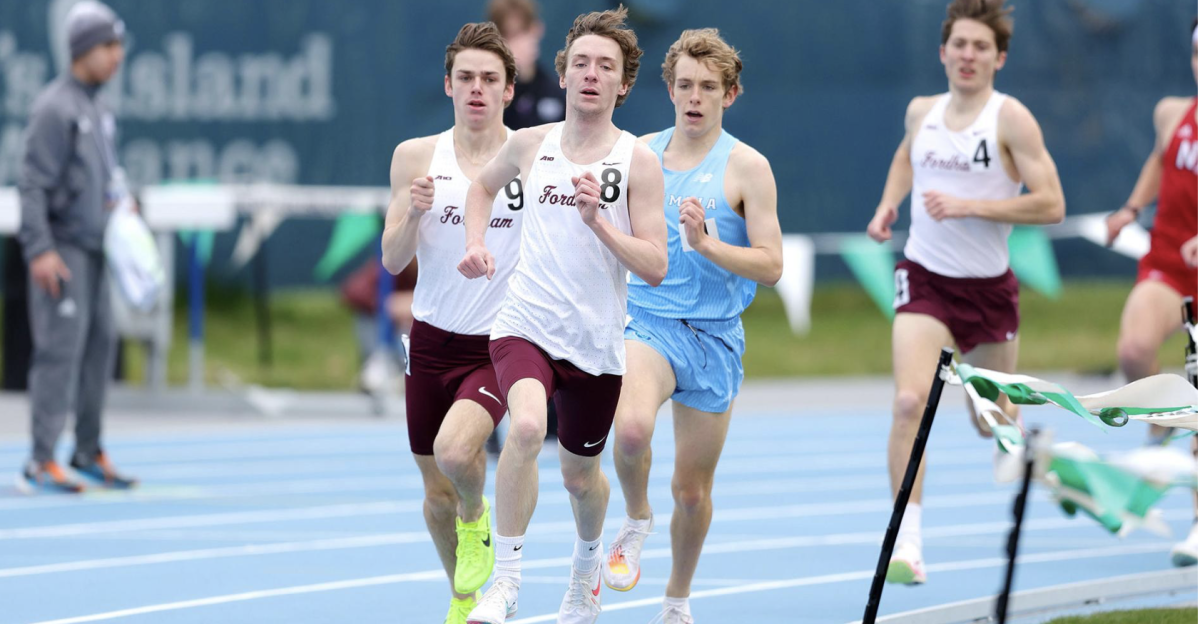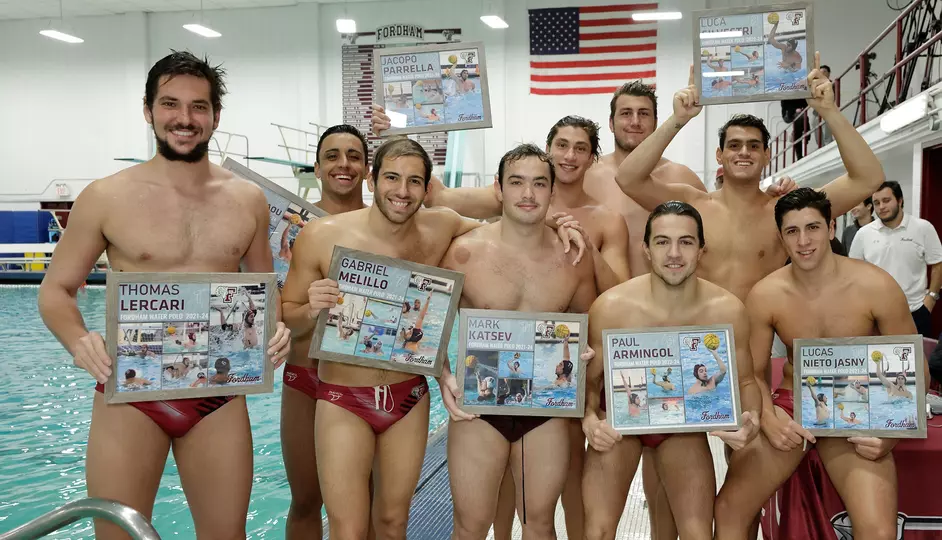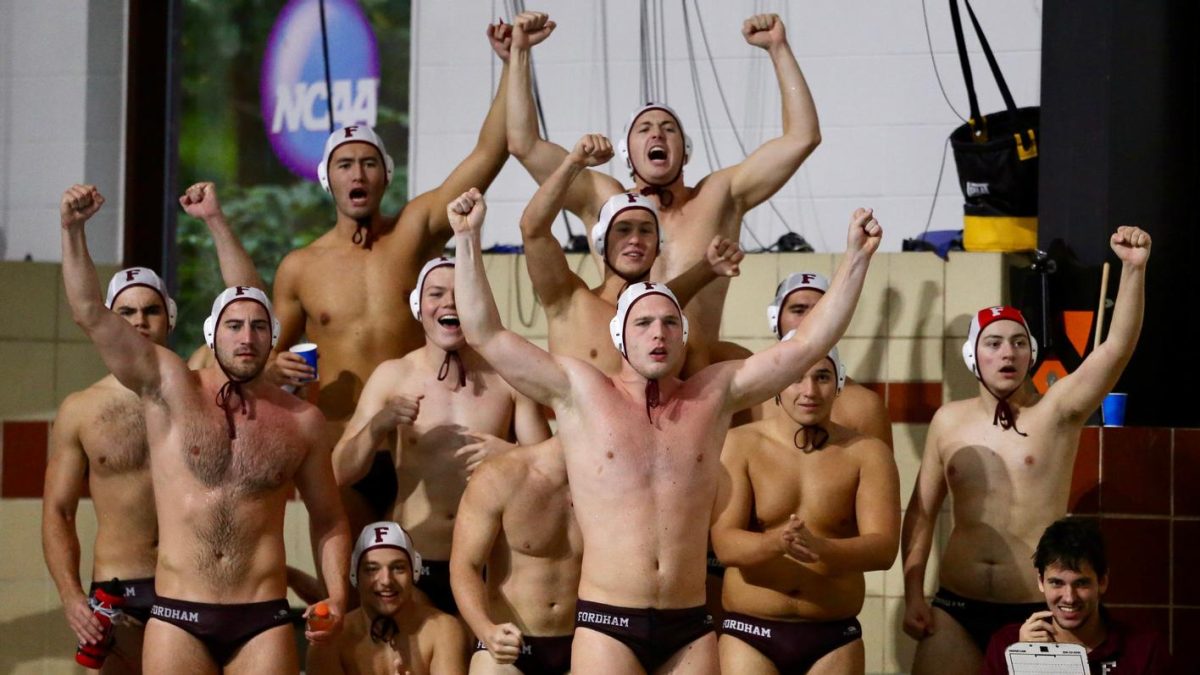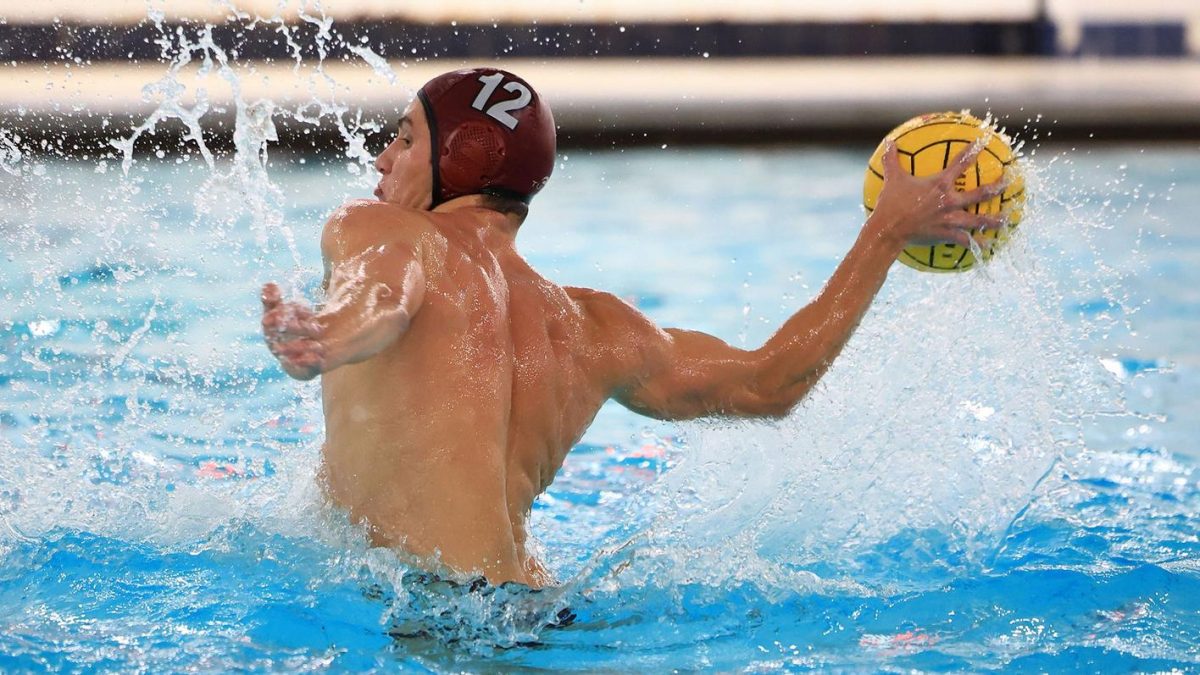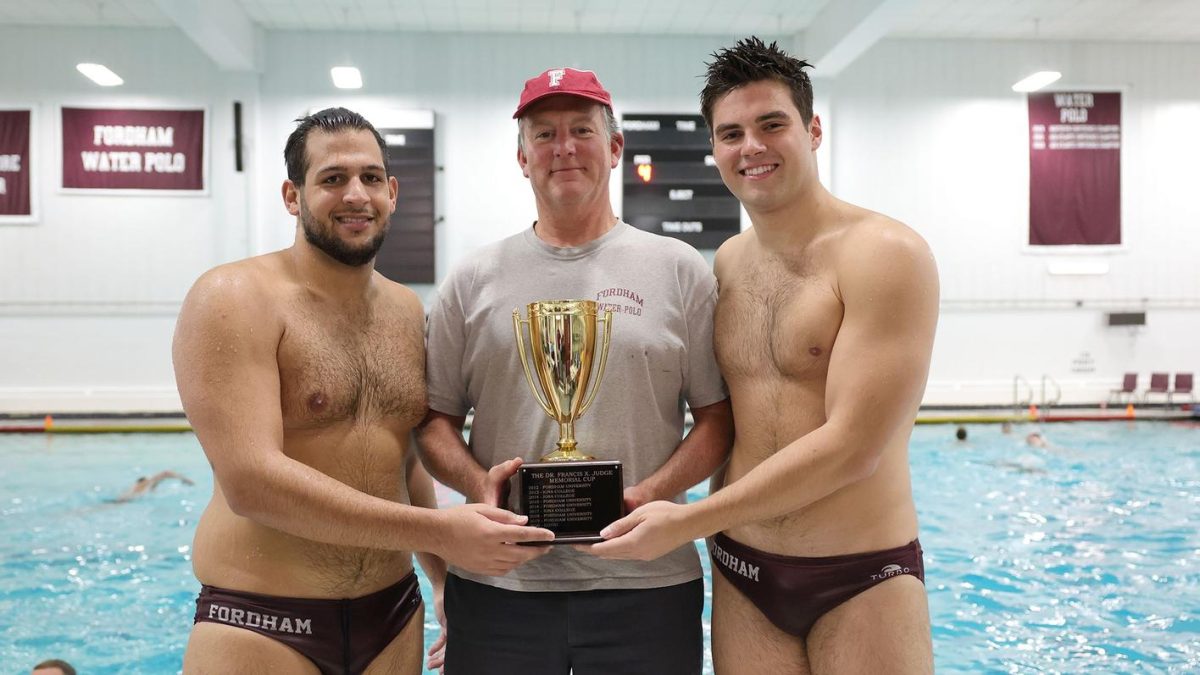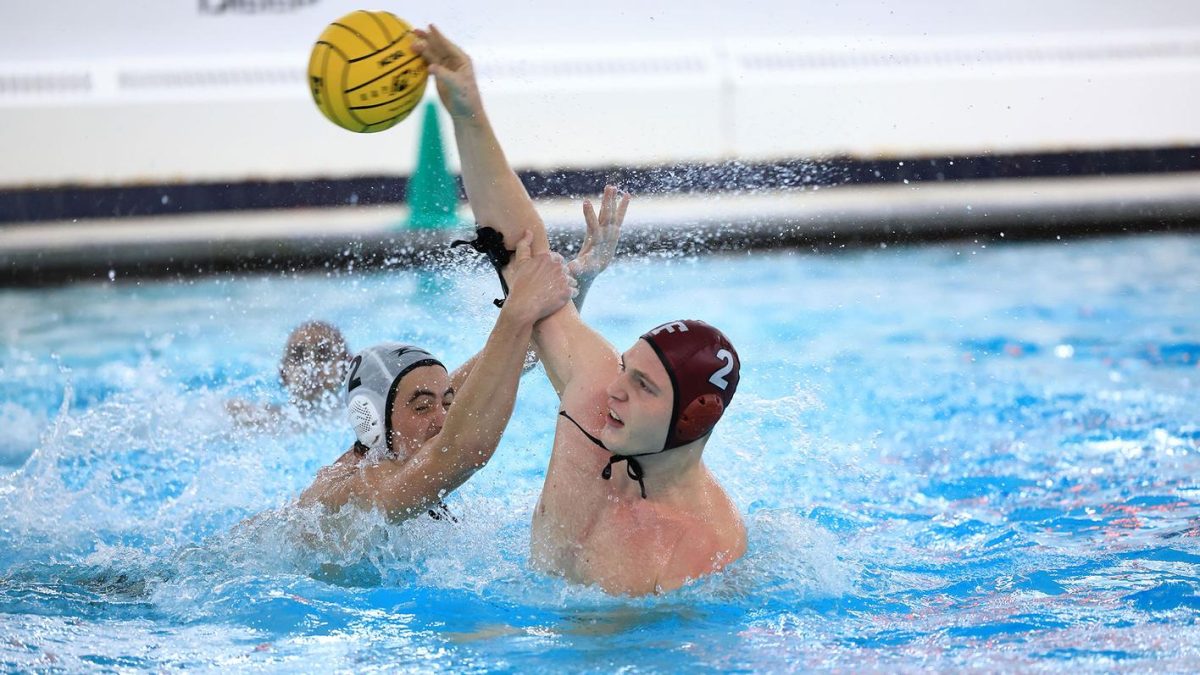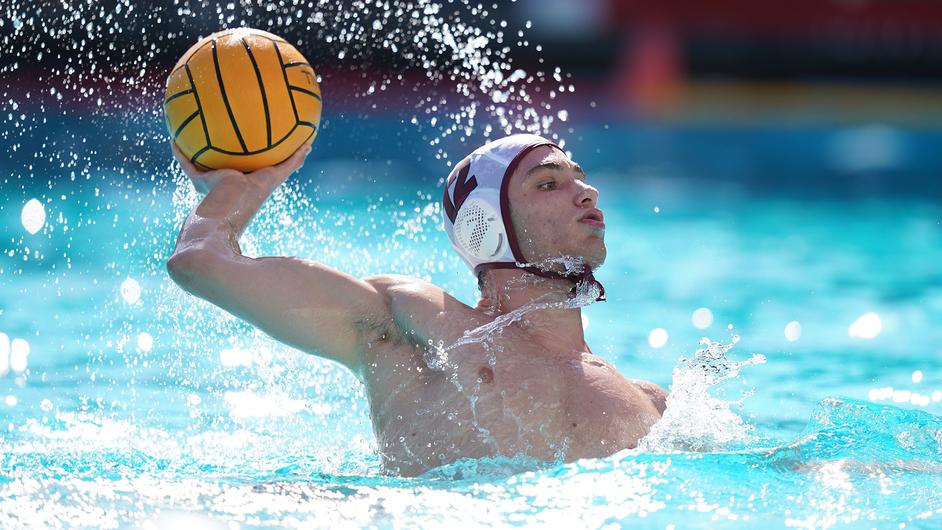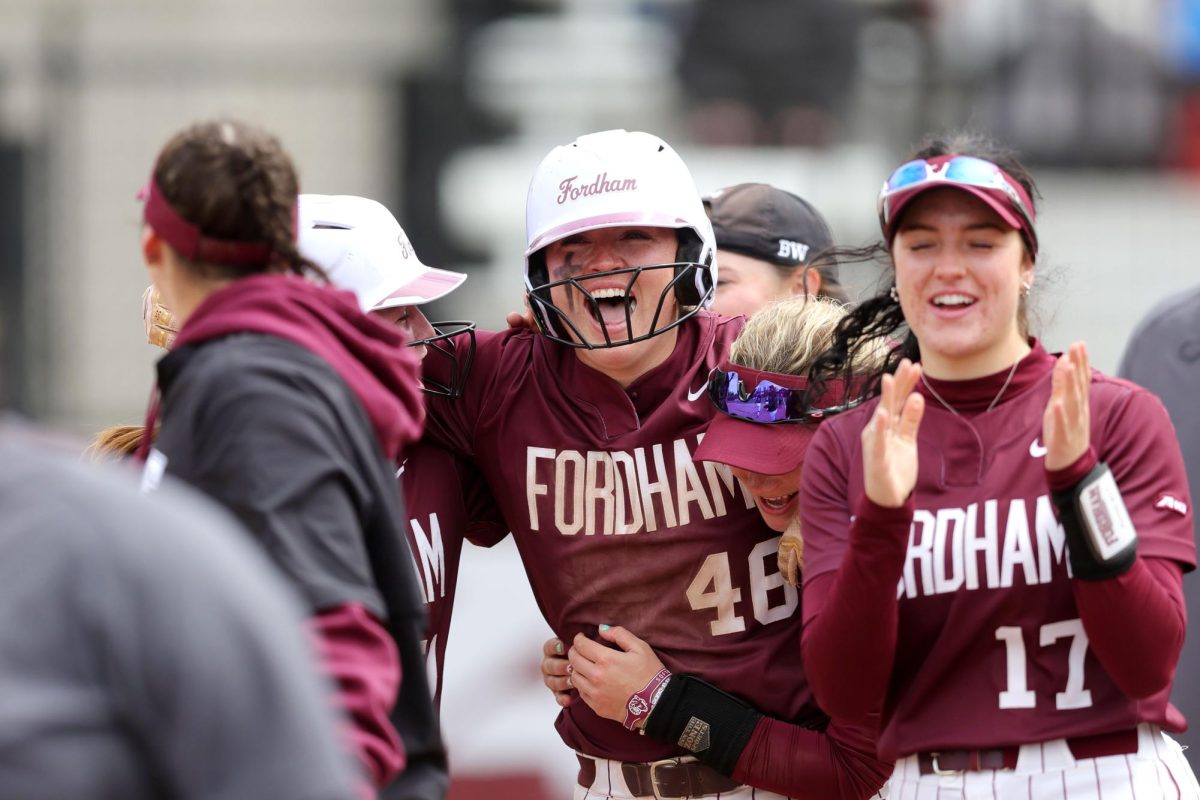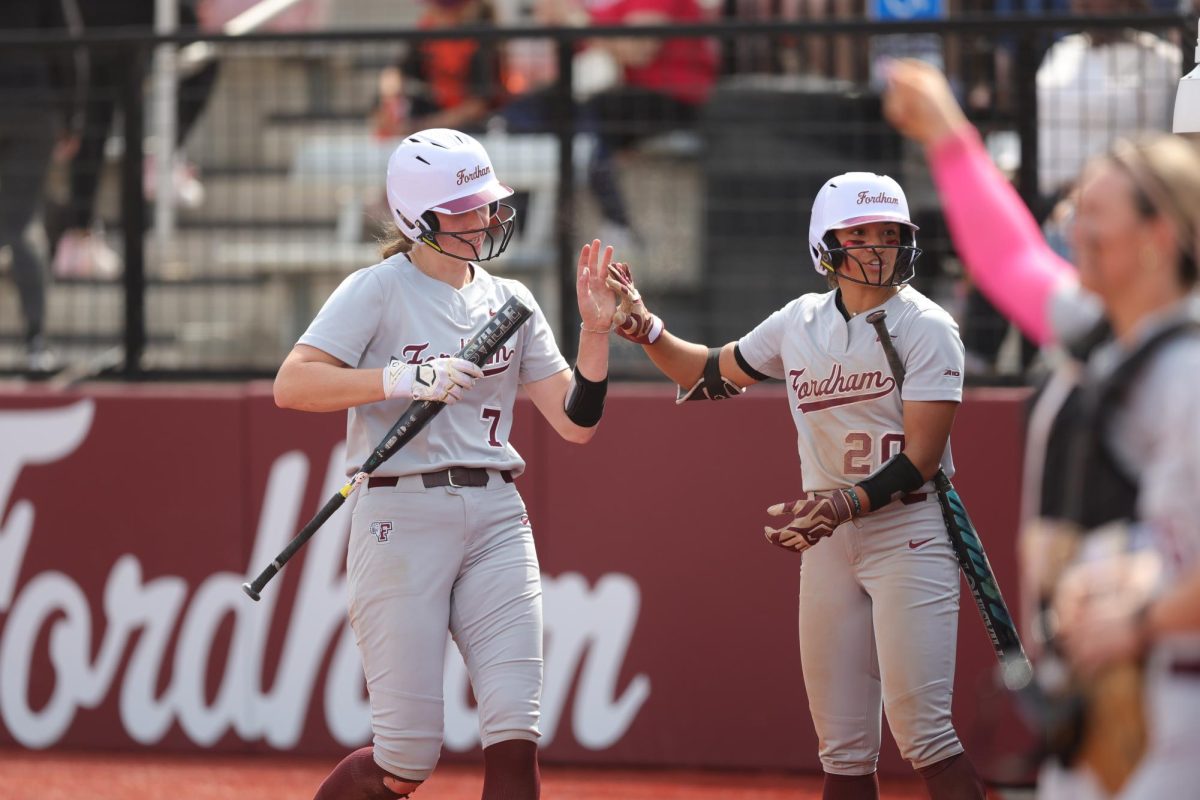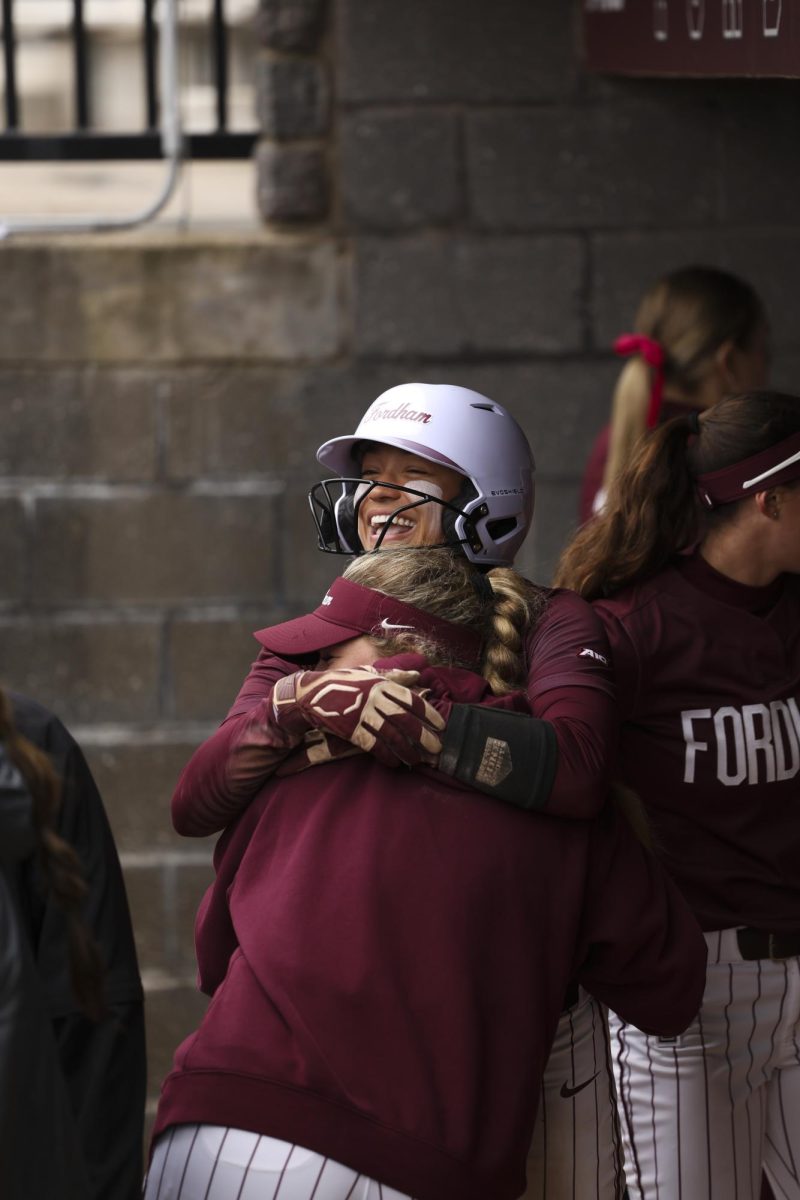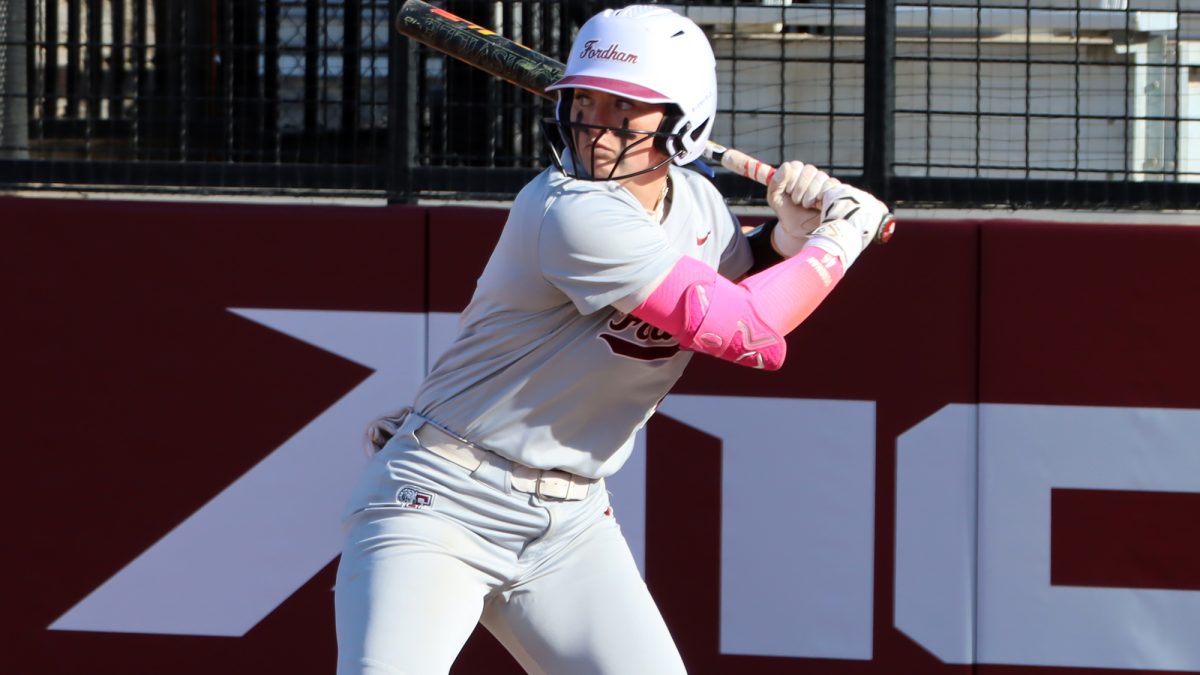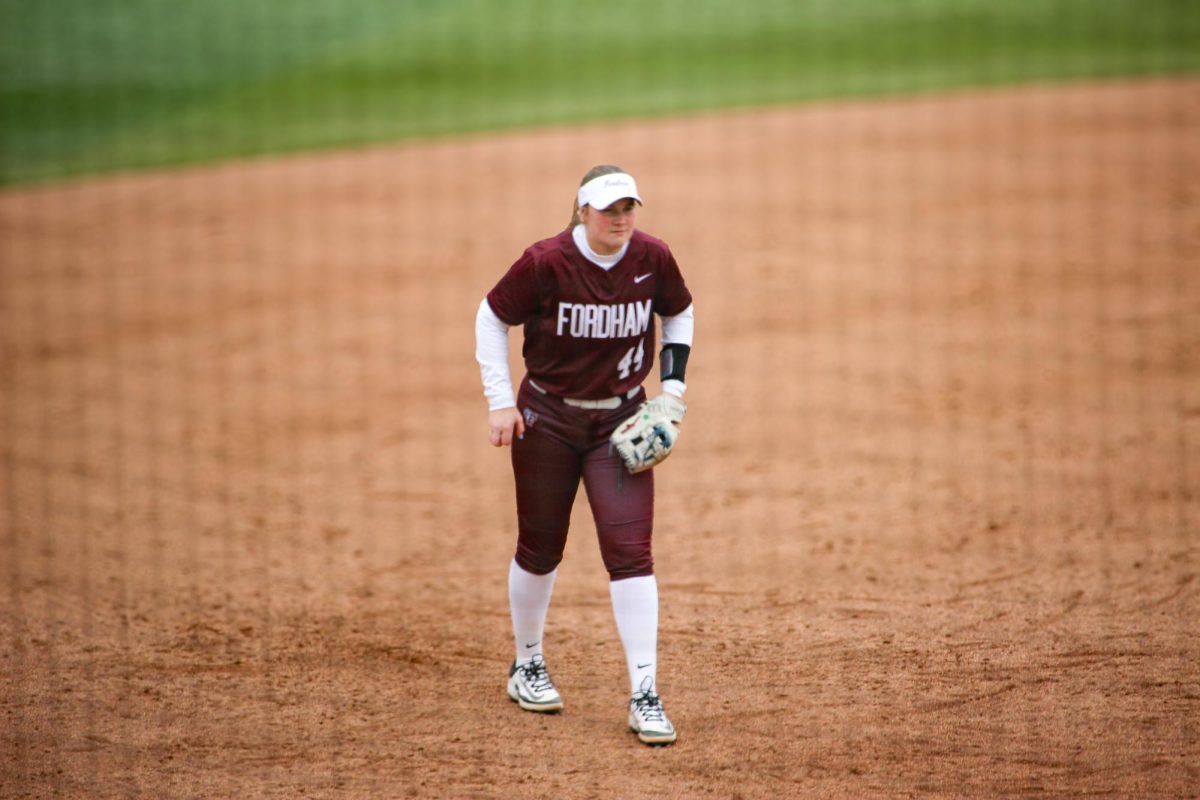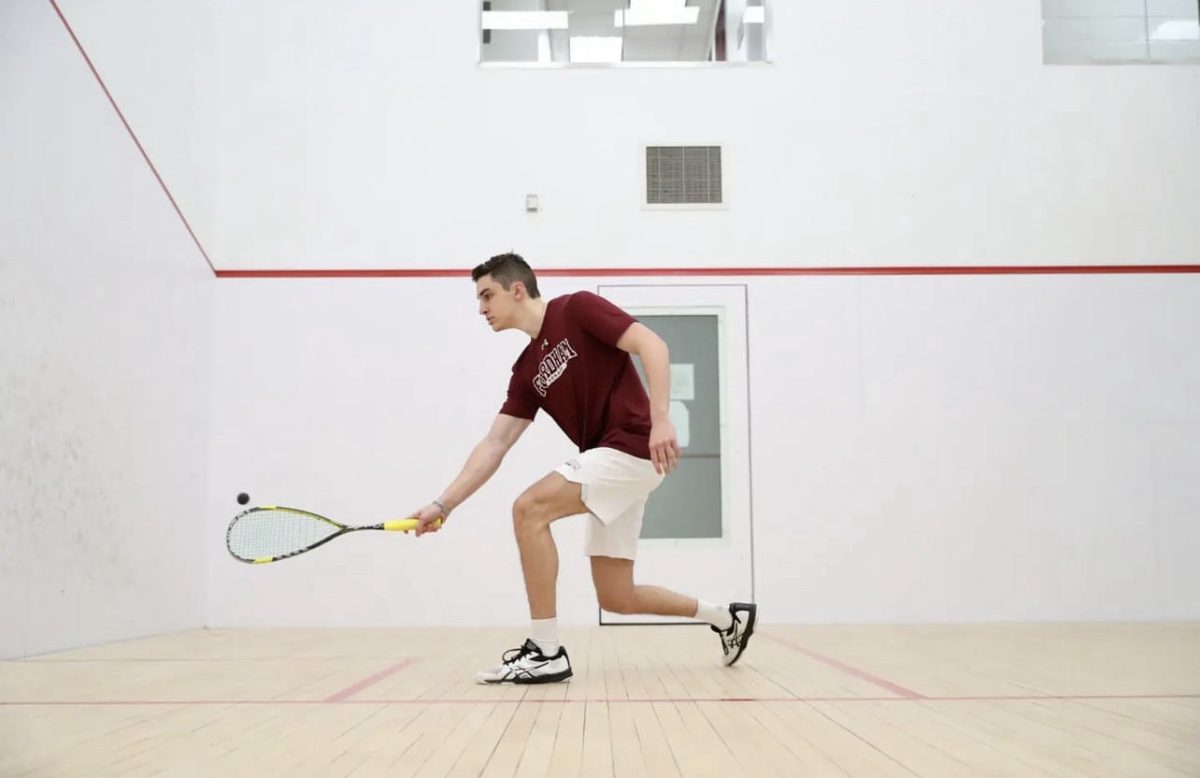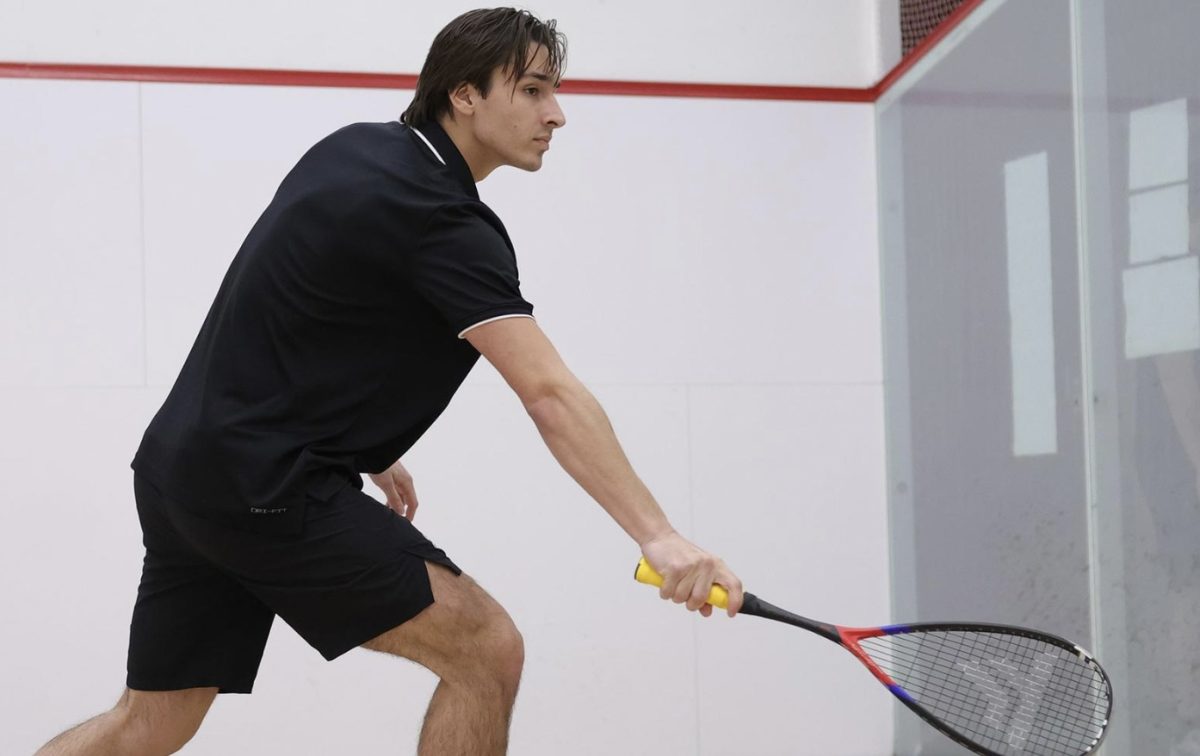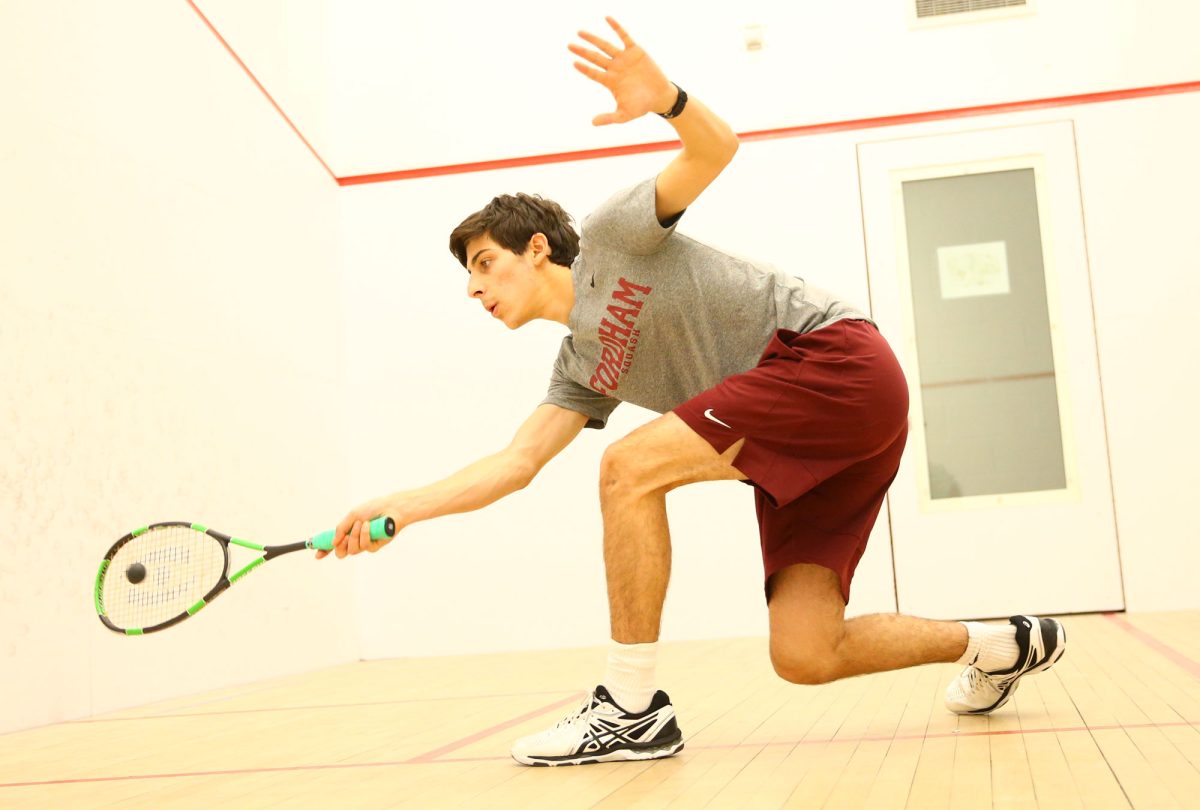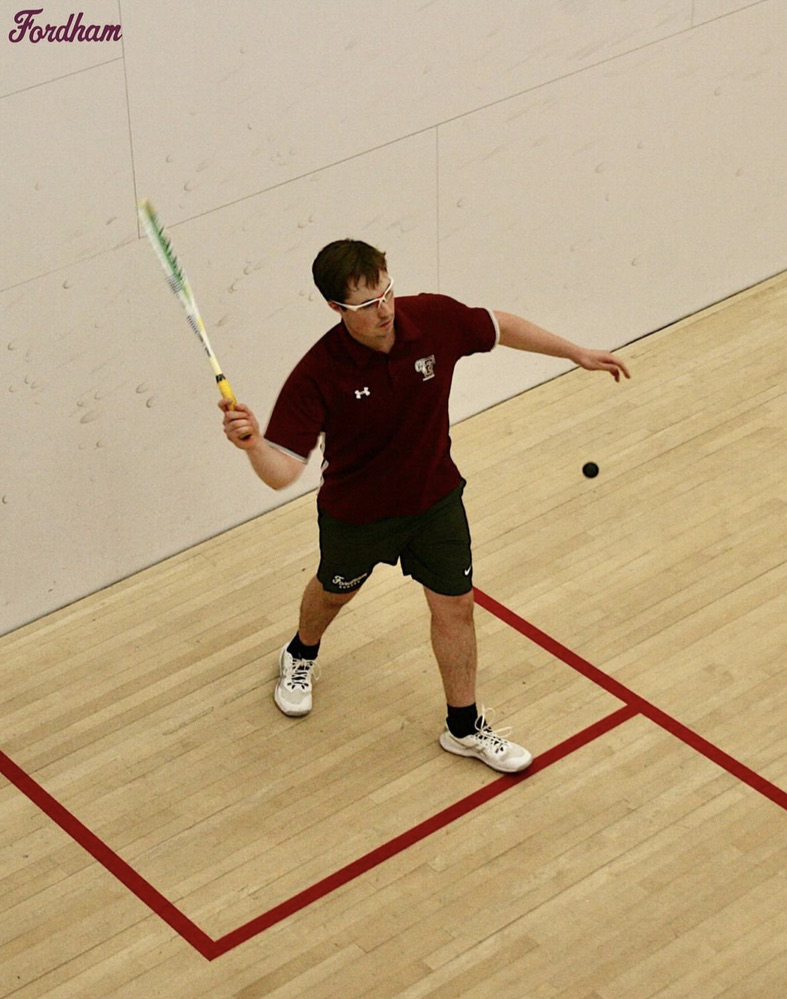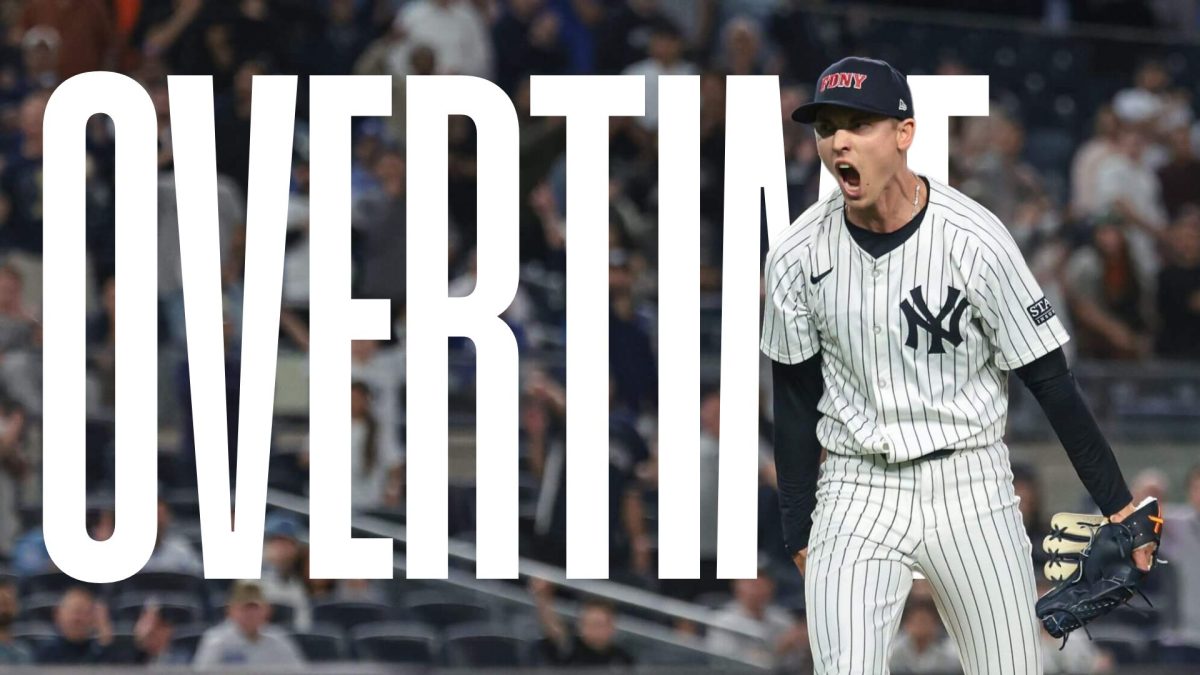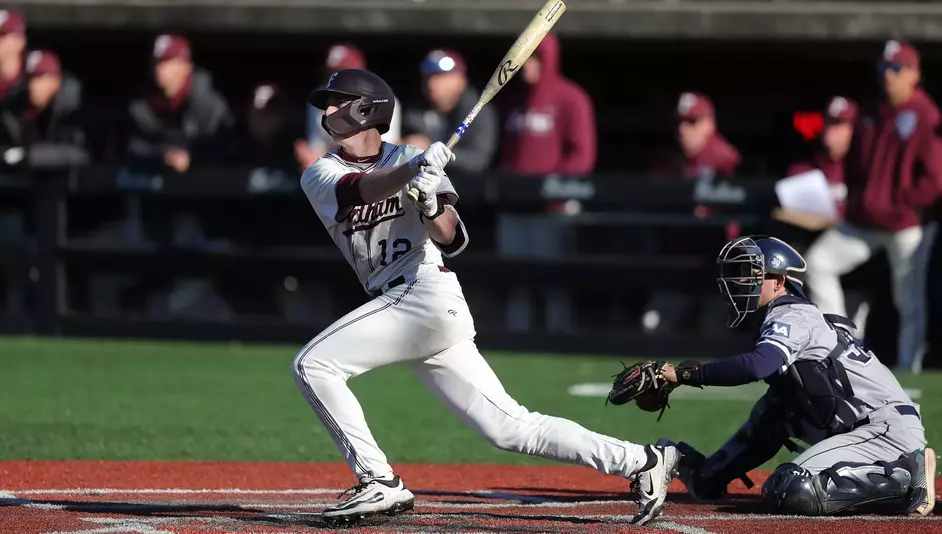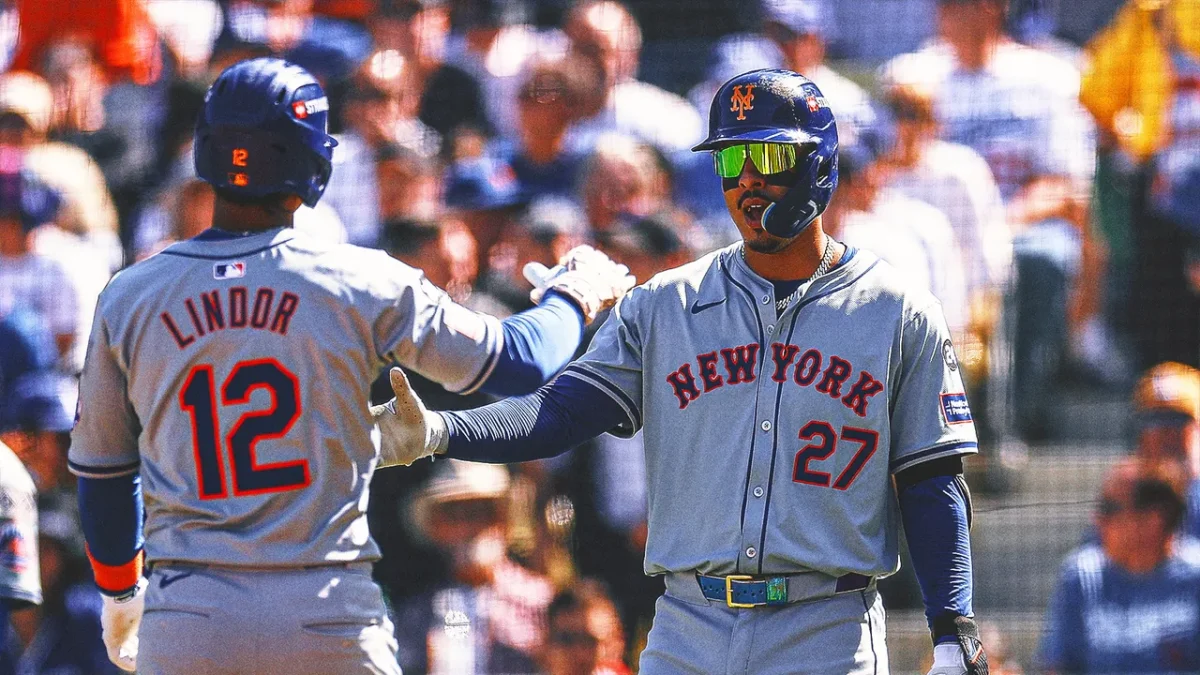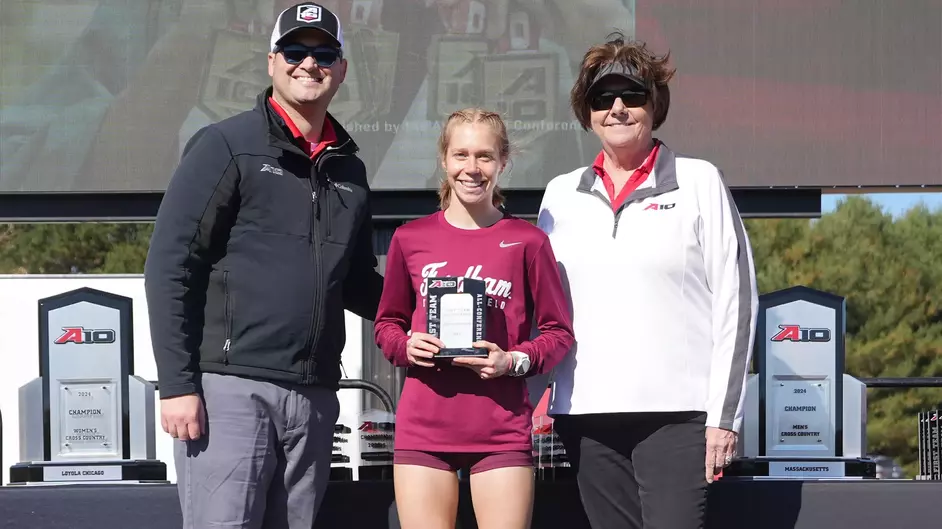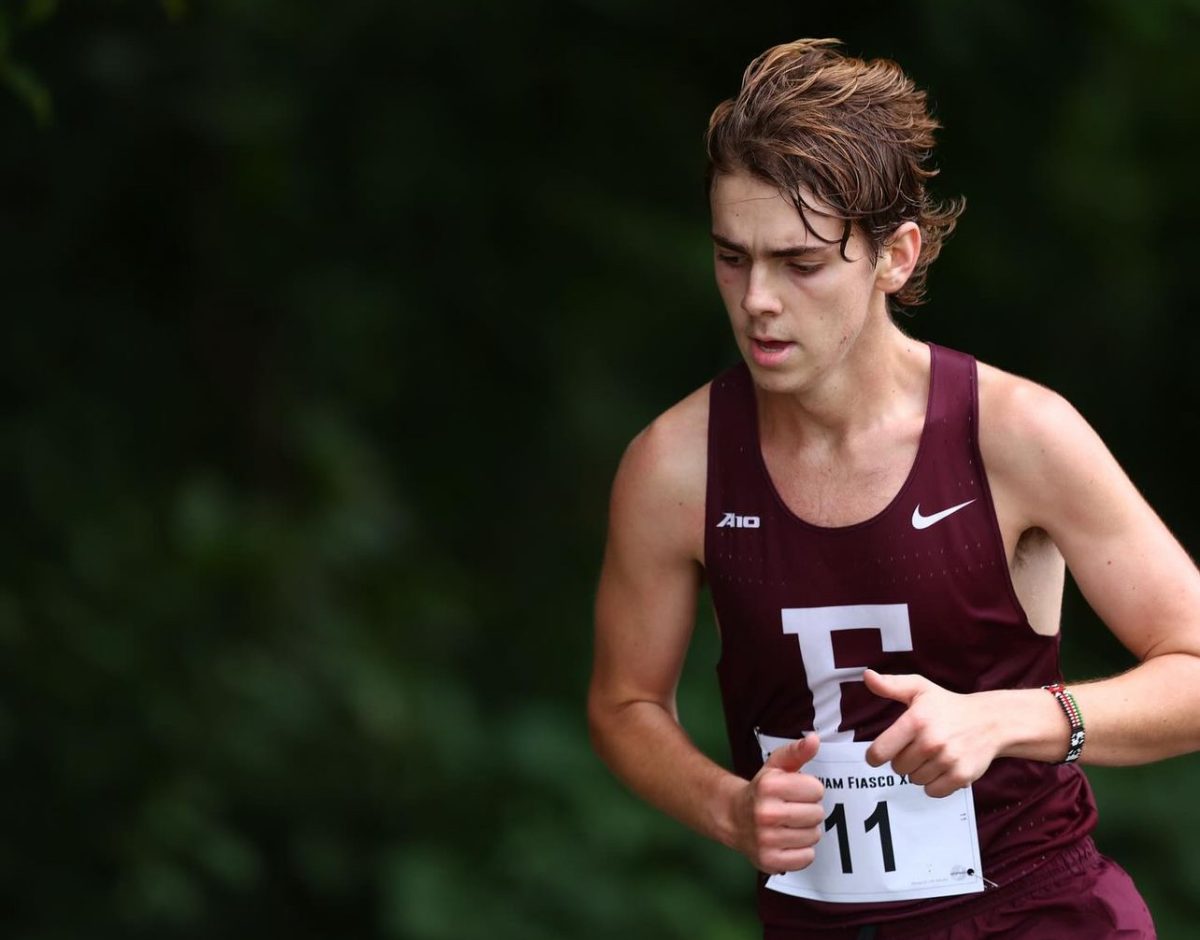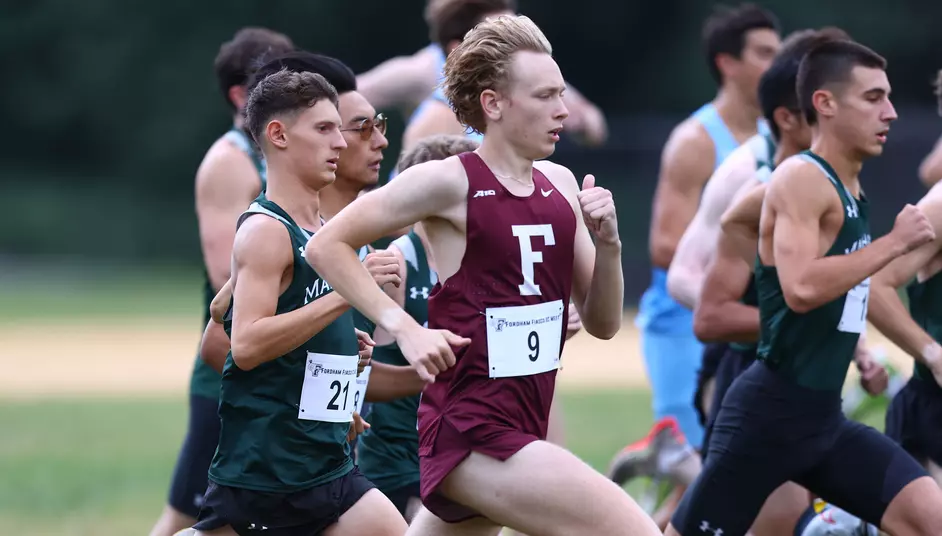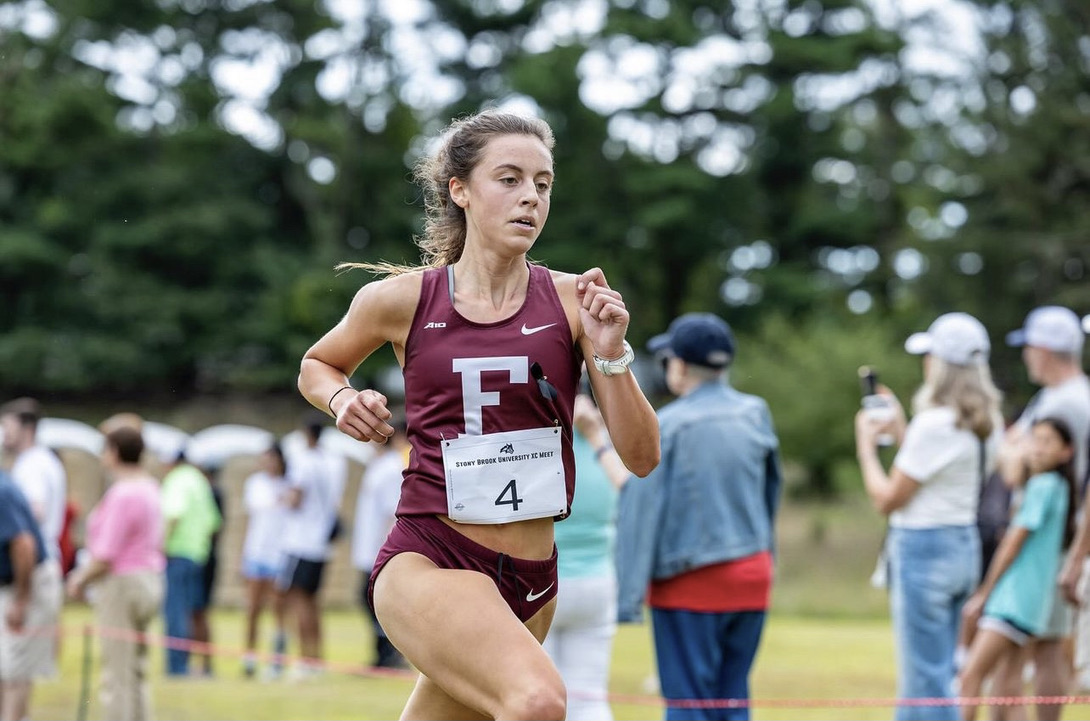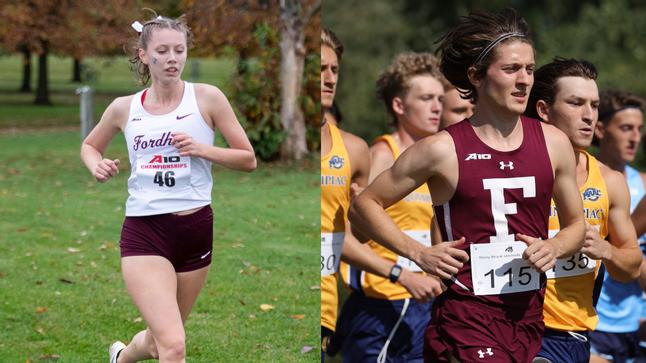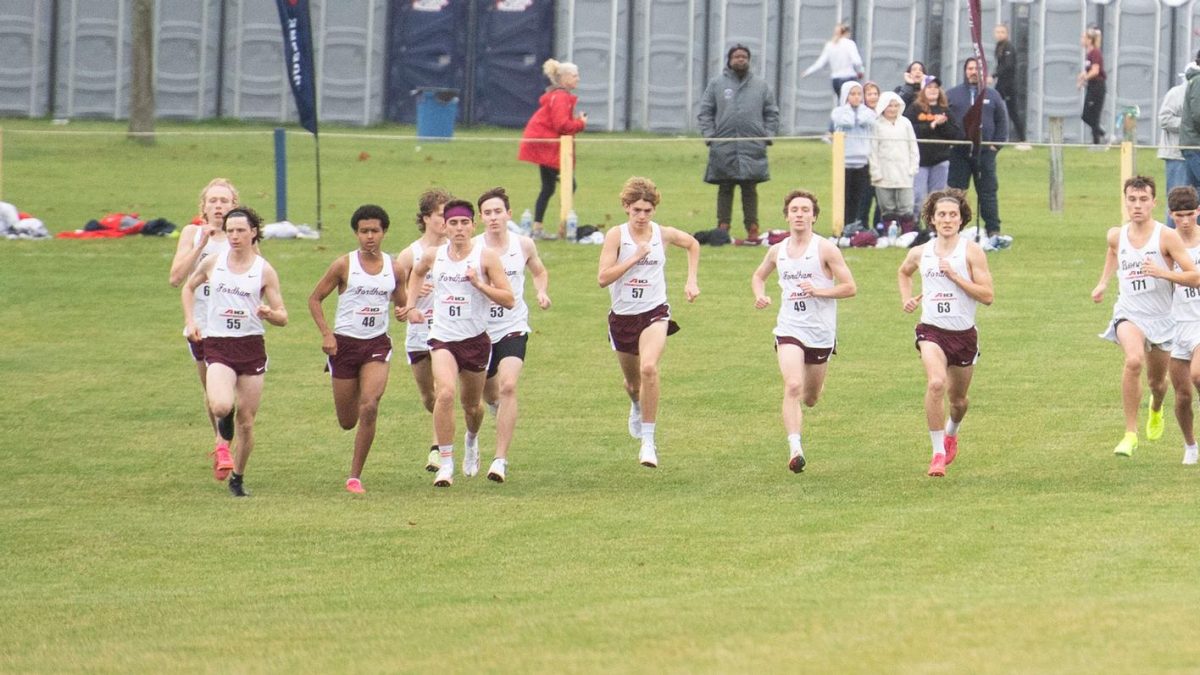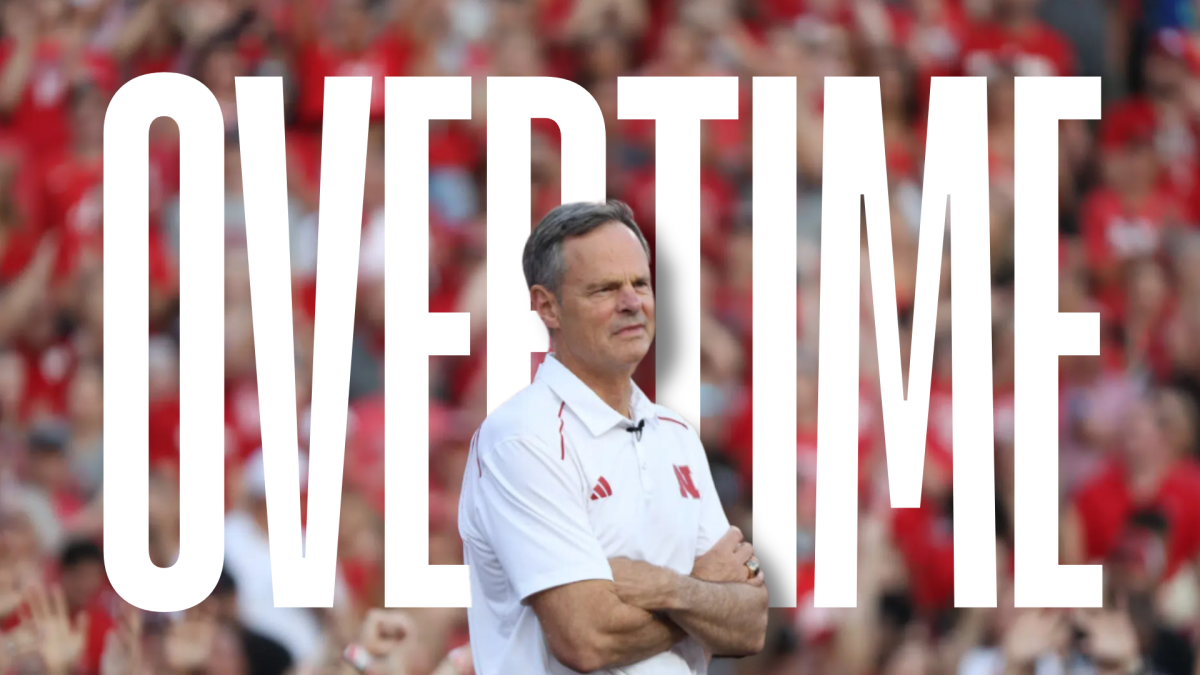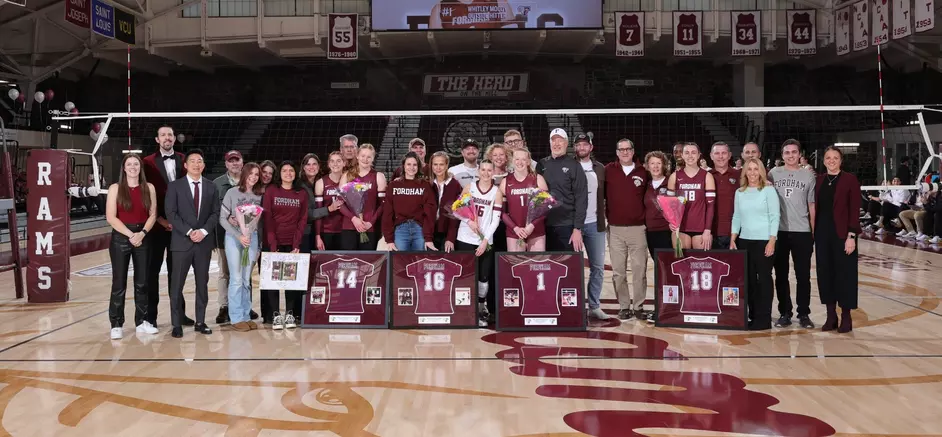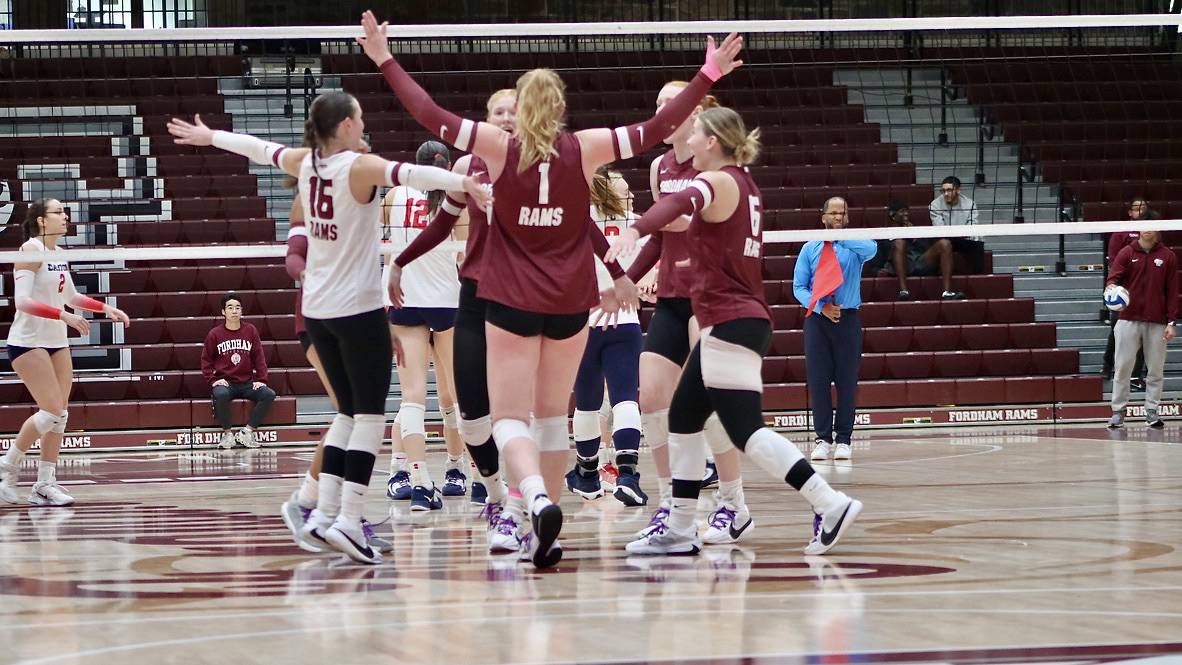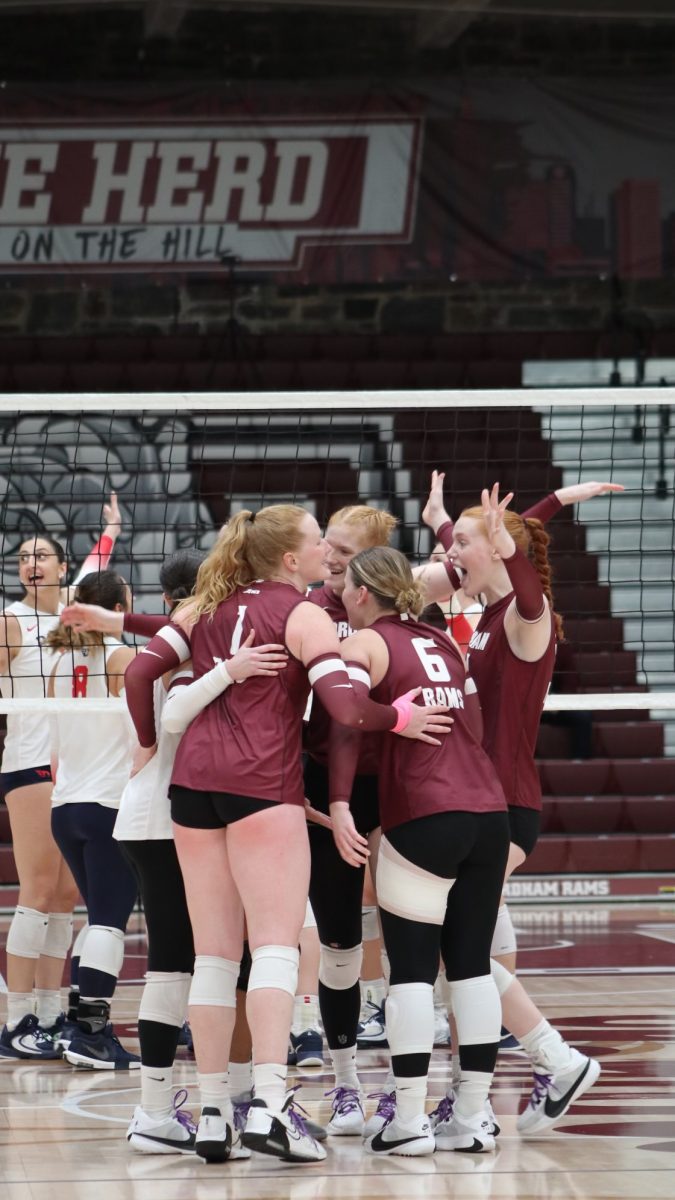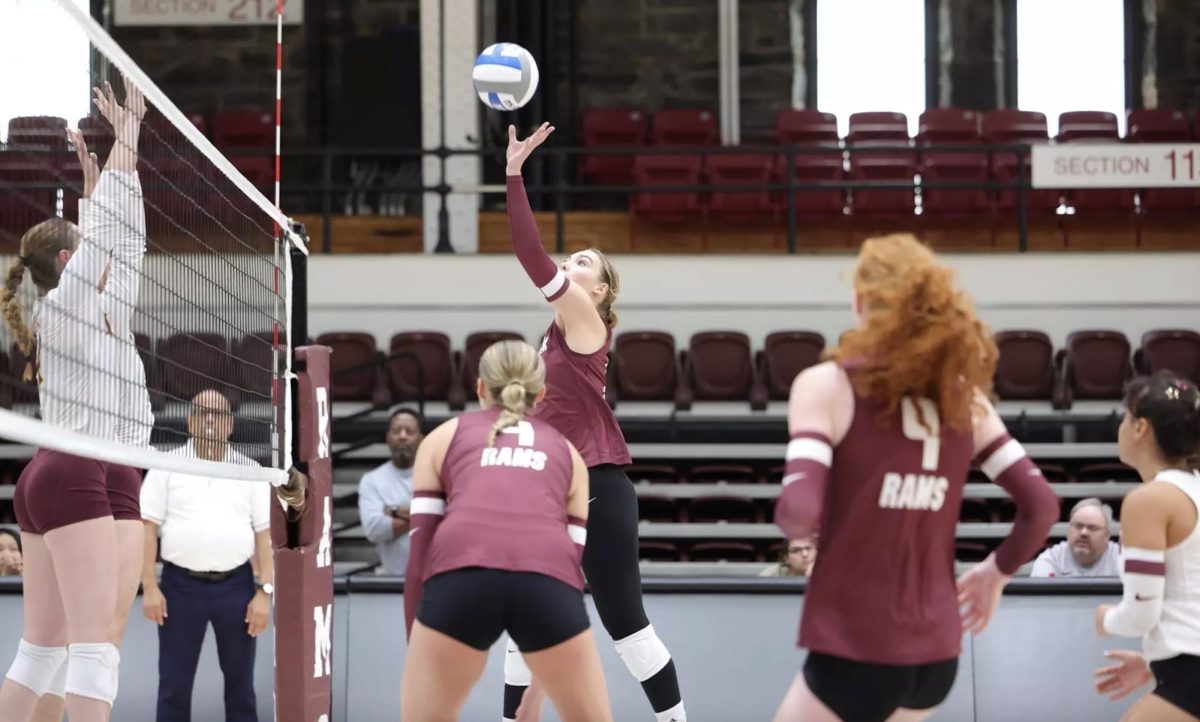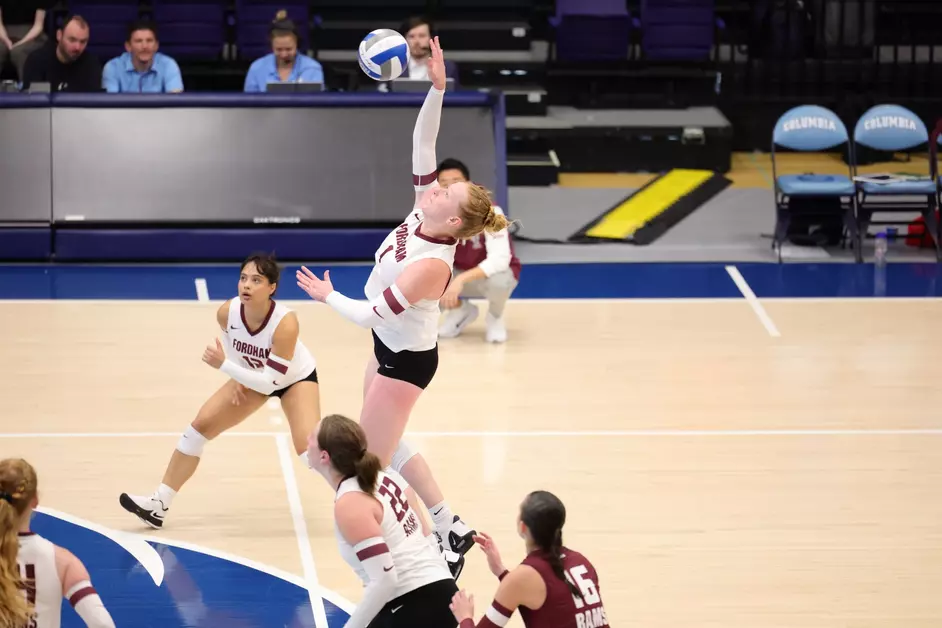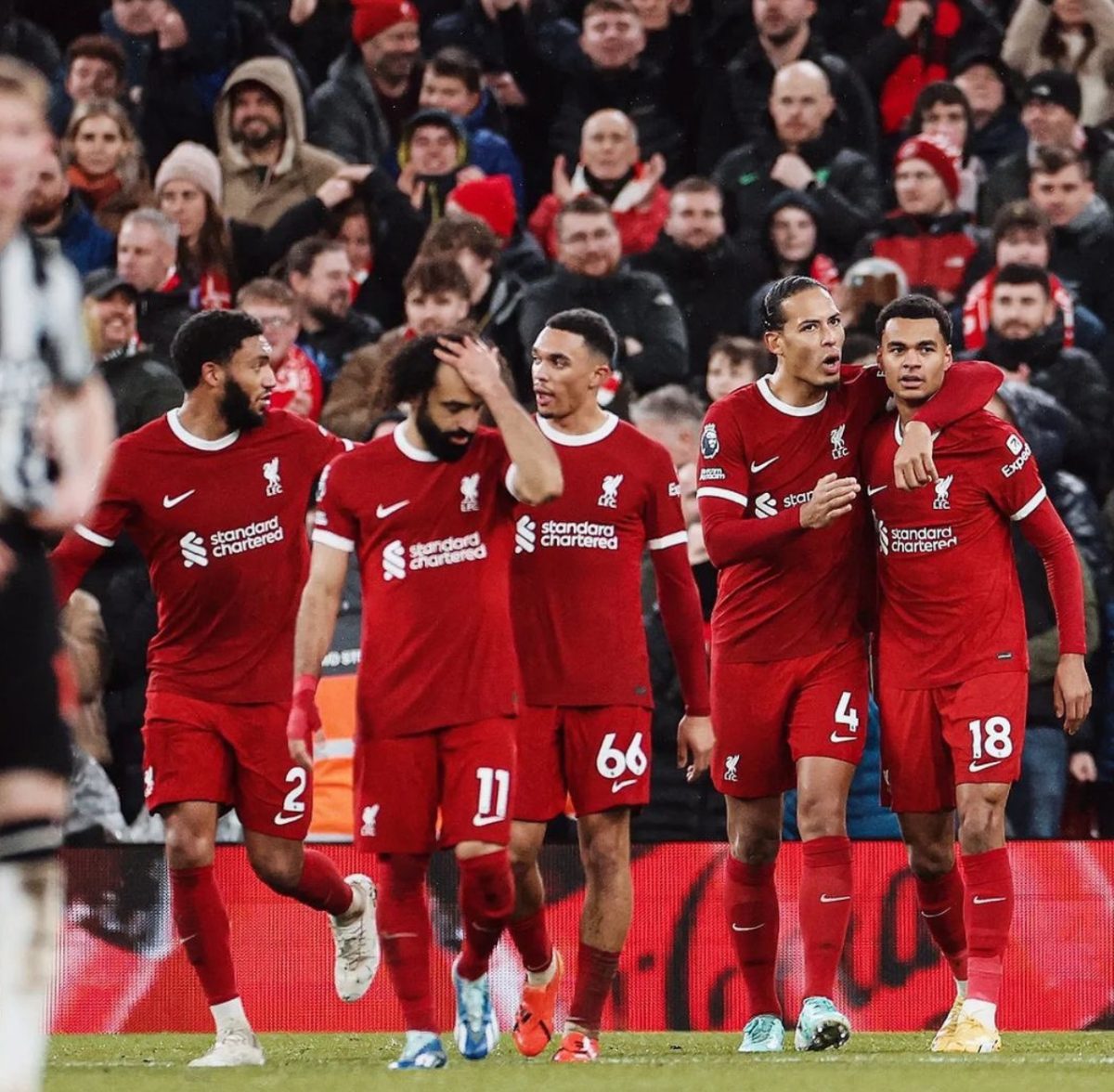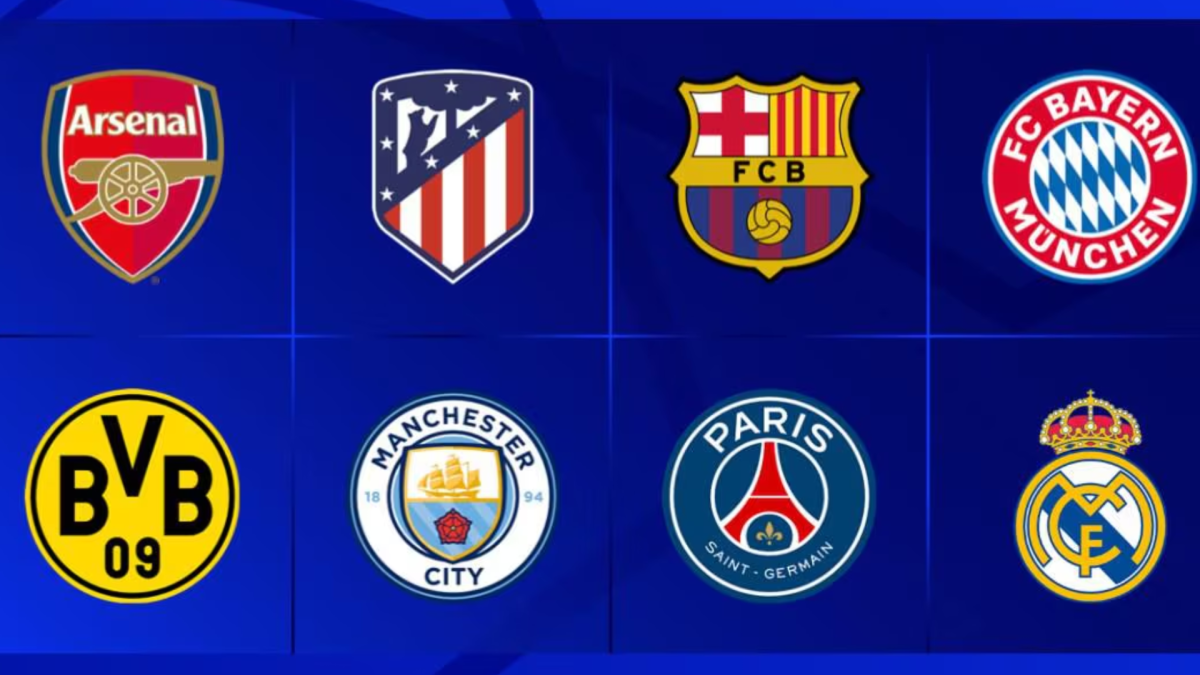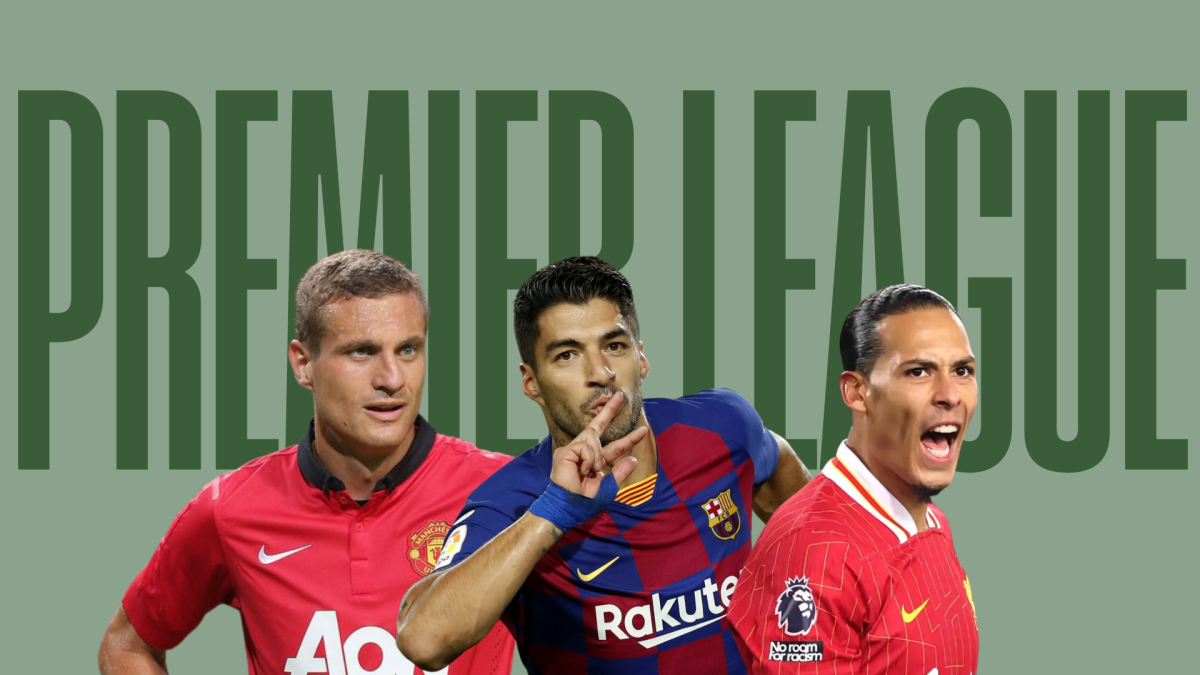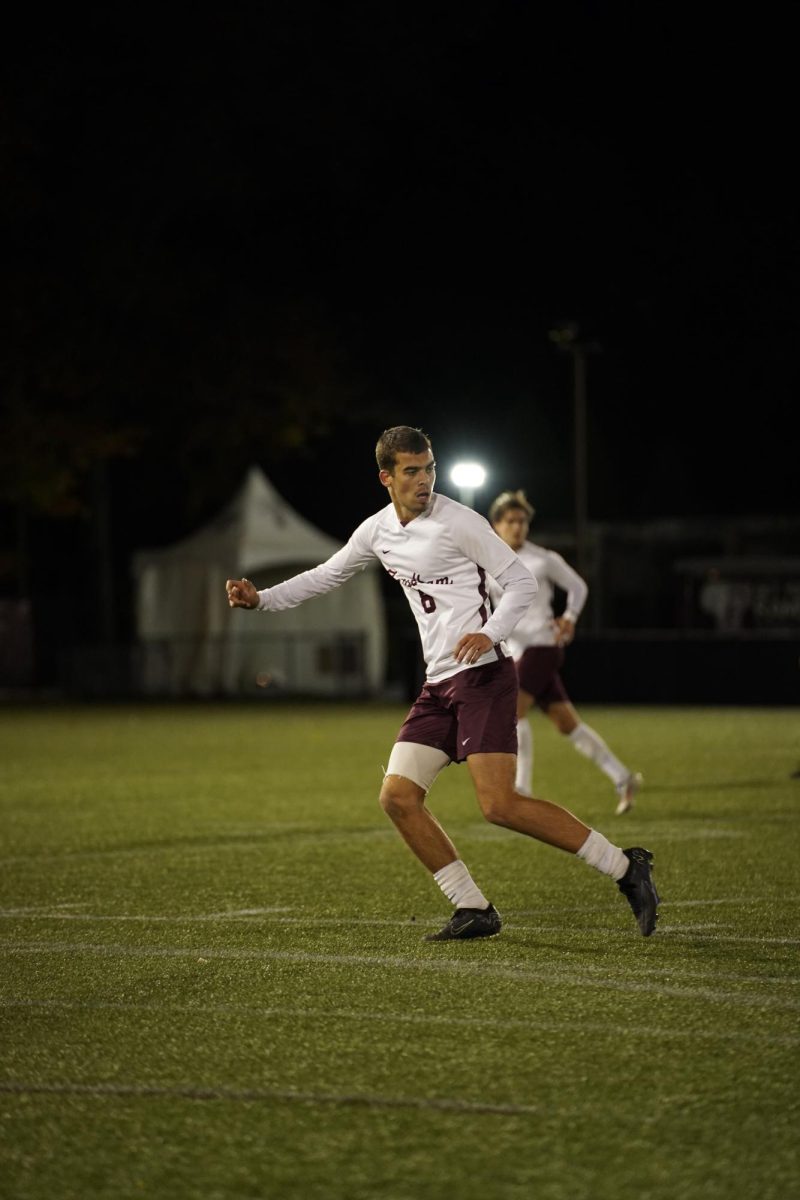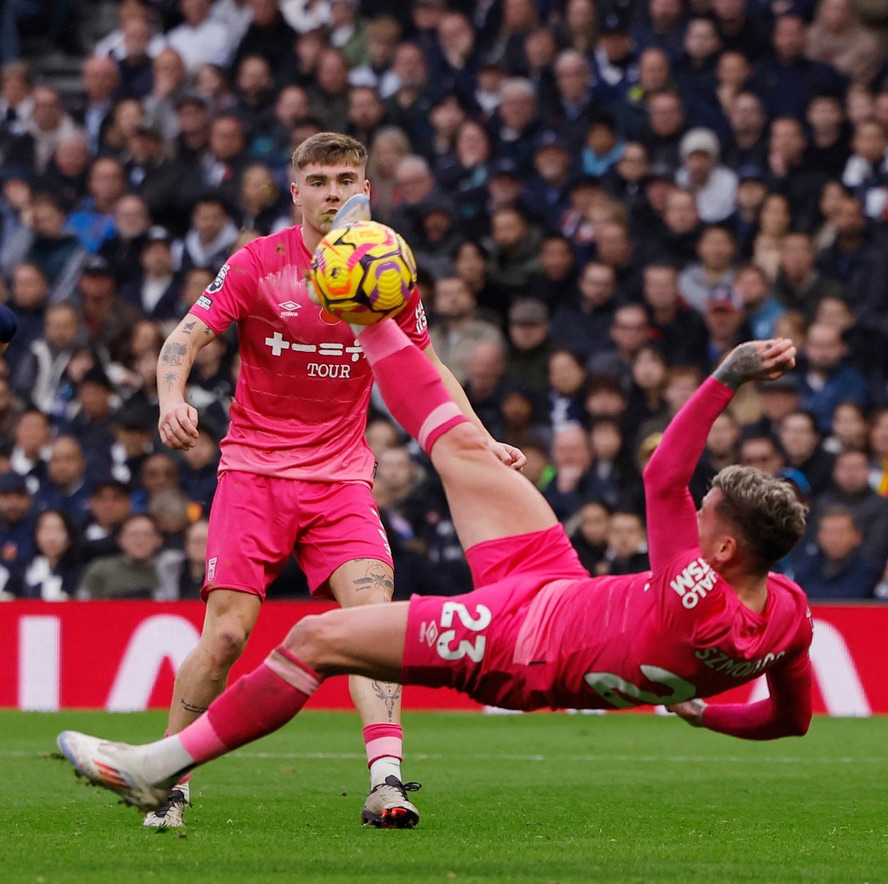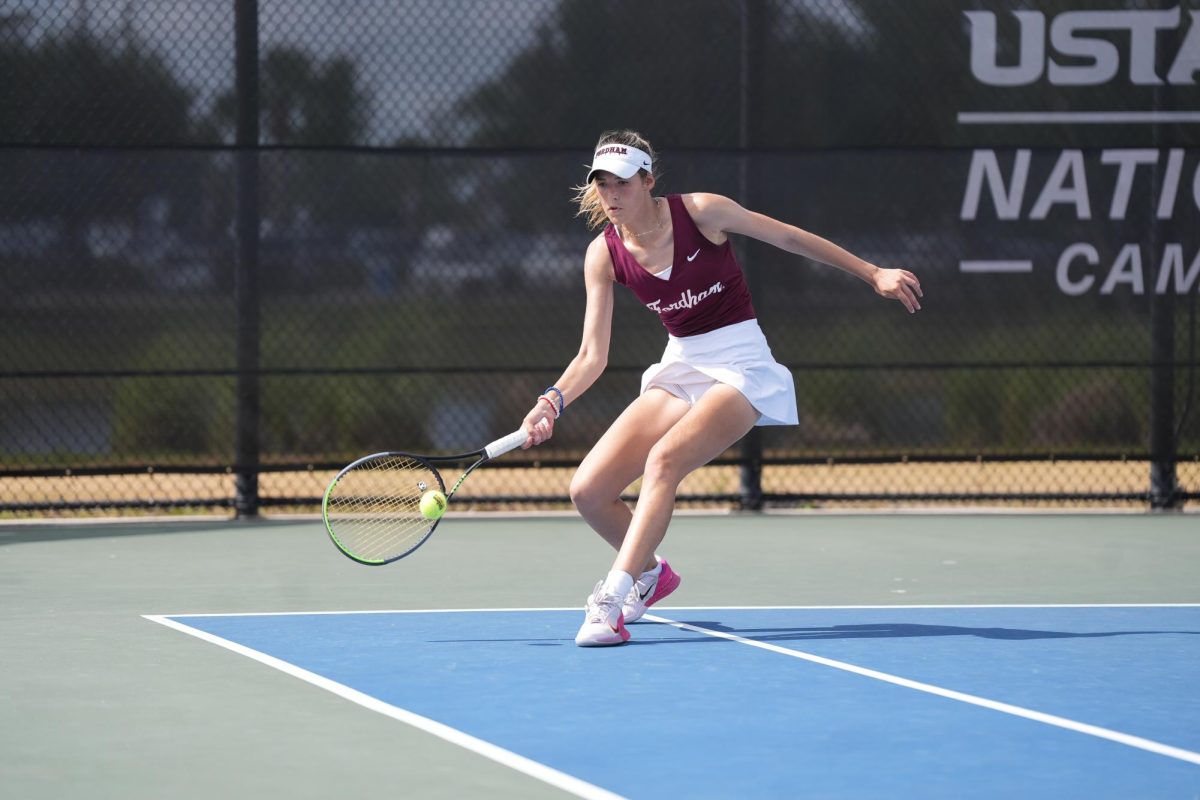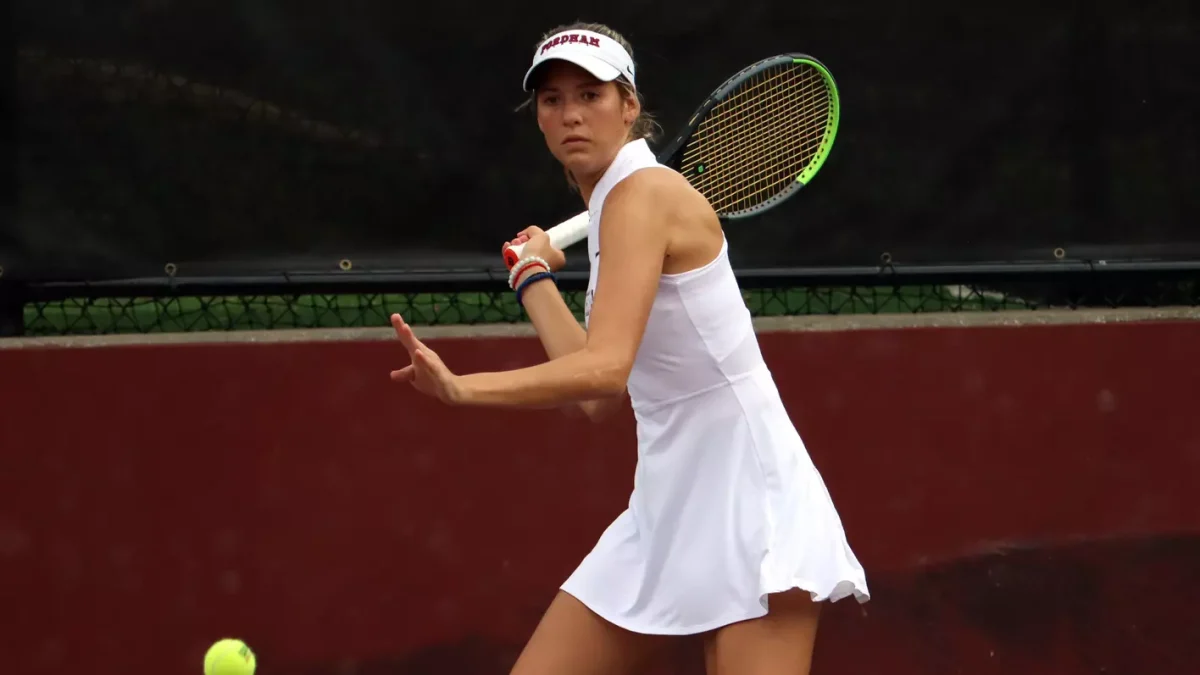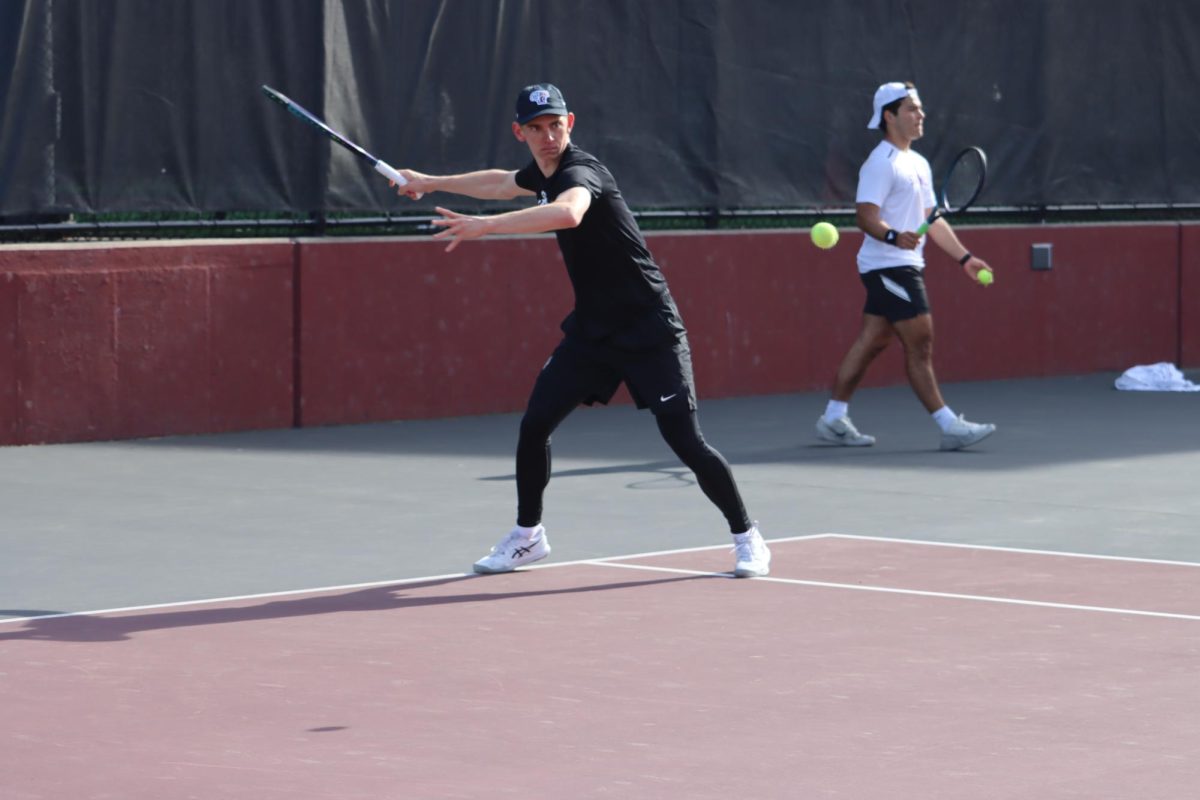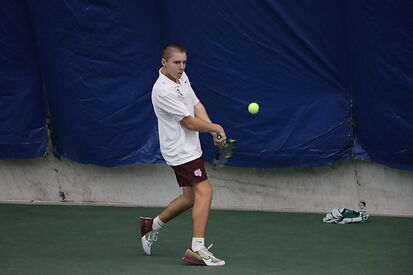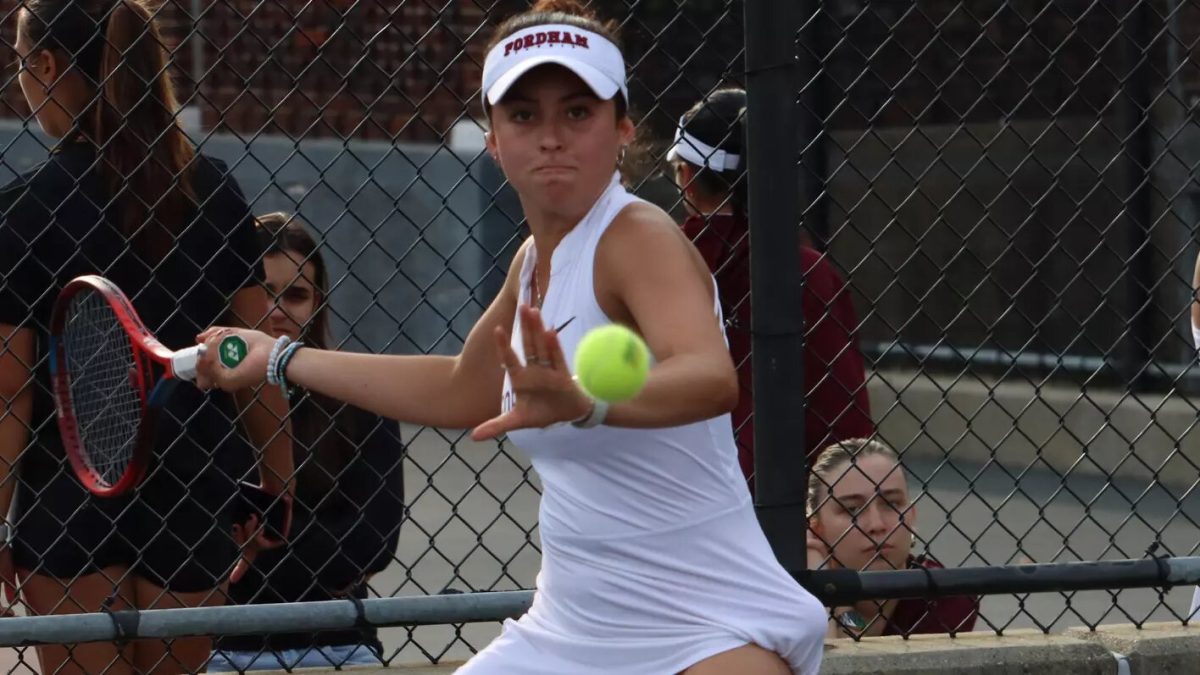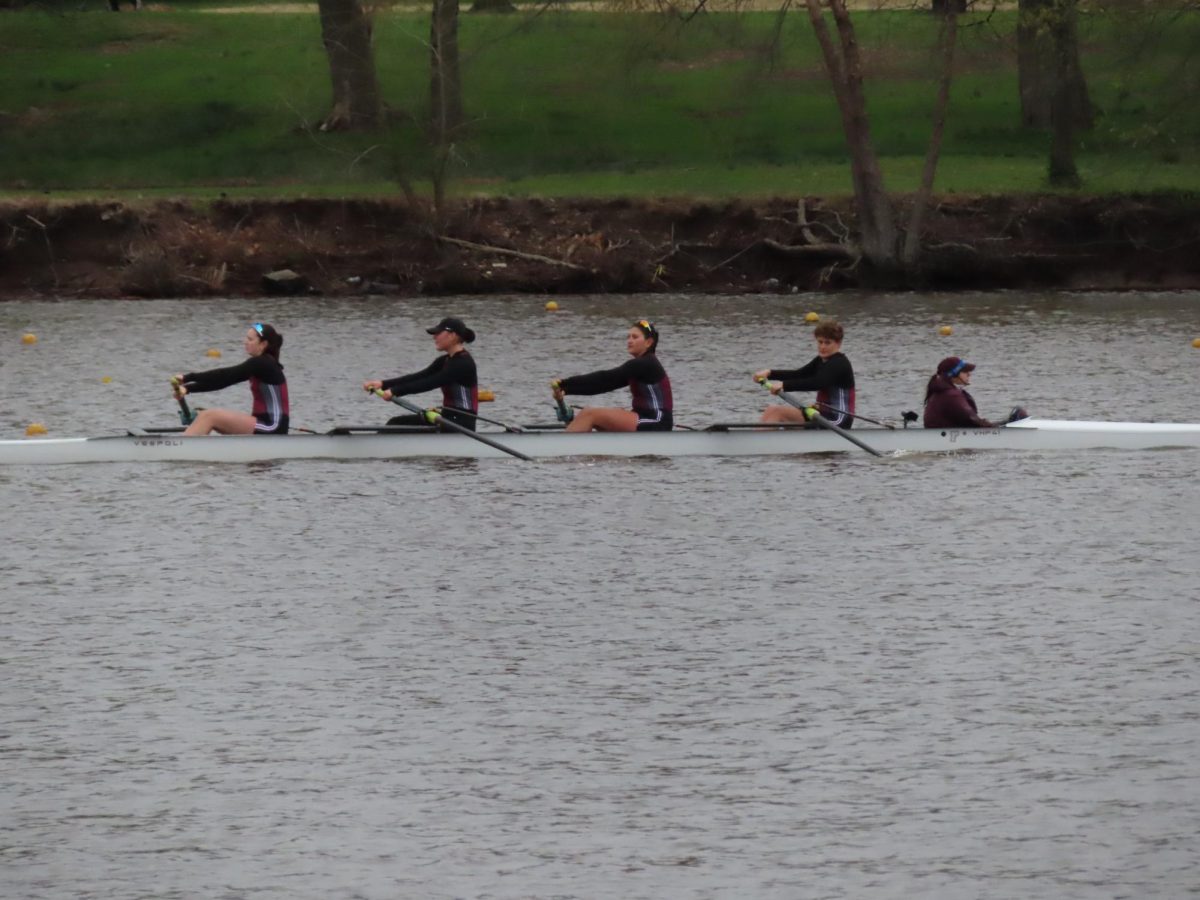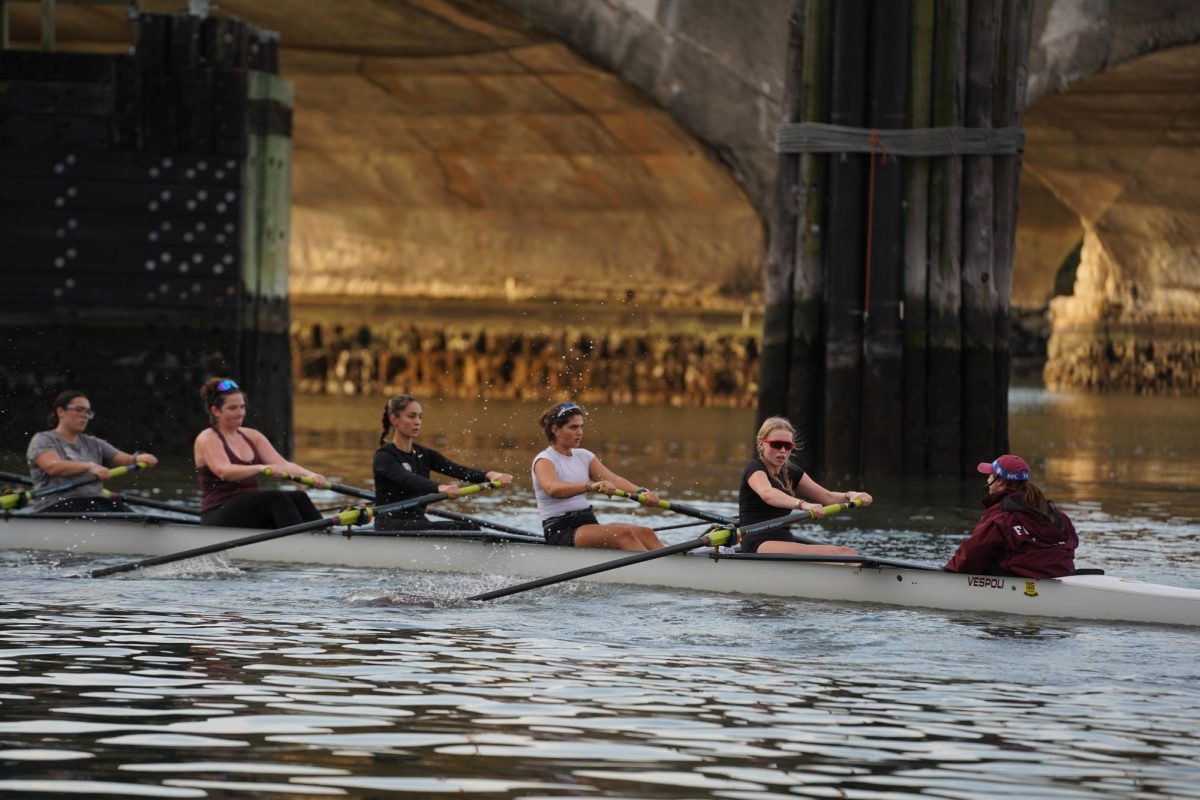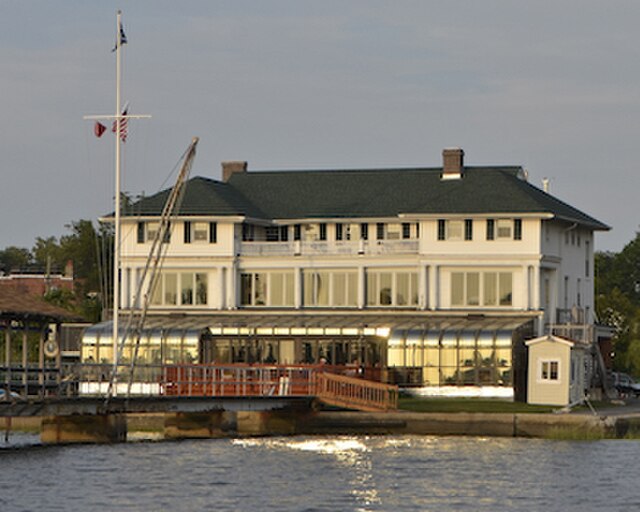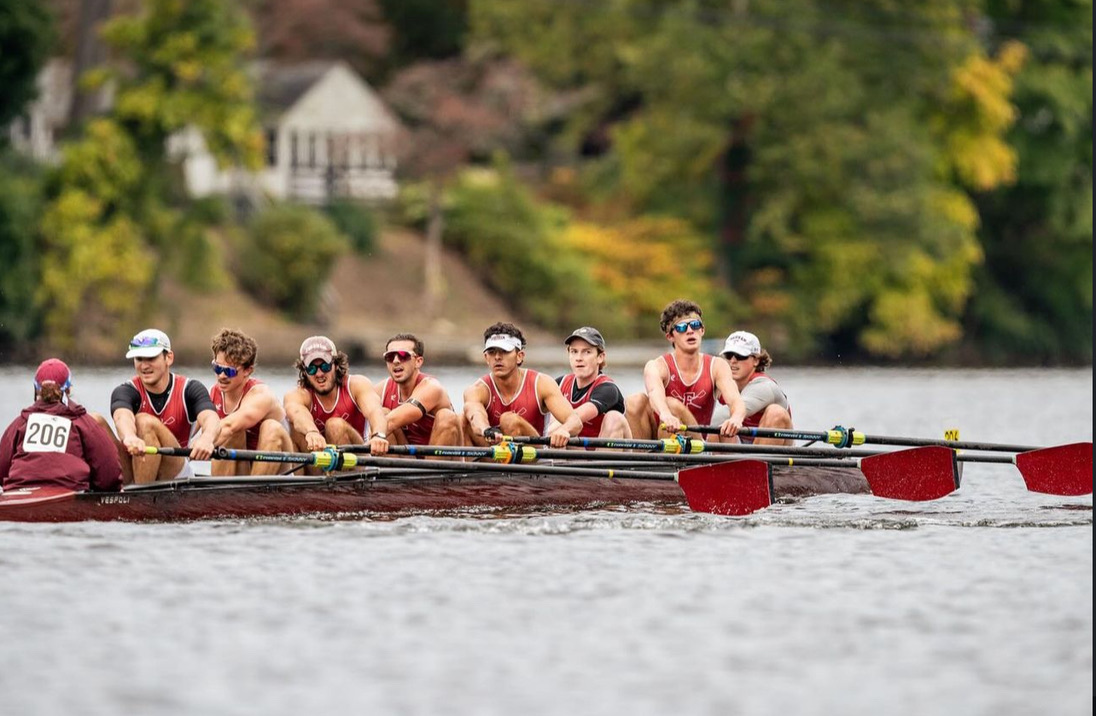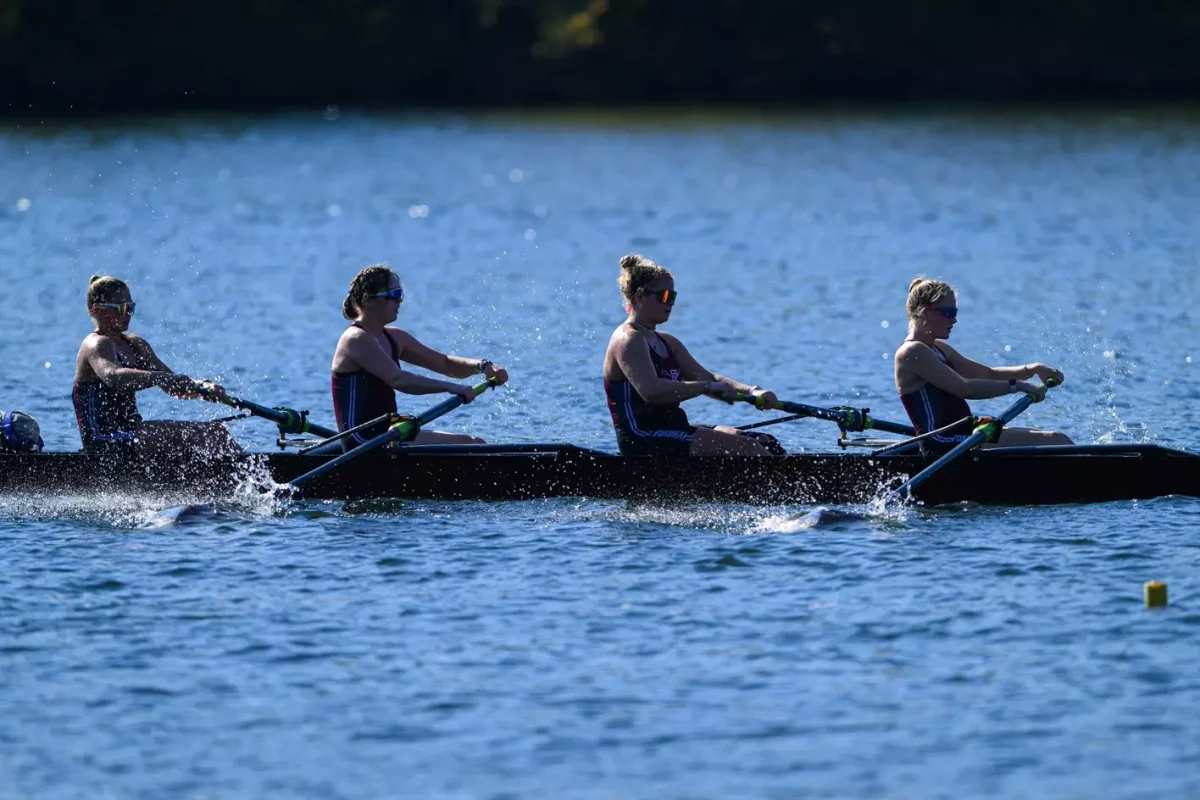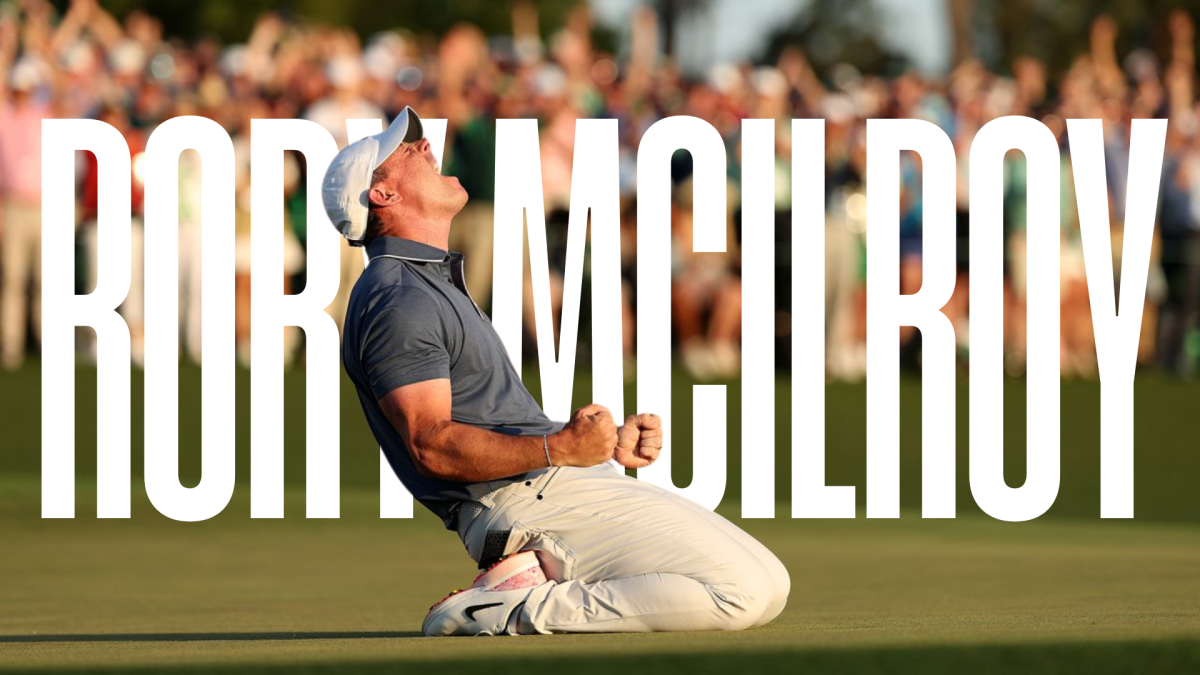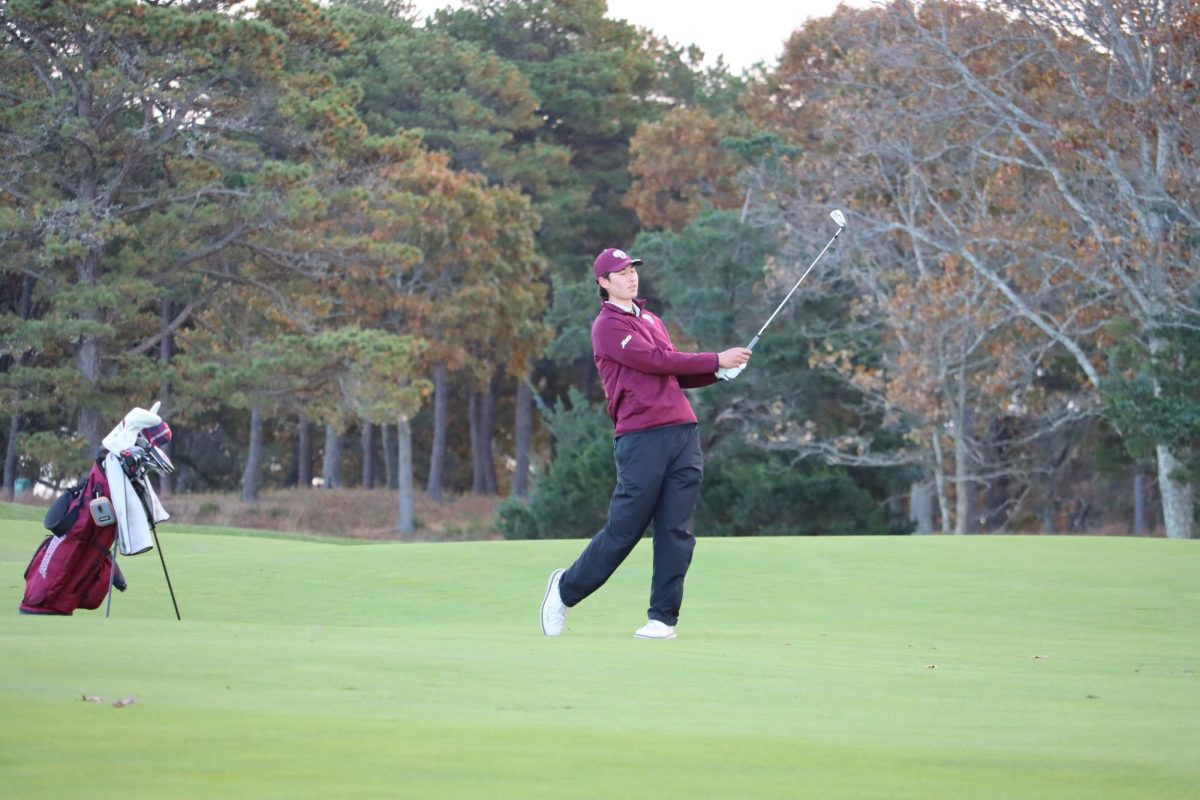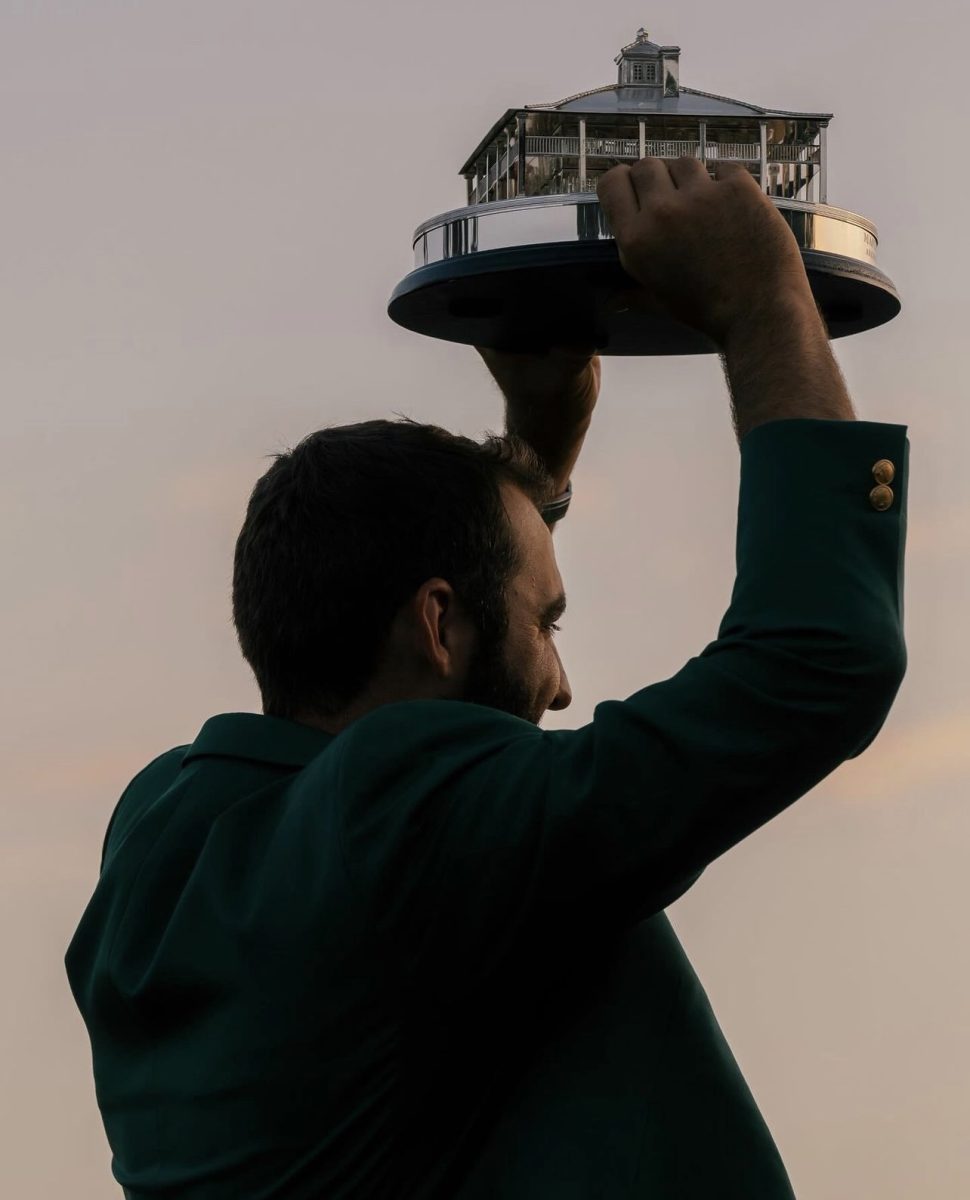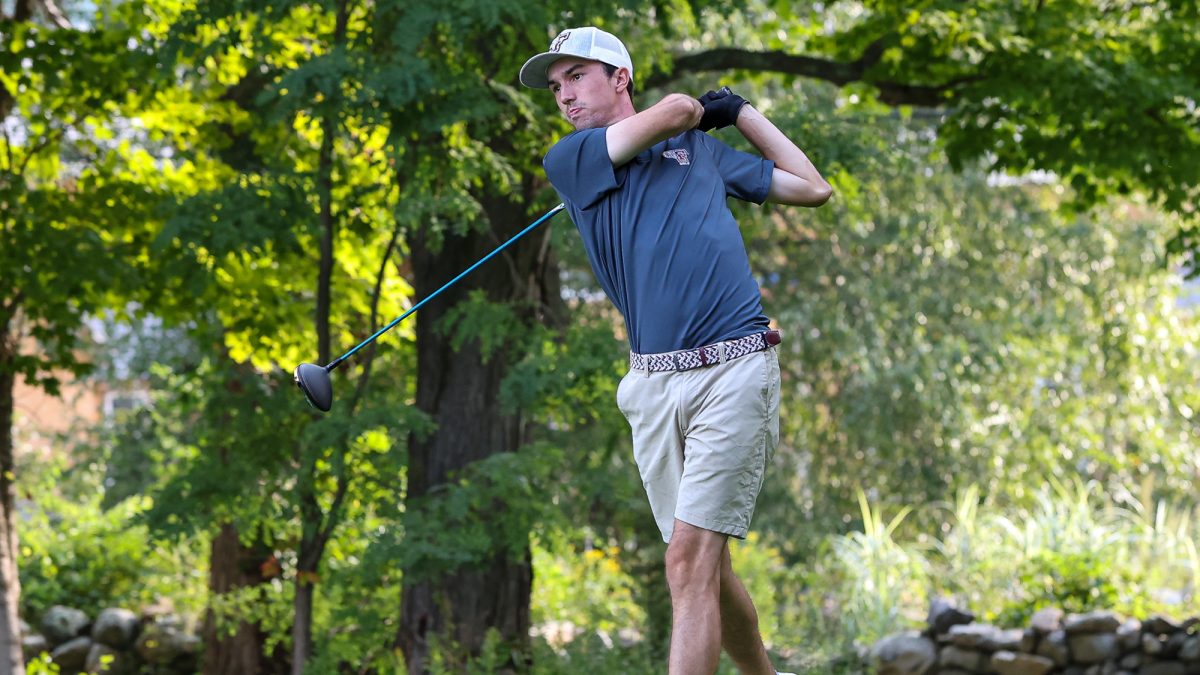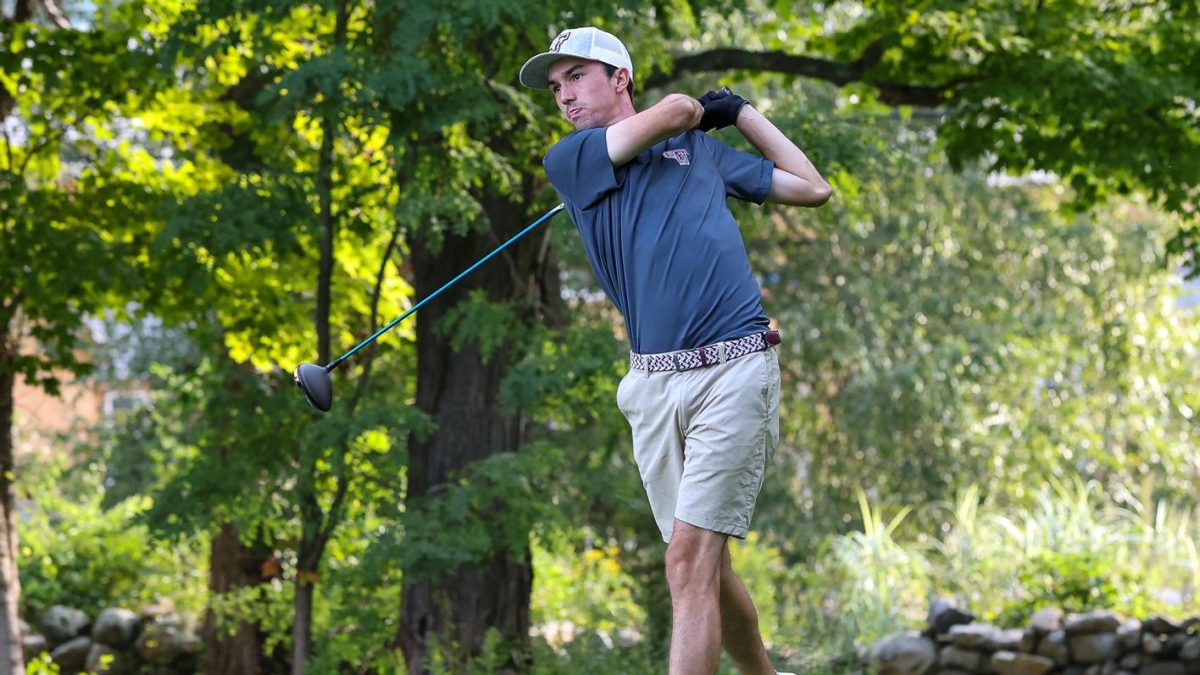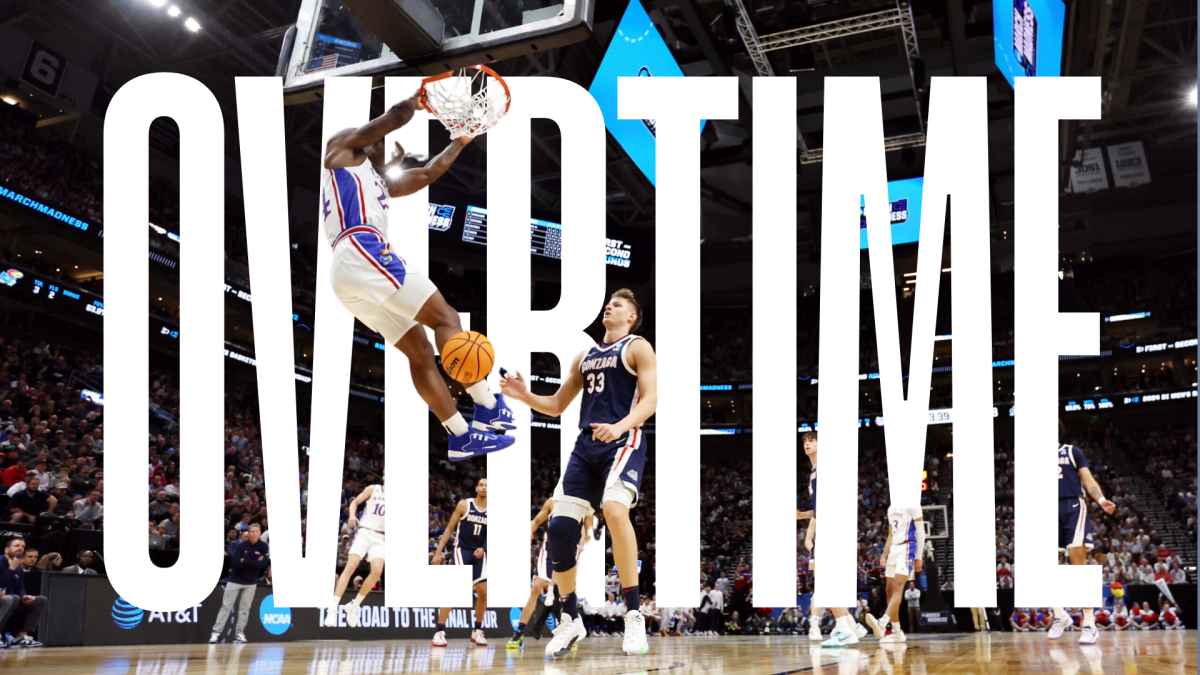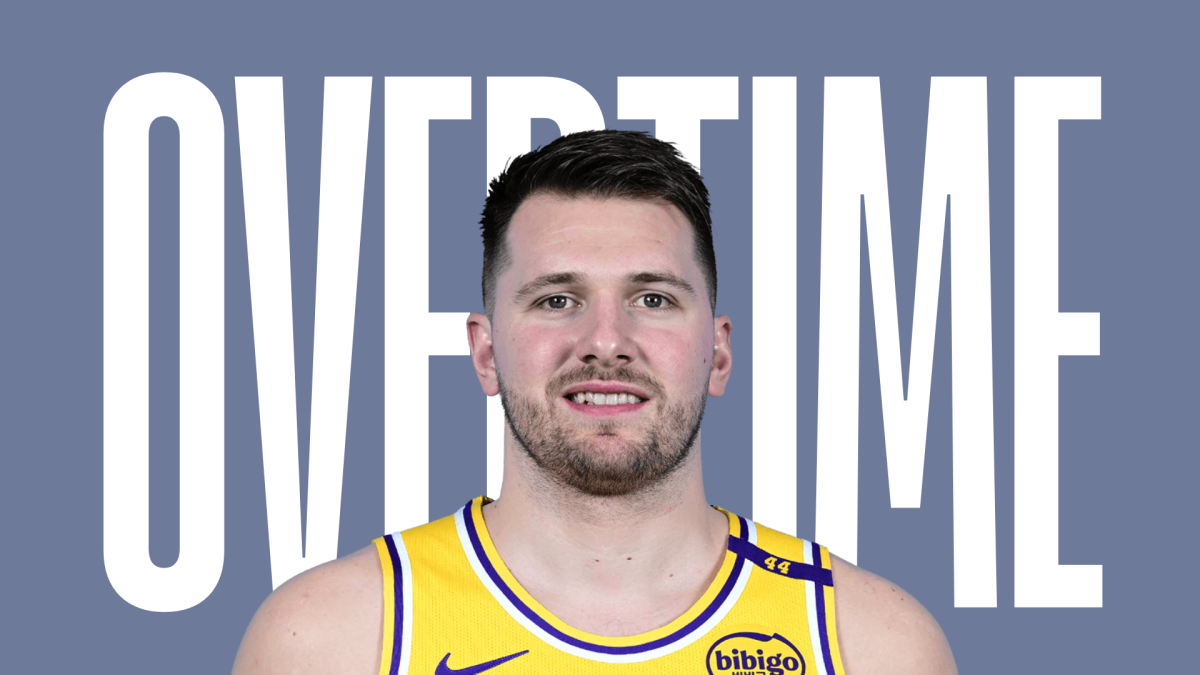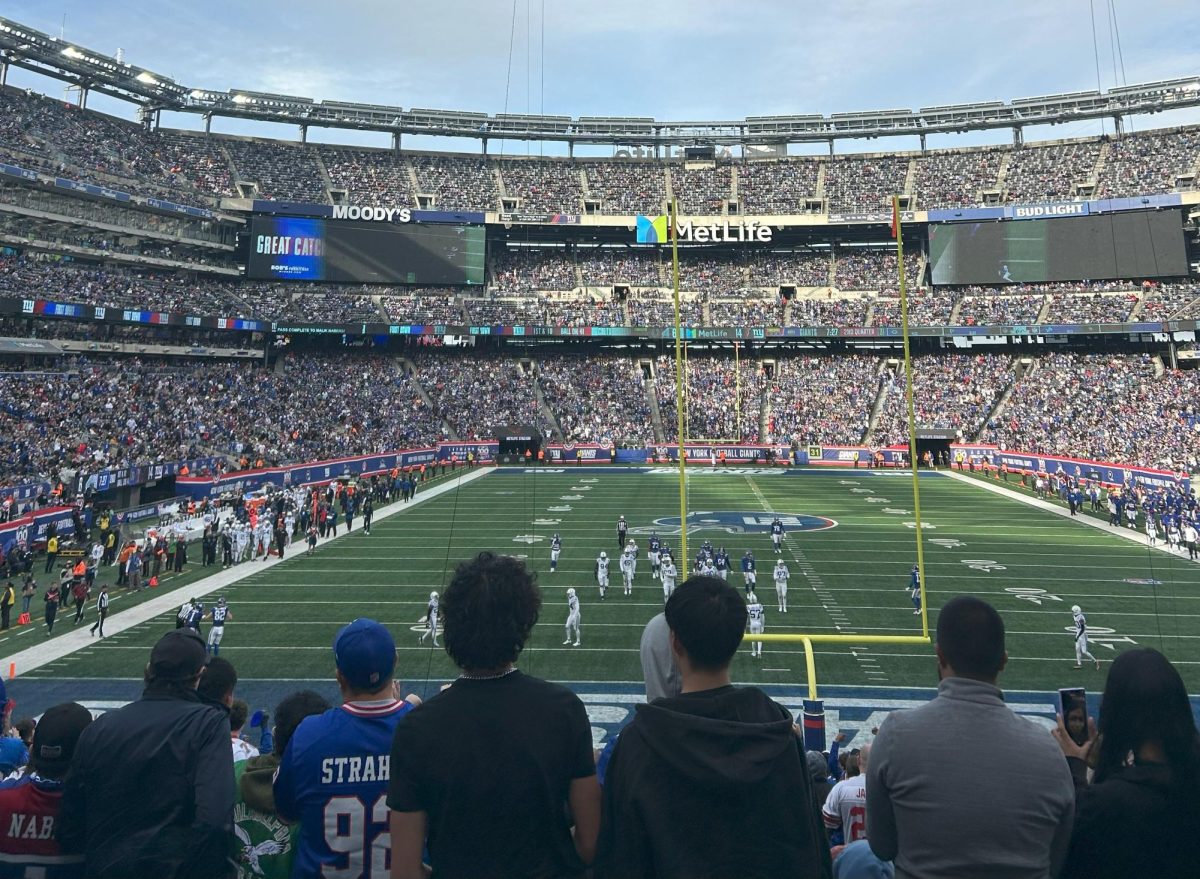By EDDIE MIKUS
STAFF WRITER

Aspiring journalists have at their disposal several different ways to enter the industry, whether through print media, broadcast television or radio.
Fordham’s media entities have largely operated independently of each other in recent years, something that is changing with the establishment of a new club called The Public Media Student Journalist Association. Club members consist of students involved with The Fordham Ram, Lincoln Center’s newspaper The Observer, Fordham University’s radio station WFUV and students from the television show Fordham Nightly News (FNN).
WFUV News and Public Affairs Director George Bodarky, who has been instrumental in creating the new club, spoke from personal experience of the benefits a journalism-dedicated club could provide.
“When I was in school here many moons ago, the Society of Professional Journalists had a chapter here,” Bodarky, FCRH ’93, said. “I know that I gained a lot when that club was in place to meet other journalists and to learn a lot more about the profession.”
Bodarky said that a major emphasis in the new club would be the opportunity for student journalists in various media outlets to network with each other. He said this was crucial because of the fact that the field of journalism is moving in a direction that would require knowledge of different forms of media.
“There’s a lot of transferrable skills from one medium to the other,” Bodarky said. “Really now, we’re seeing this big convergence of media. Radio is no longer just radio. Radio is also doing video, so the people here at WFUV can learn from the folks at FNN. Radio is also doing web-based stories, which falls back on really understanding print-style journalism. So the folks here can learn from the folks at The Ram or The Observer, or vice versa. Print is not just print. They’re doing podcasts and online slideshows, narrated slideshows. So they can learn from the folks in radio or television.”
Connor Ryan, FCRH ’15, editor-in-chief of The Fordham Ram and a reporter at WFUV, echoed this sentiment in an email, and also explained how the club could assist journalistic development.
“Whether you want to be a television news anchor, a print reporter, a photographer, a videographer or a blogger, the future of journalism will require you to have all of those skills, as well as a certain level of flexibility,” Ryan said. “The fundamentals of solid reporting and good journalism remain identical across all platforms. It’s those fundamentals that the club will engage, and by doing so hopefully strive toward promoting the development of well-rounded journalists.”
Kristopher Venezia, FCRH ’15, a reporter for The Fordham Ram and WFUV, explained that one effect of students networking in the university’s journalistic community would be the increased opportunity for the different media outlets to share stories with one another.
“Stories that people do for WFUV can be used to FNN,” Venezia said. “Stories that FNN does can also be transported to The Ram. It would be a better way and a better network to get stories together. There would be more people out there in the field finding stories and working together on them.”
The club will also allow its members to network with professional journalists, whom it intends to invite as speakers to Fordham.
“Speakers are a big thing that we want to bring into this club, because we want students to be able to network with organizations outside of the club because, of course, that is a big thing in terms of getting jobs in the journalism world,” Venezia said.
Venezia also said that any lectures run by the club would be open to students all throughout the university, instead of only to journalism students.
“WFUV, FNN, The Ram [and] The Observer have all brought in speakers,” said Venezia. “Bob Costas [a popular reporter for NBC Sports] came last here last year. Mike Breen, FCRH ‘83, who’s a popular sports figure, Charles Osgood, who’s a popular news figure, have all come to this school, but it’s been marked for only WFUV students or FNN students. This would be a way to bring in these speakers and let the whole school come in and listen to speakers like this because it shouldn’t just be an opportunity for kids like that. I mean, listening to somebody like Bob Costas or Mike Breen speak would be interesting for someone who is maybe not a journalist, but just want to hear the thoughts behind those people.”
In addition, Venezia also said that another aim of the club would be to provide its members with the opportunity to attend journalism conferences.
“There’s conferences around the nation that we could attend,” Venezia said. “There’s a conference coming up in October that Fordham is actually running and that we are helping to run using the Associated Press. It will be a daylong conference at the Lincoln Center campus, and we’re just hoping it will provide students with tools in terms of scholarship needs and in terms of students going to conferences around the nation. Those types of opportunities — we want to open it up for journalists.”
Bodarky said that the club could be used as a vehicle to bridge the gap between Fordham students at the Rose Hill and Lincoln Center campuses.
“I think a journalism club could help bridge the gap between Lincoln Center and the Rose Hill campus, because you have many students who might not be aware of the opportunities here at Rose Hill and you might have students at Rose Hill who might not be aware of opportunities at Lincoln Center,” Bodarky said.
Venezia further stated how the club could facilitate communication between the two campuses.
“One of the goals of this club is to get Lincoln Center involved because they craft a lot of very good stories about Fordham that we at The Ram or WFUV or FNN don’t get access to just because we’re not aware of what is going on at the Lincoln Center campus,” Venezia said. “Vice versa, students that work at The Observer have said they don’t really understand what is going on at the Rose Hill campus, so they miss out at Fordham because they don’t have sight of what’s going on at the other campus.”
Bodarky said that the current media entities would remain separate when the new club comes into effect.
“The publications and the media outlets themselves remain distinct,” Bodarky said. “They’re just the journalists who are getting together to hang out with each other and learn.”
To further this point, Bodarky compared the new club to the New York Press Club, an organization whose membership consists of professional journalists who work in New York City.
“Here in New York, you have WCBS, WNBC, WABC, WFUV, and we’re all a part of the Press Club,” Bodarky said. “I’m a member of the Press Club, but all other members of the Press Club are from all other journalistic institutions. And every once in a while, the Press Club has a lecture series on a particular topic, and all of the journalists go.”
The club conducted its first meeting on Jan. 31 and aims to meet every three weeks. It is currently undergoing the process of receiving USG official approval.

